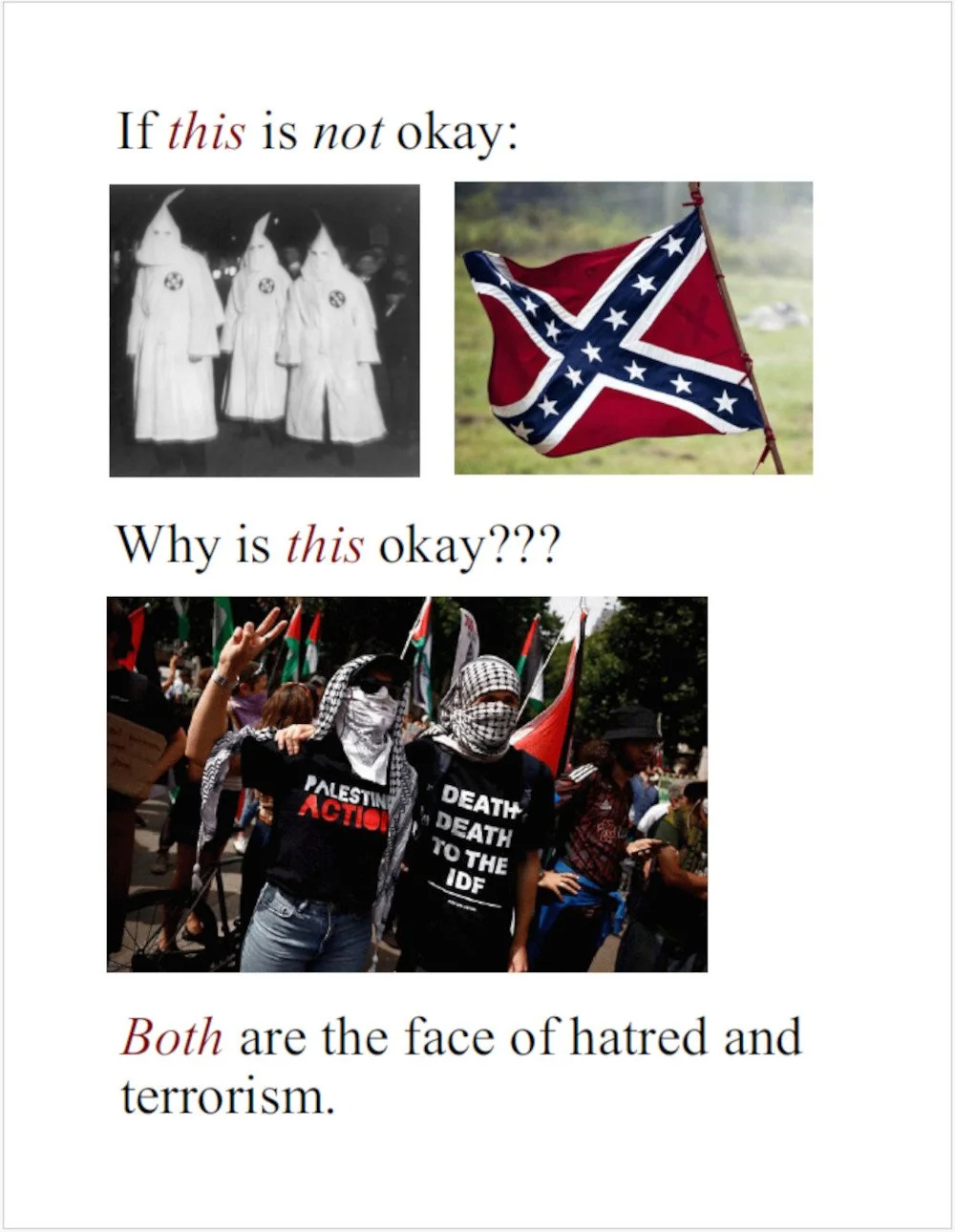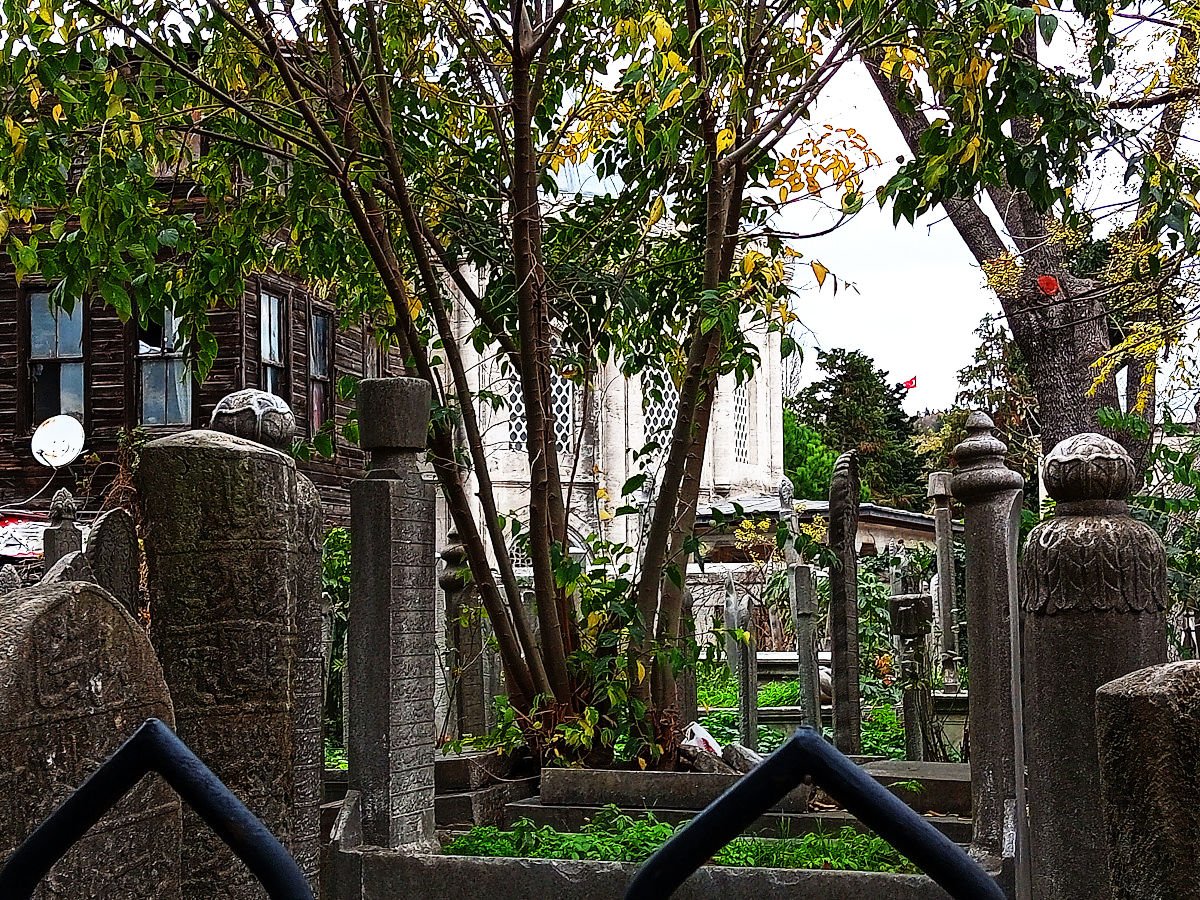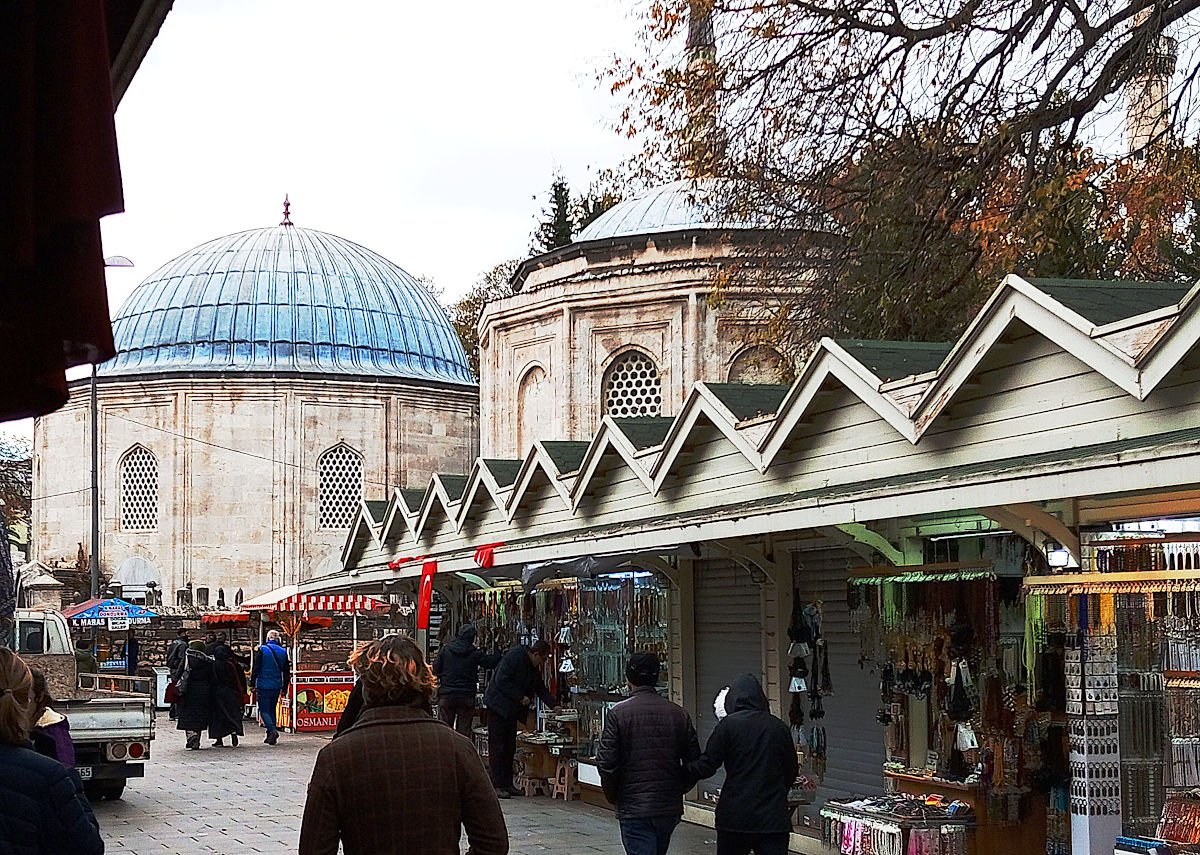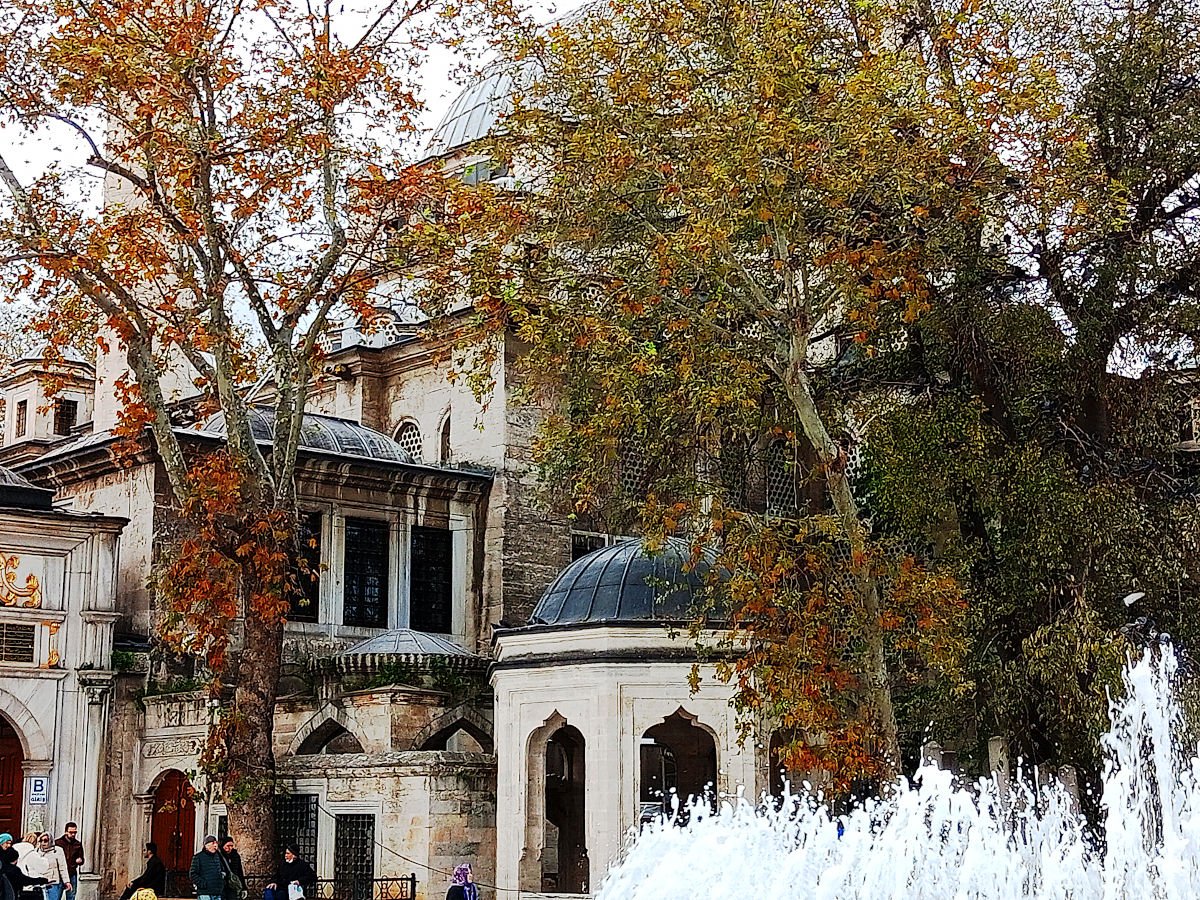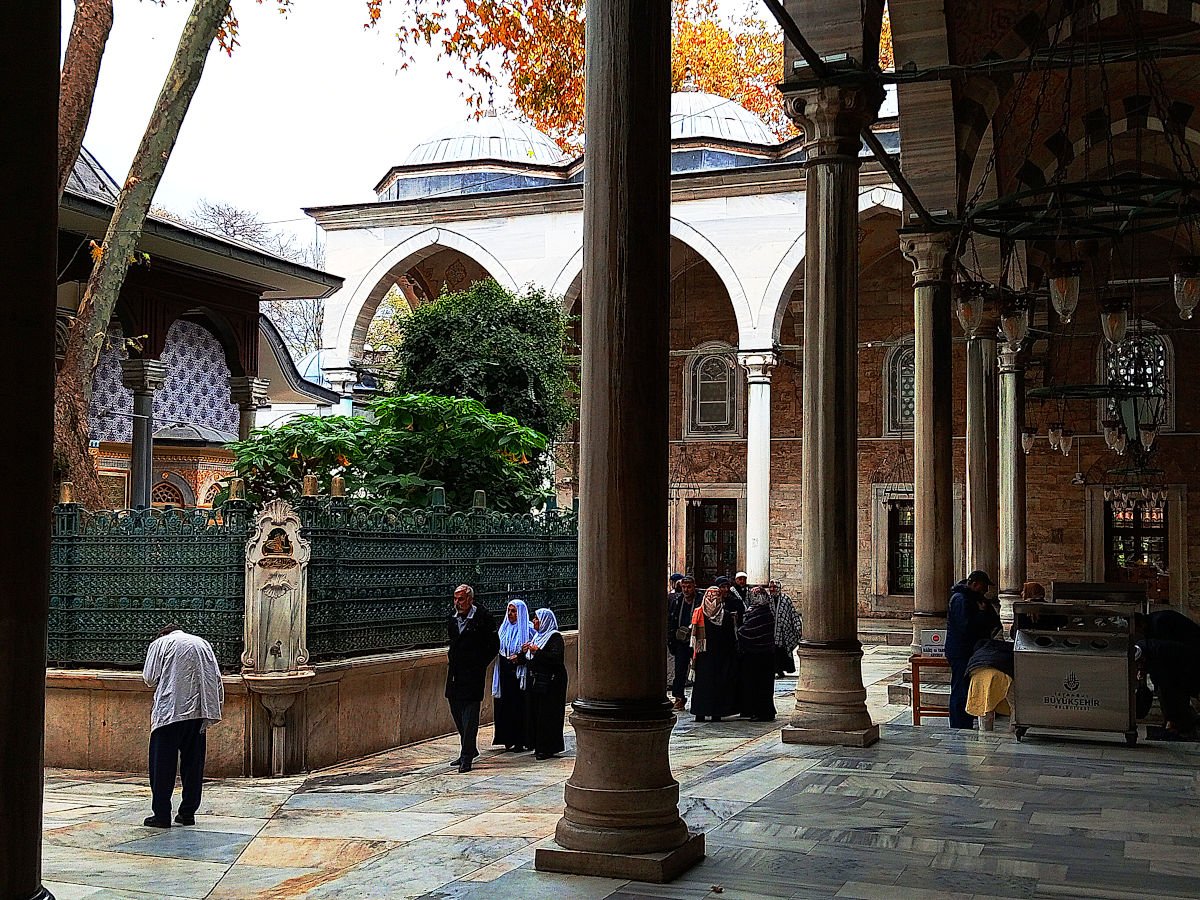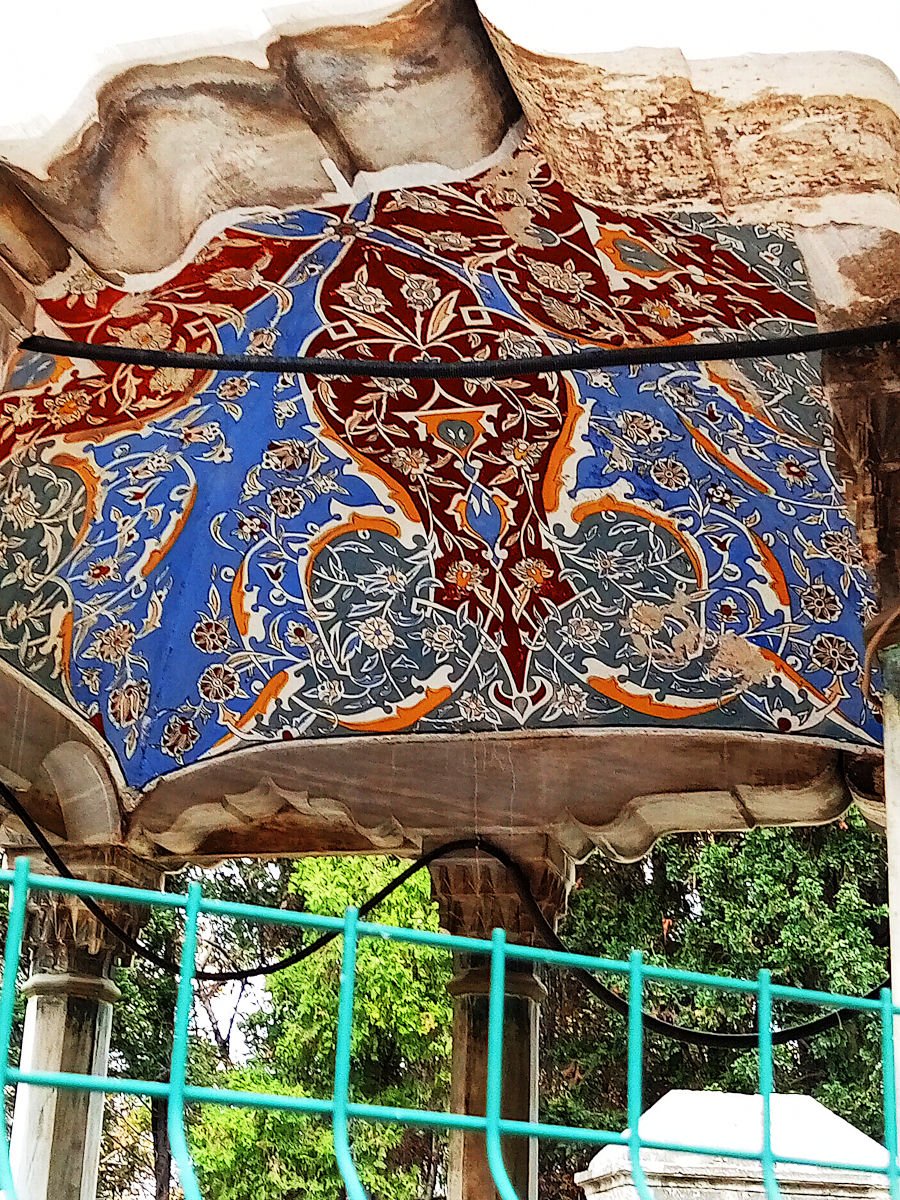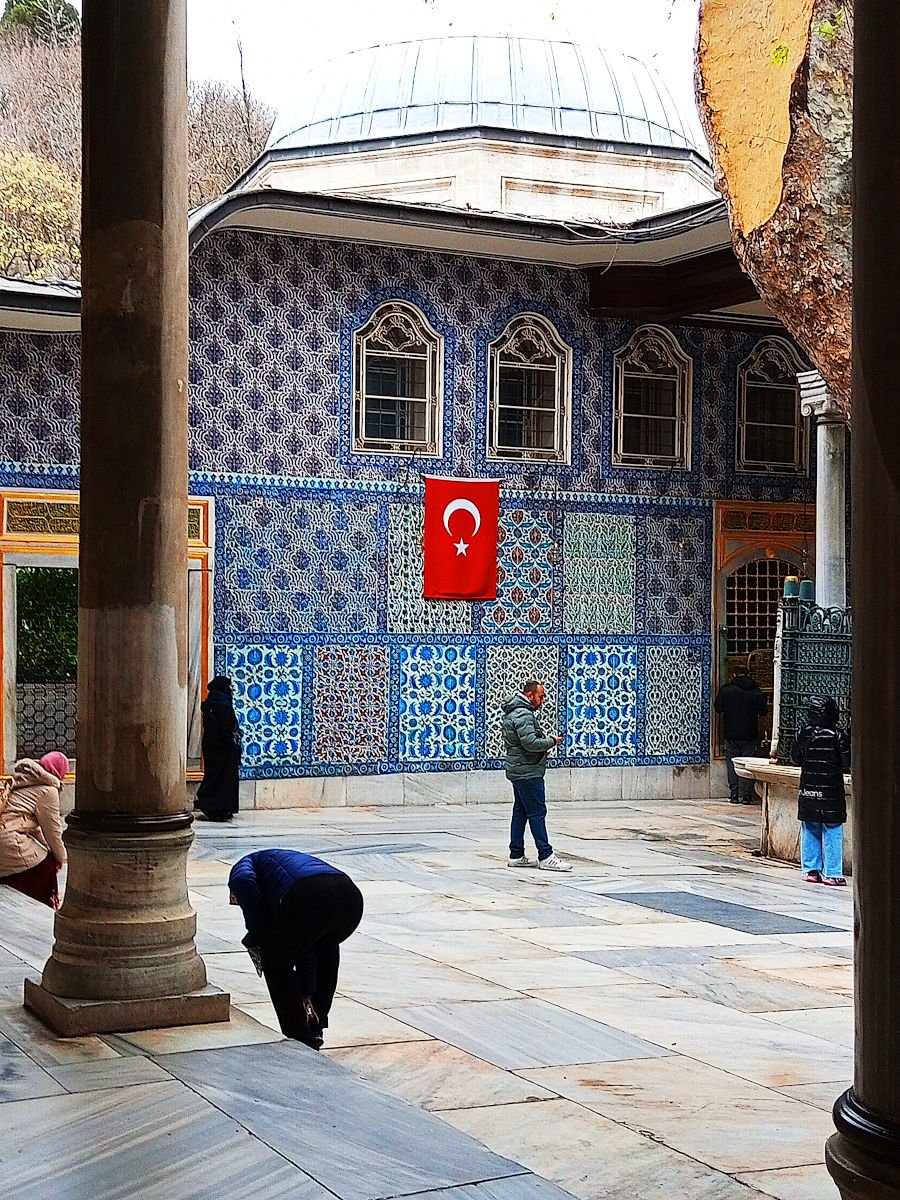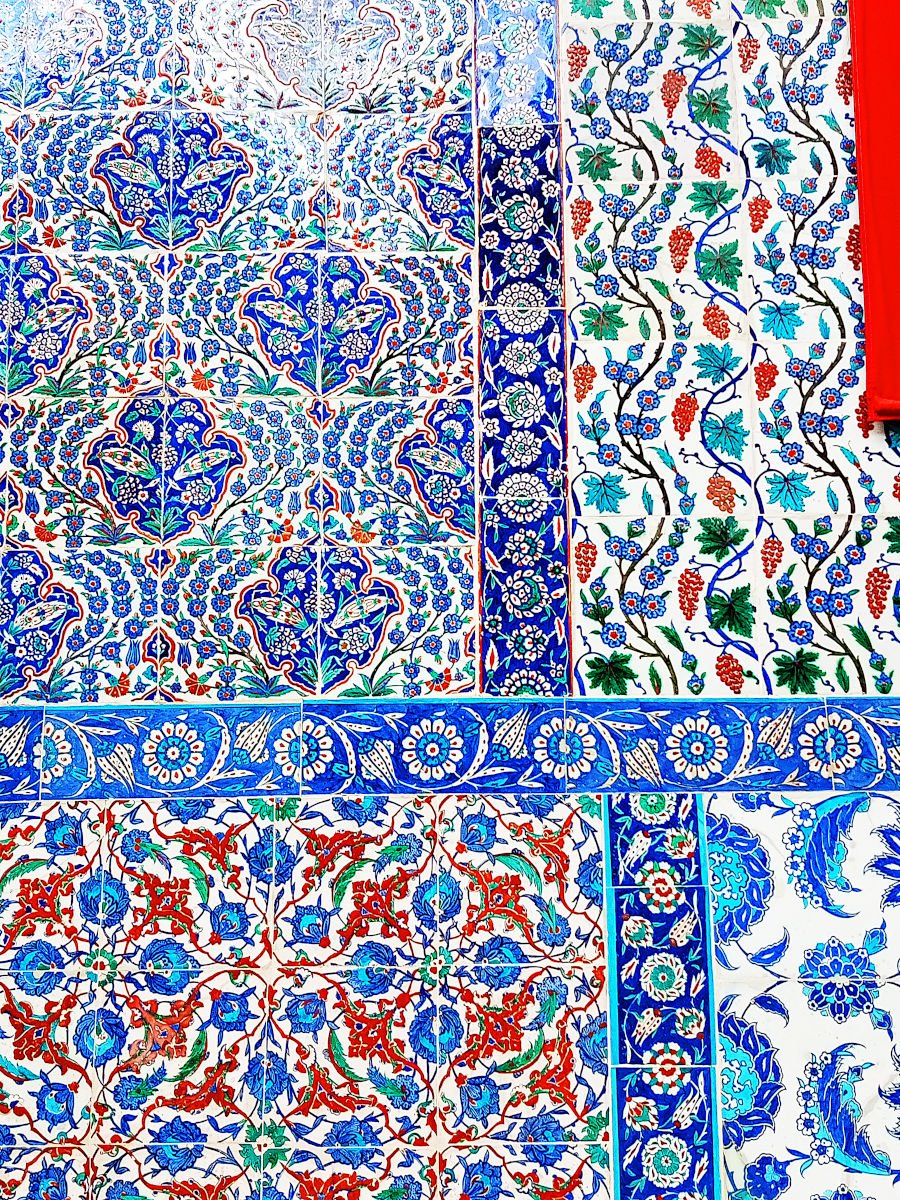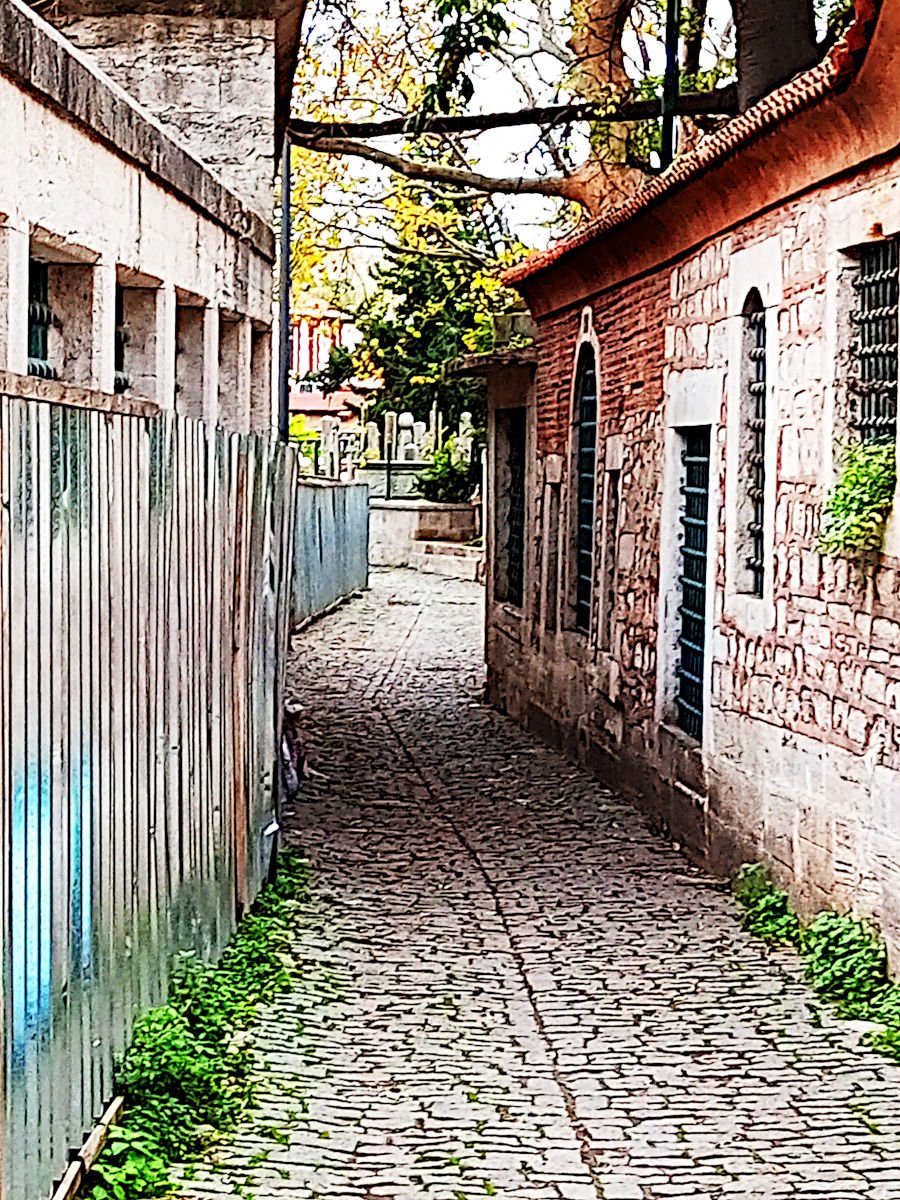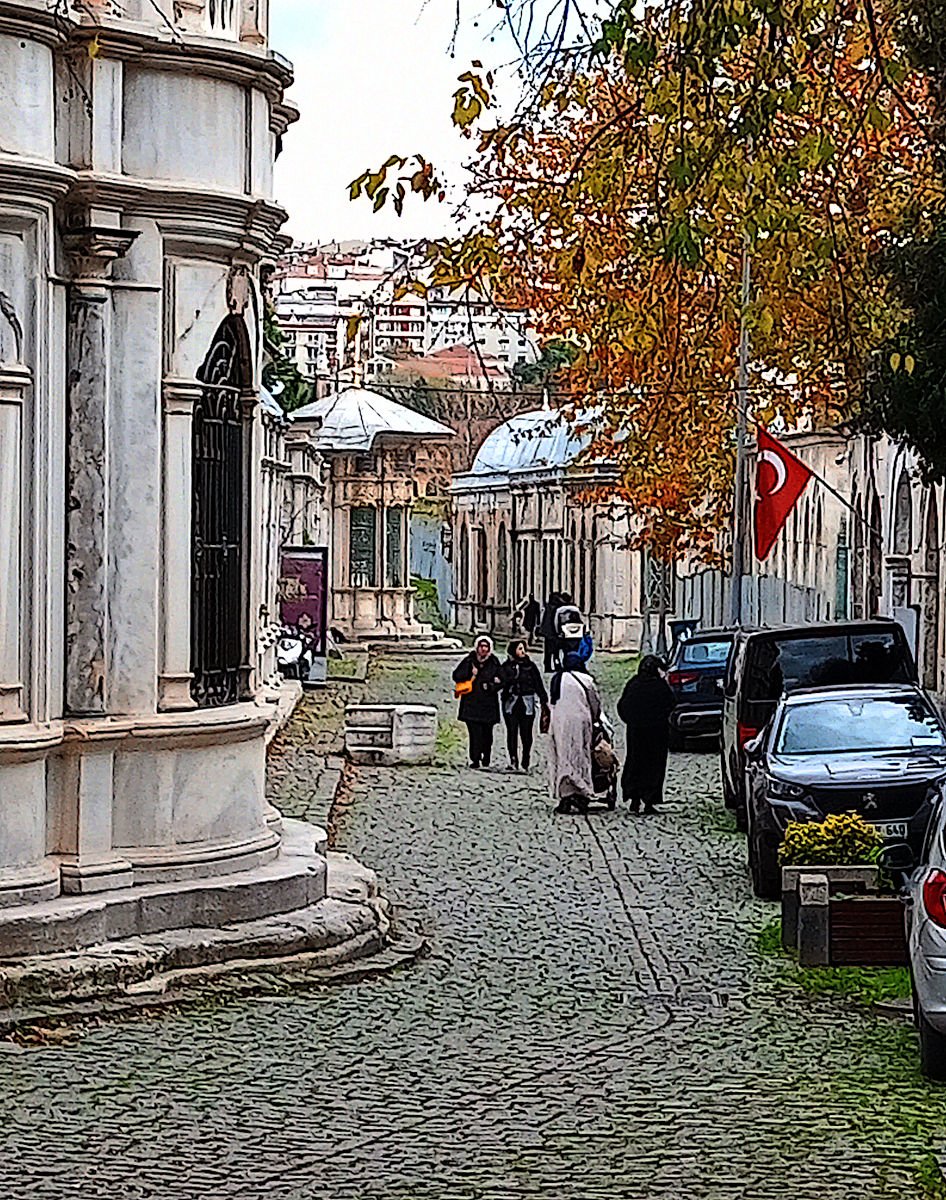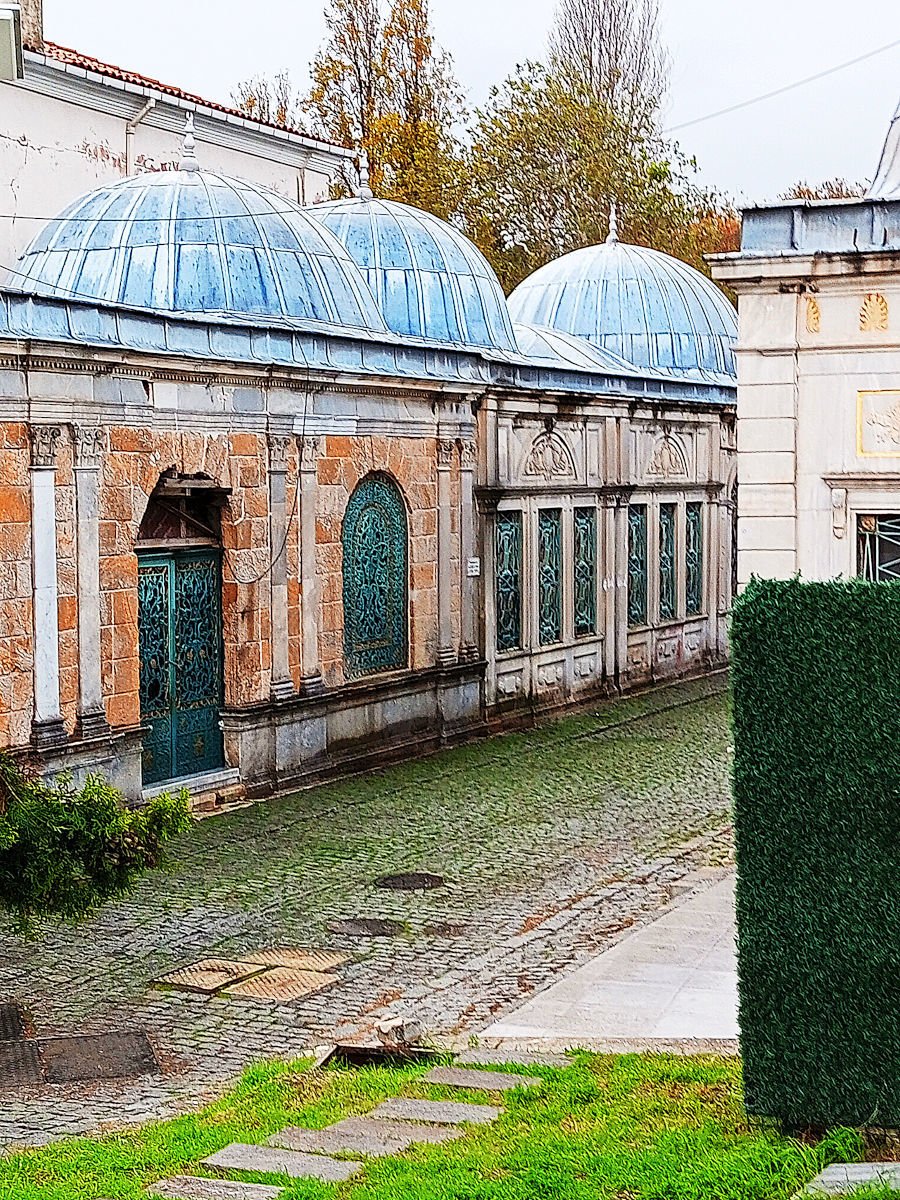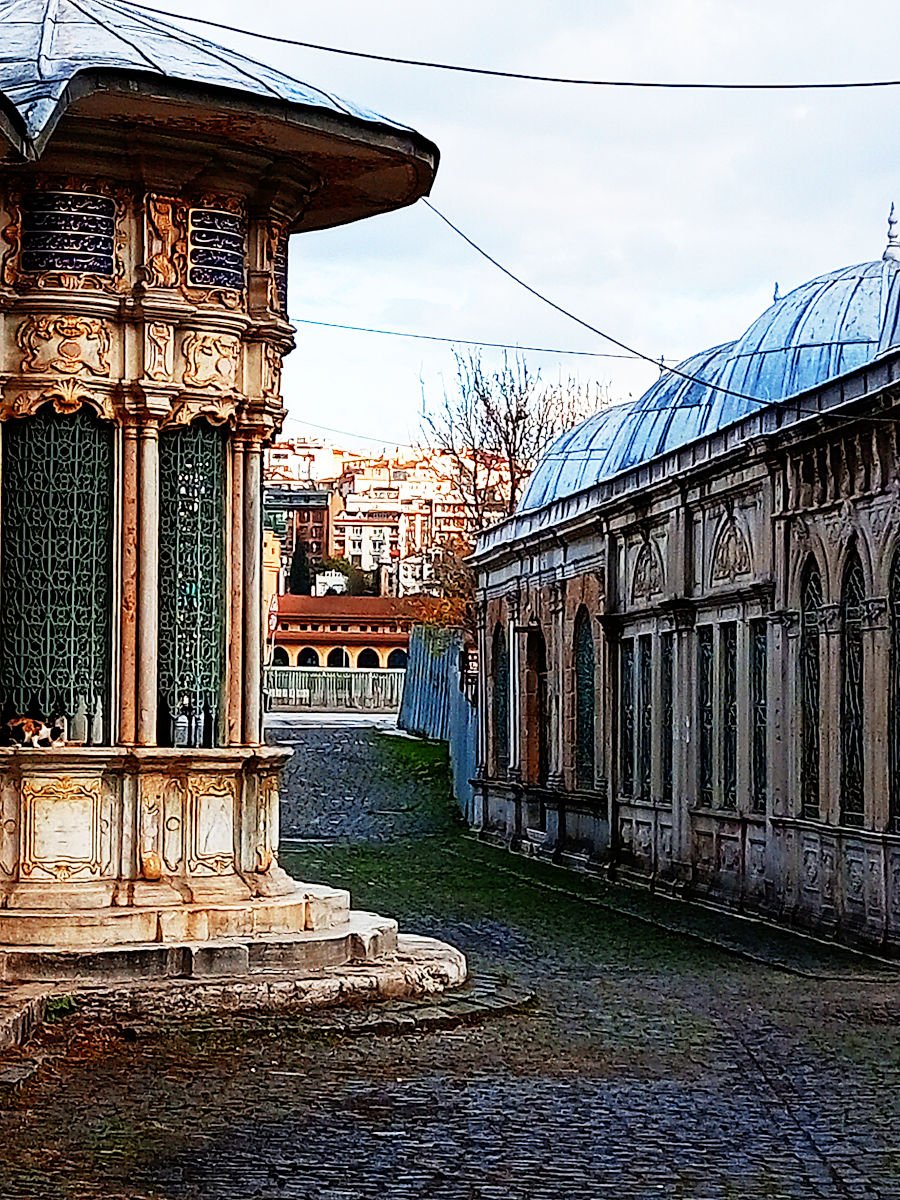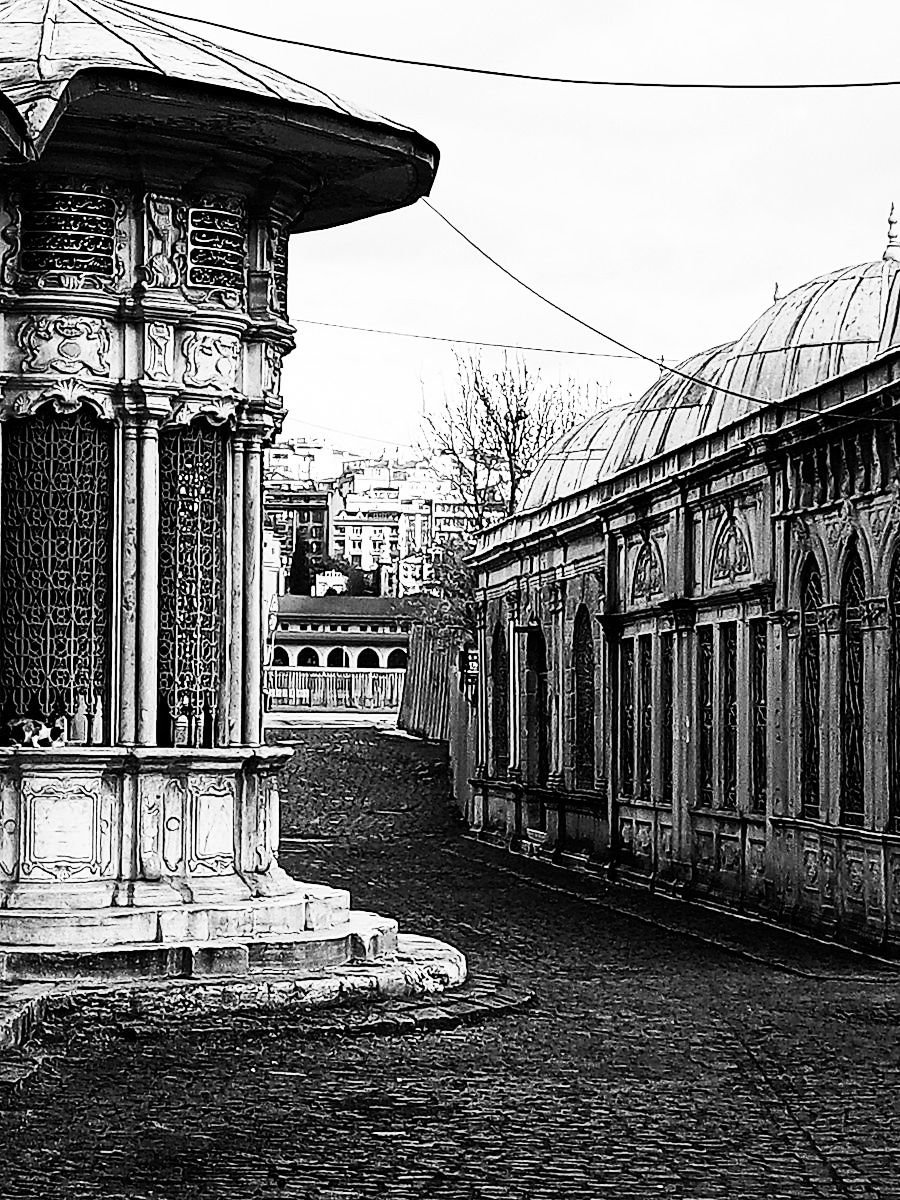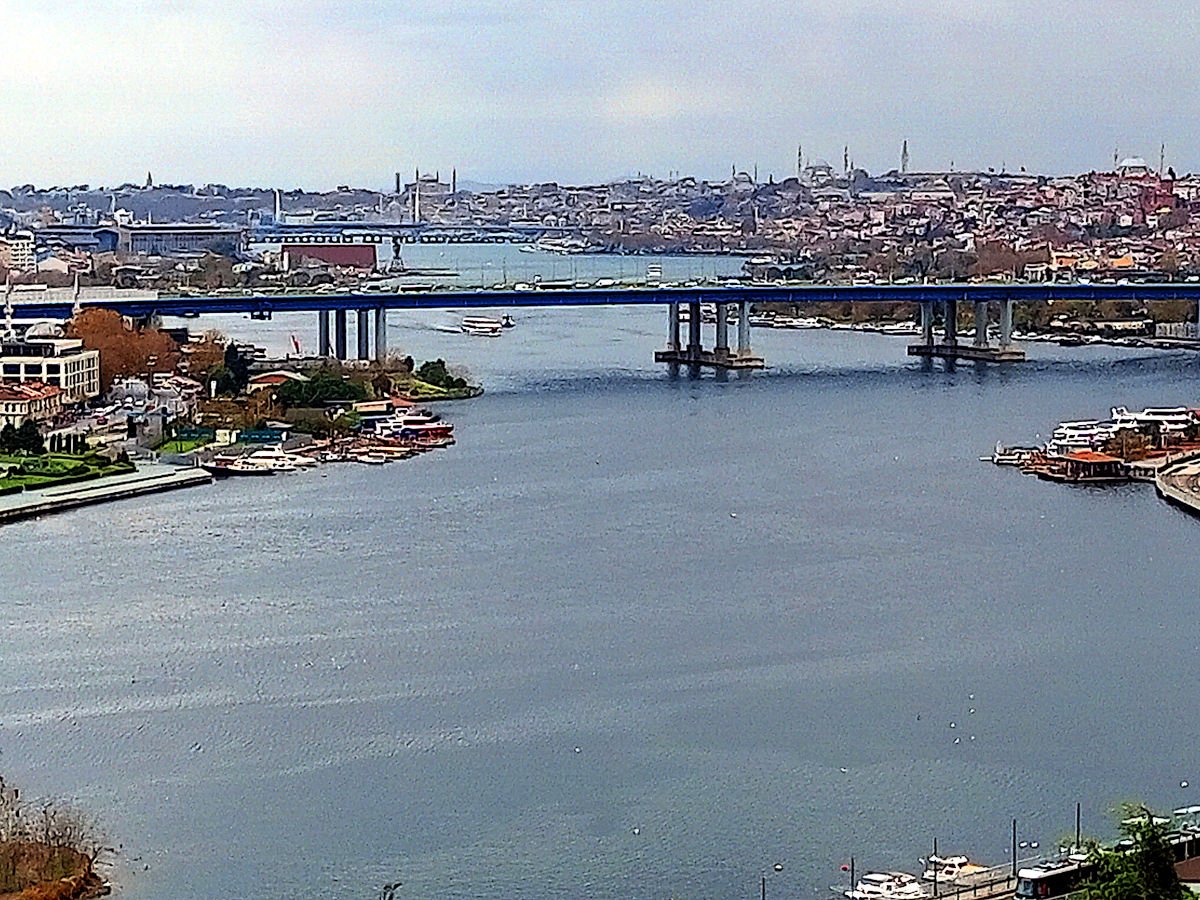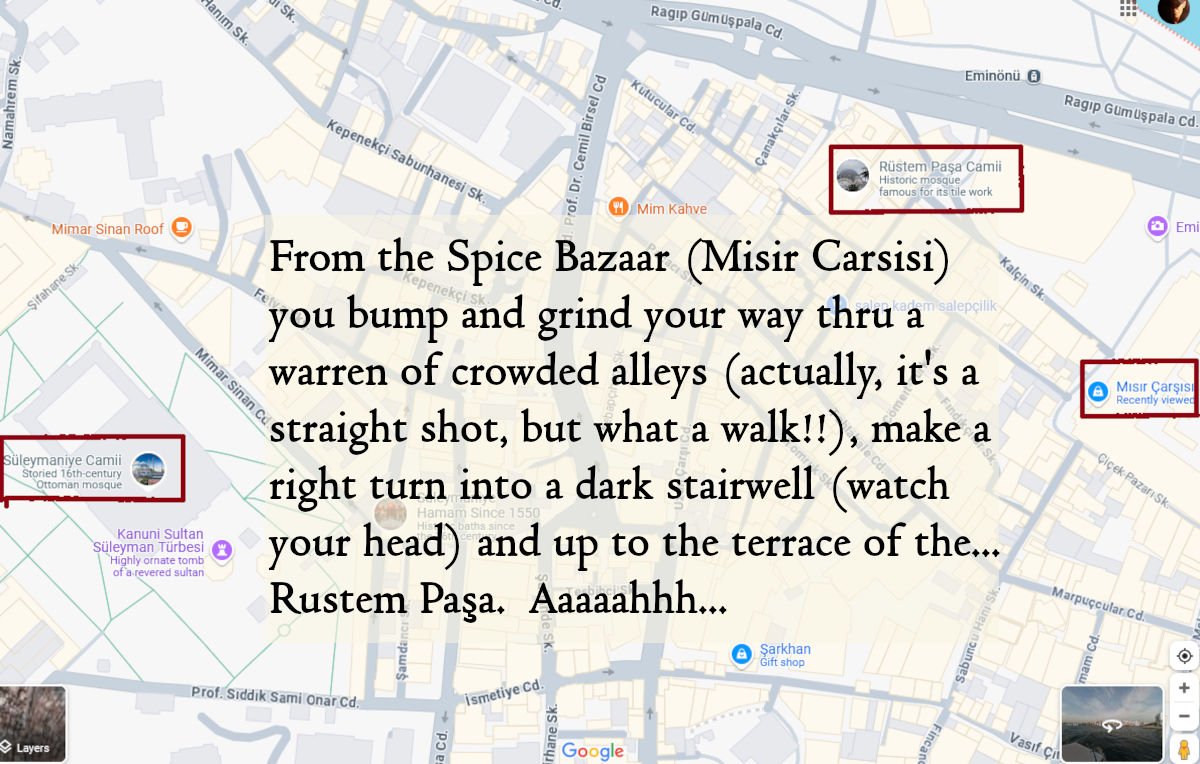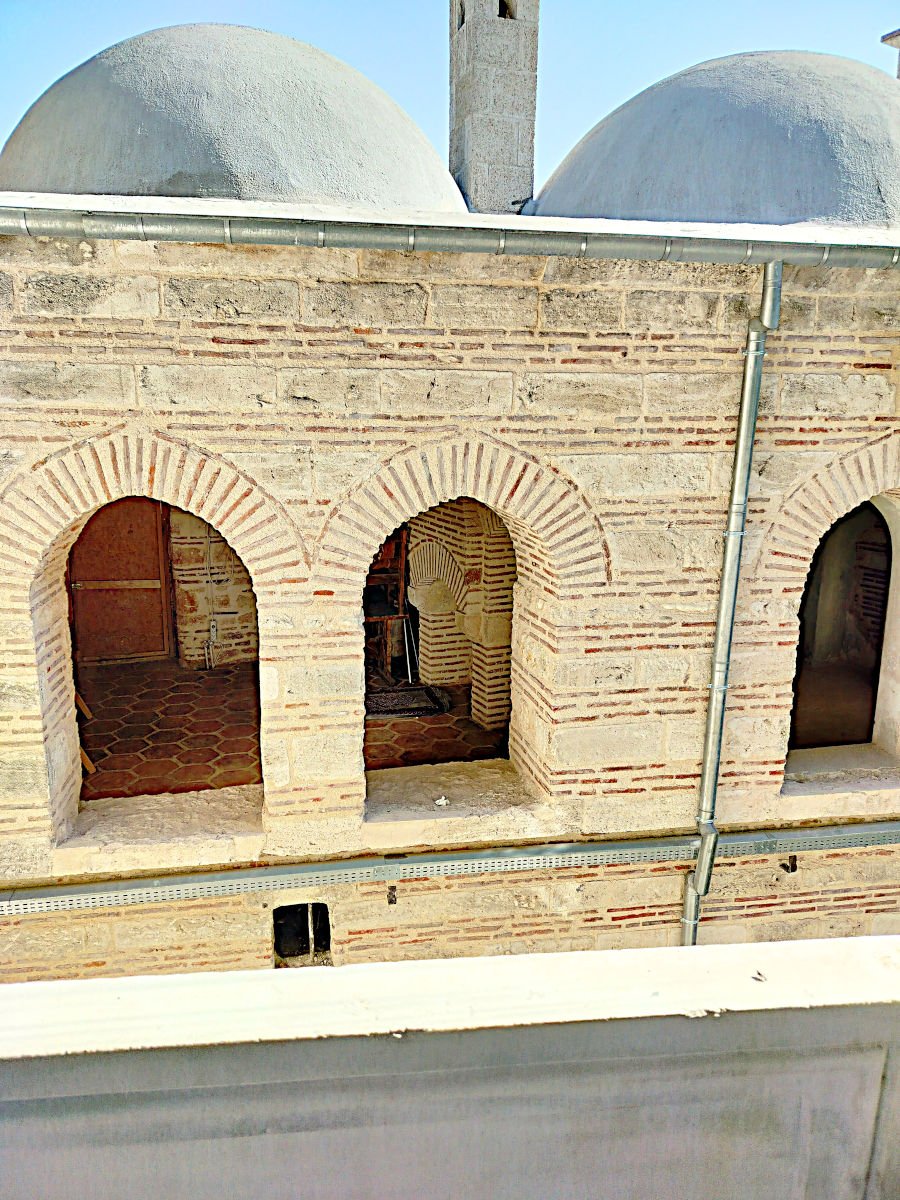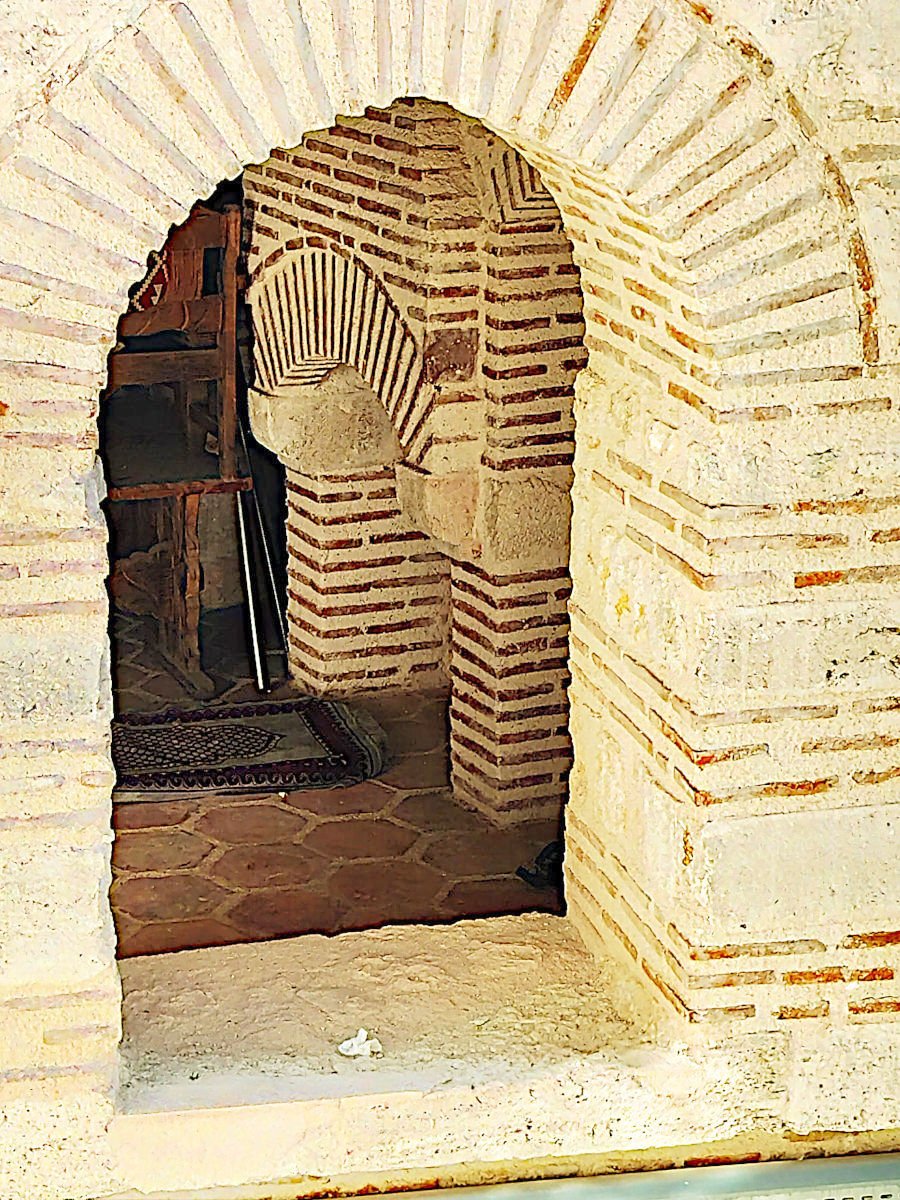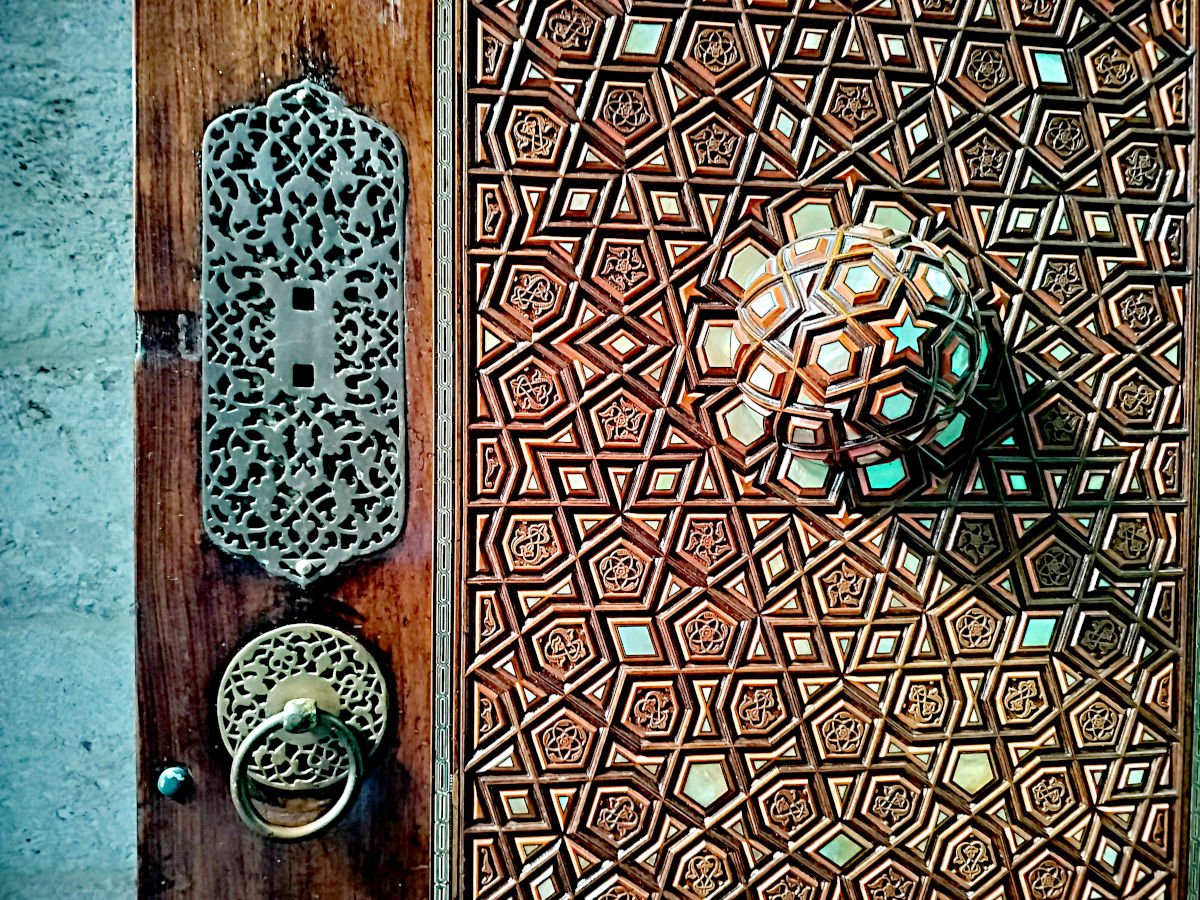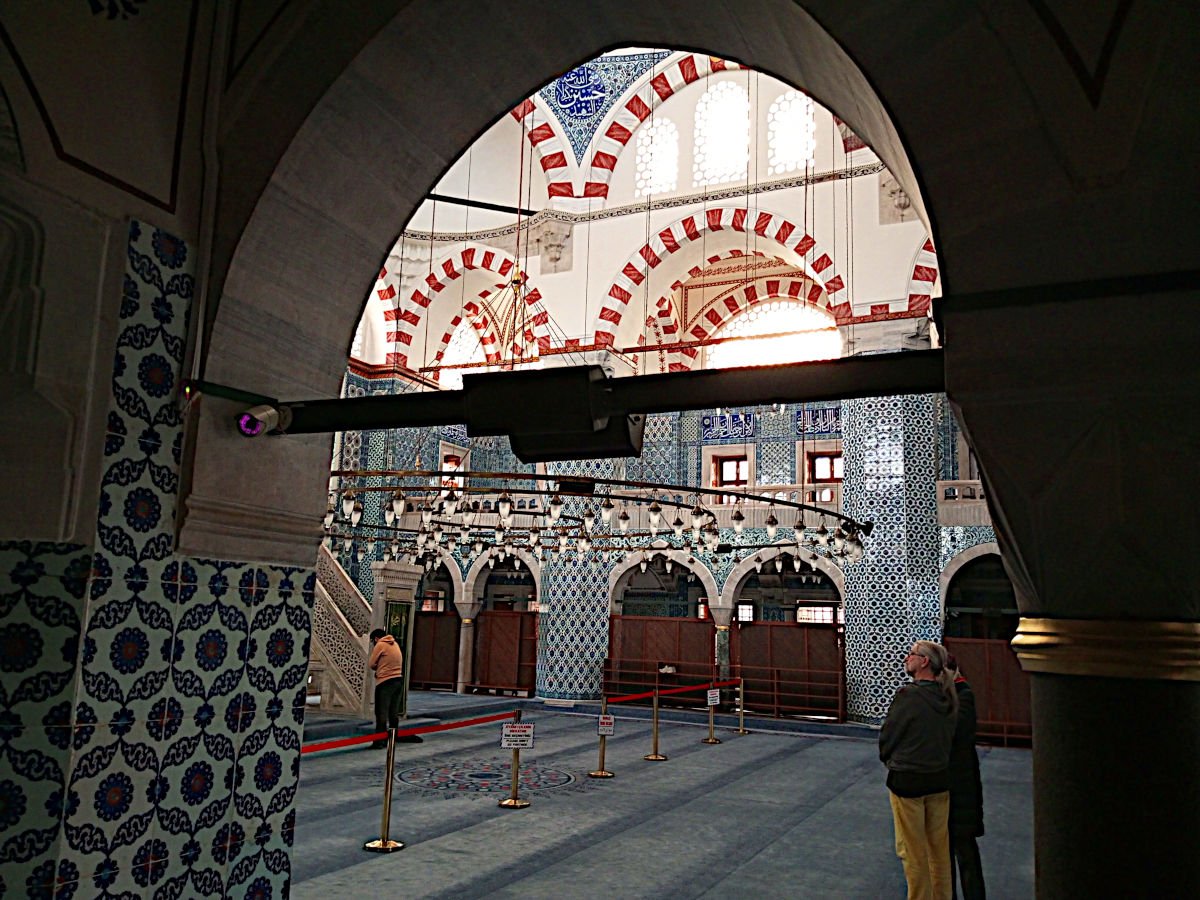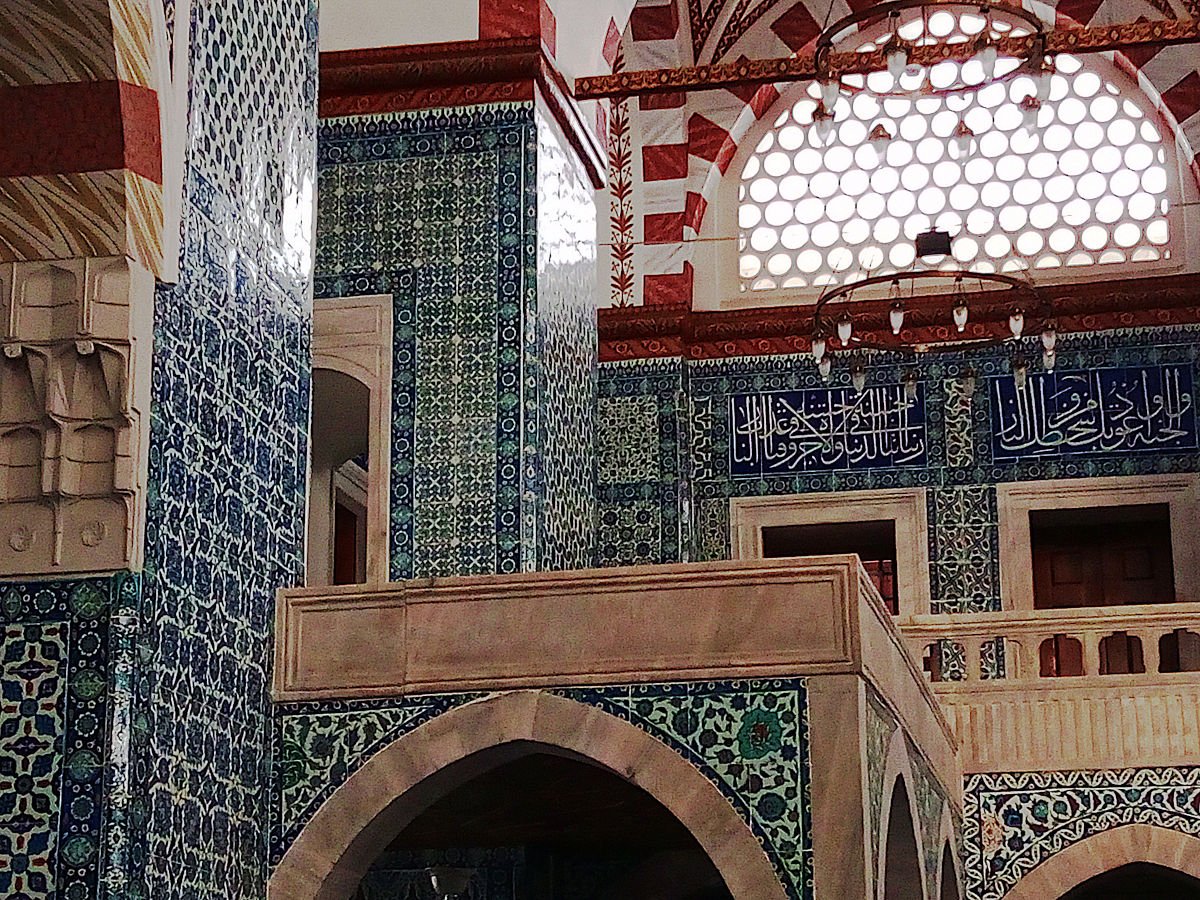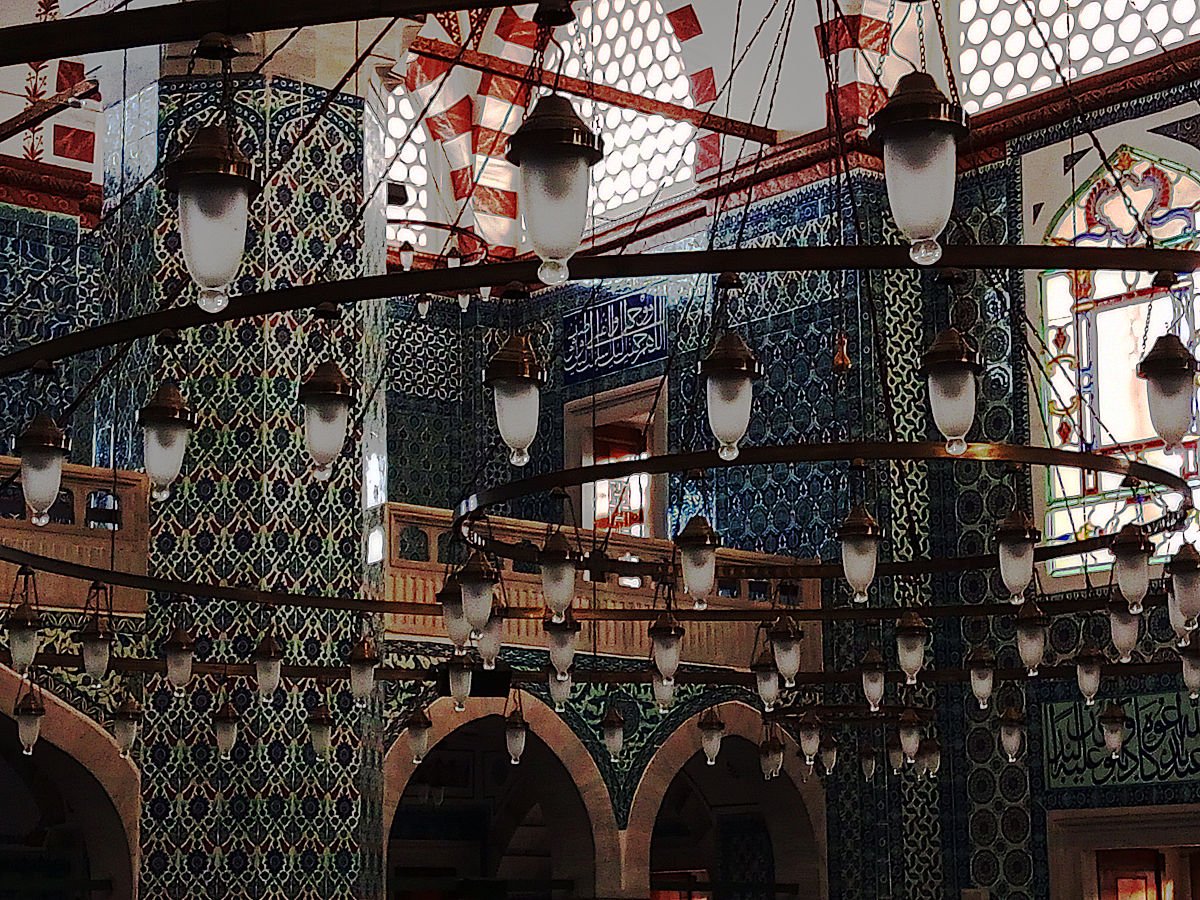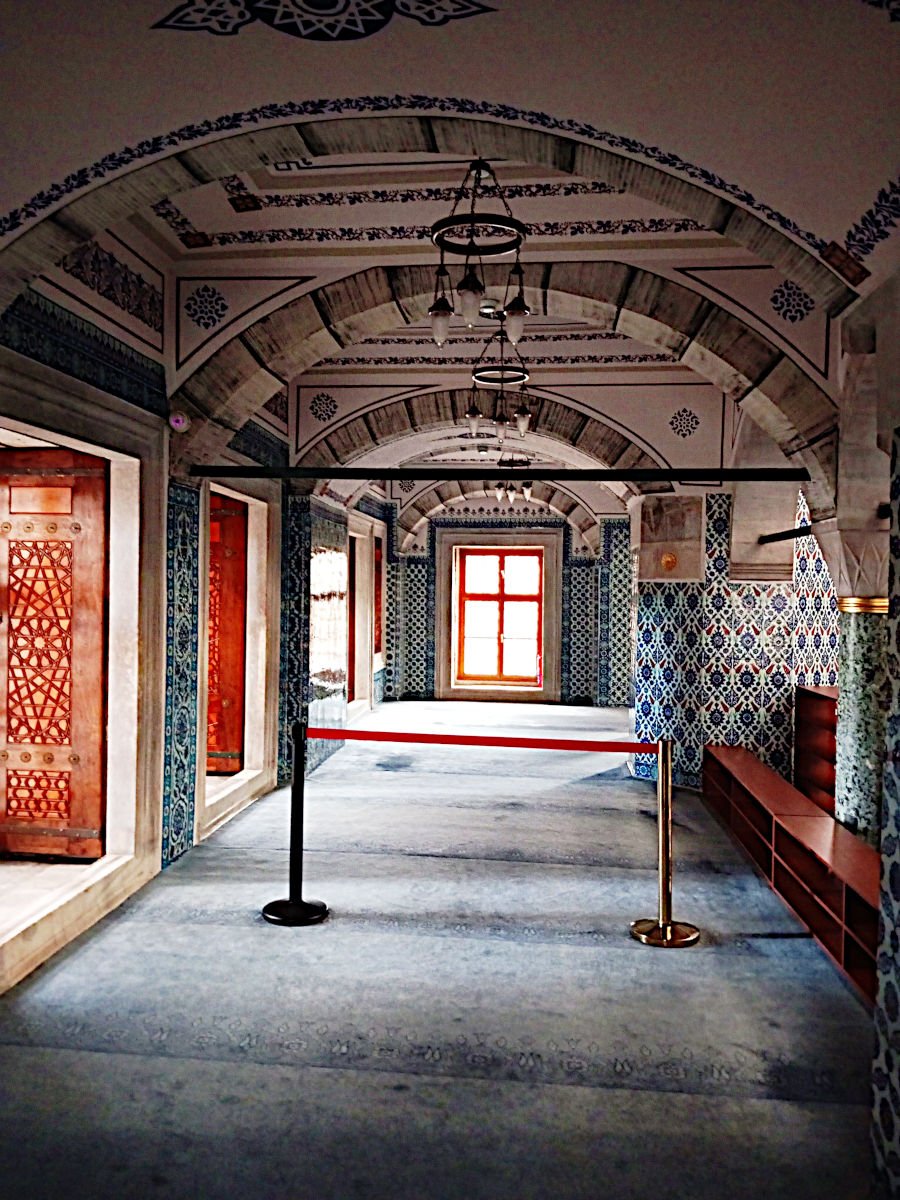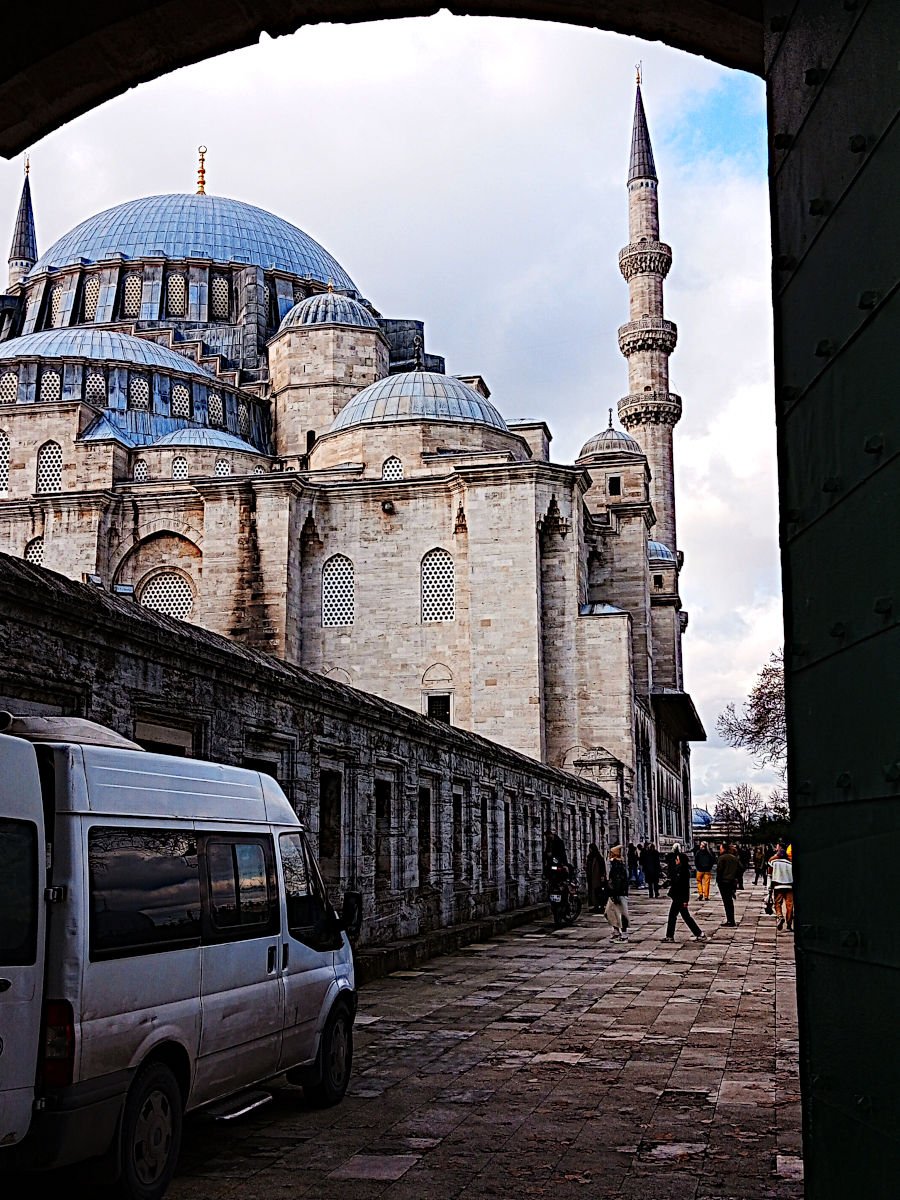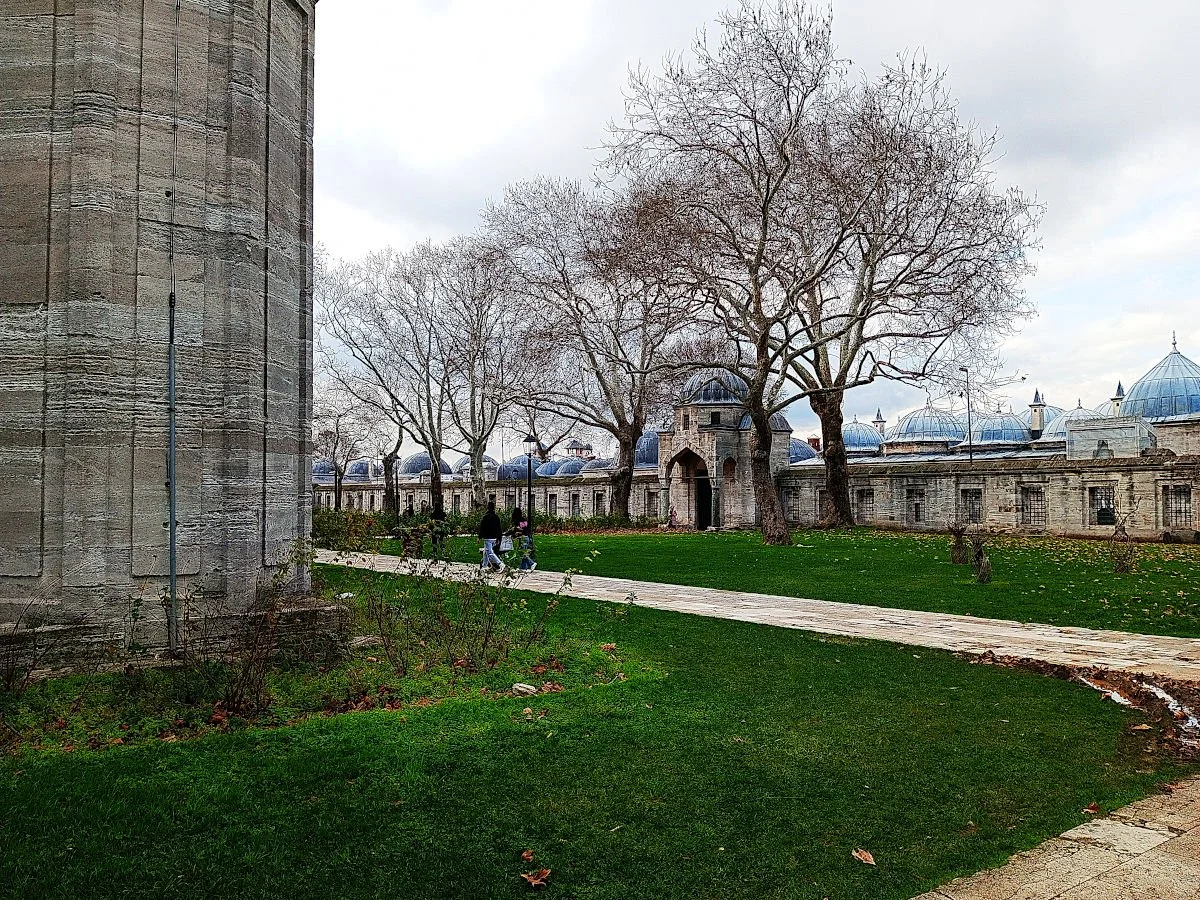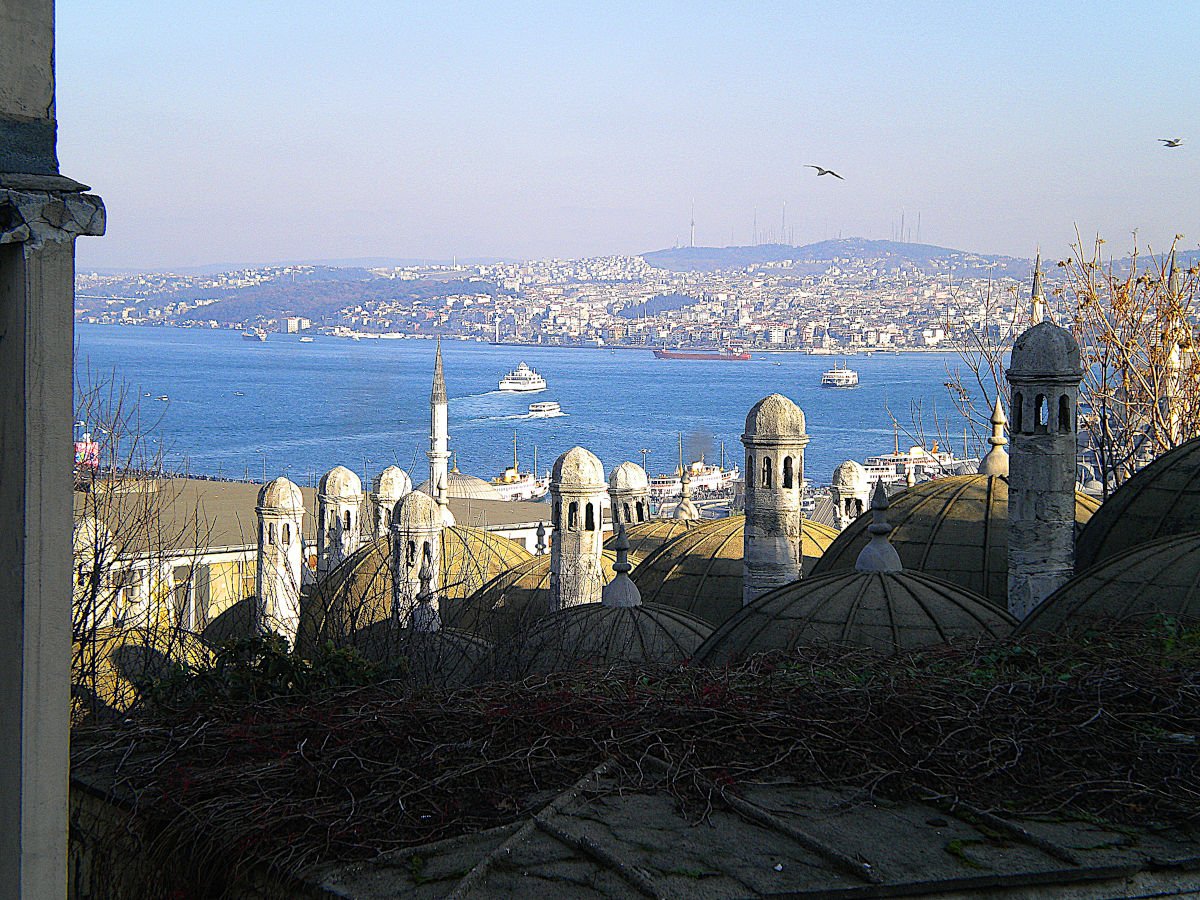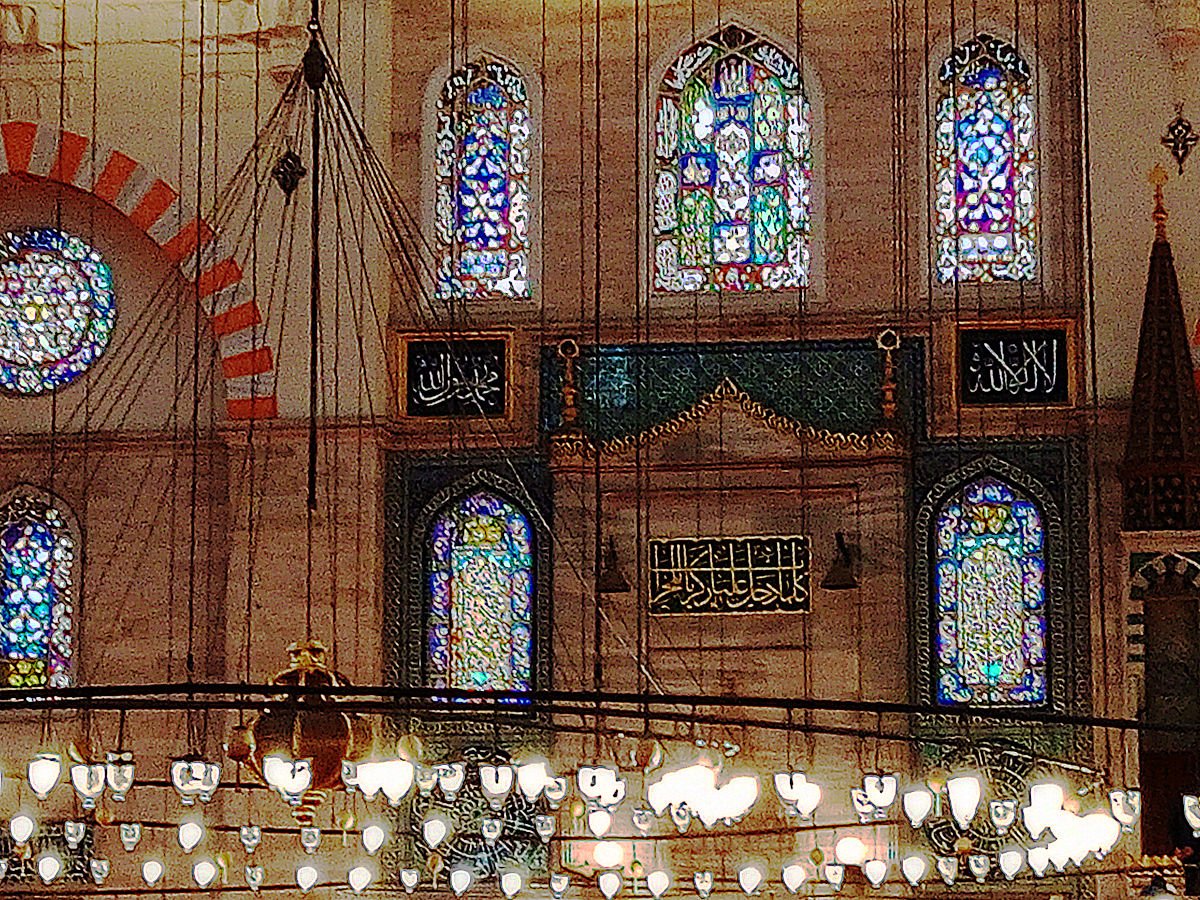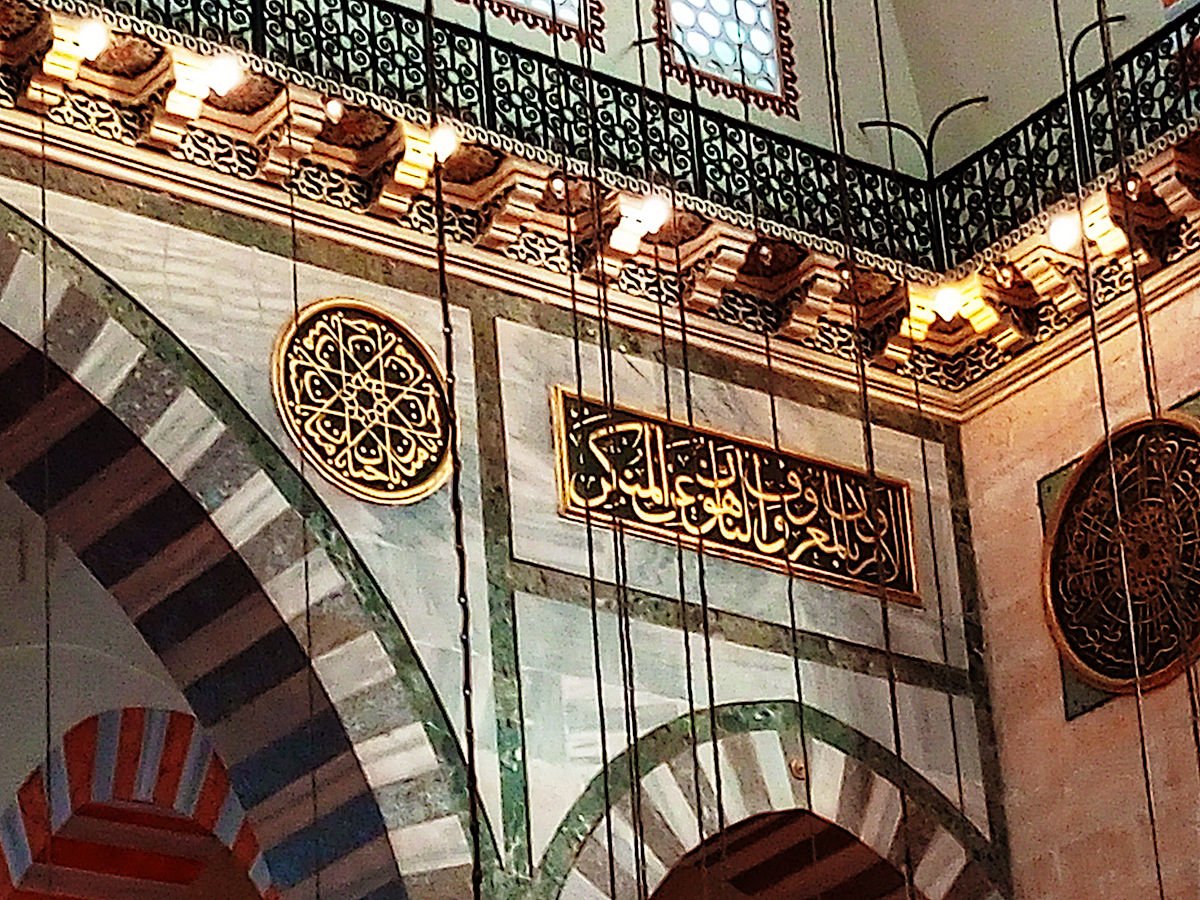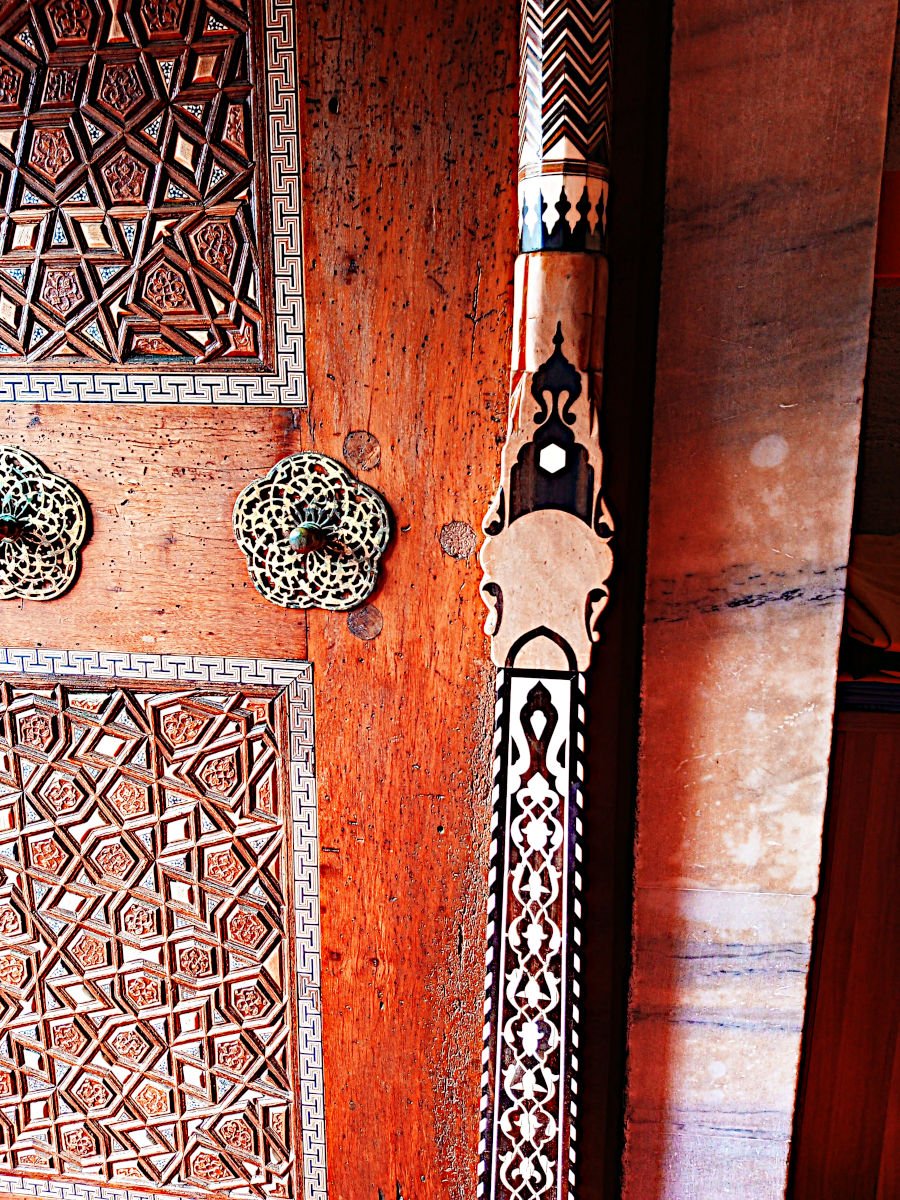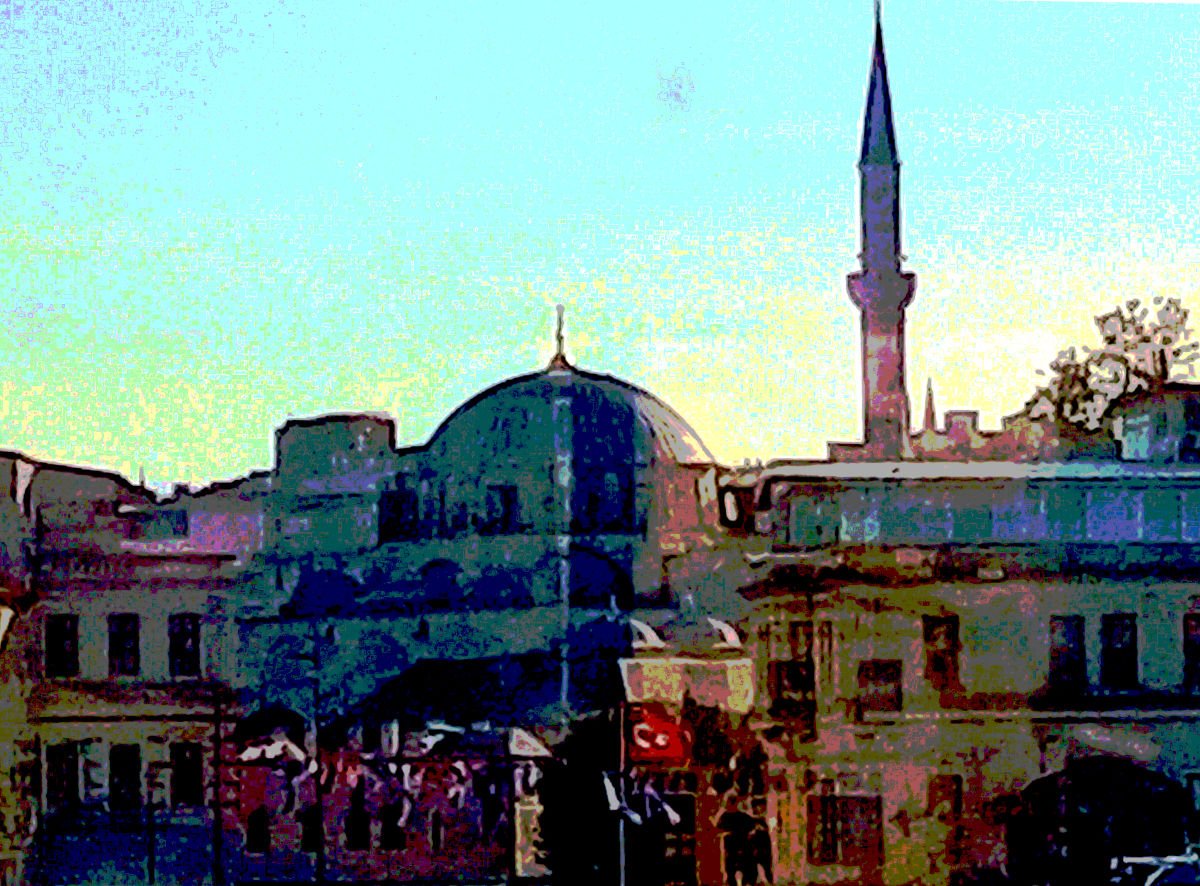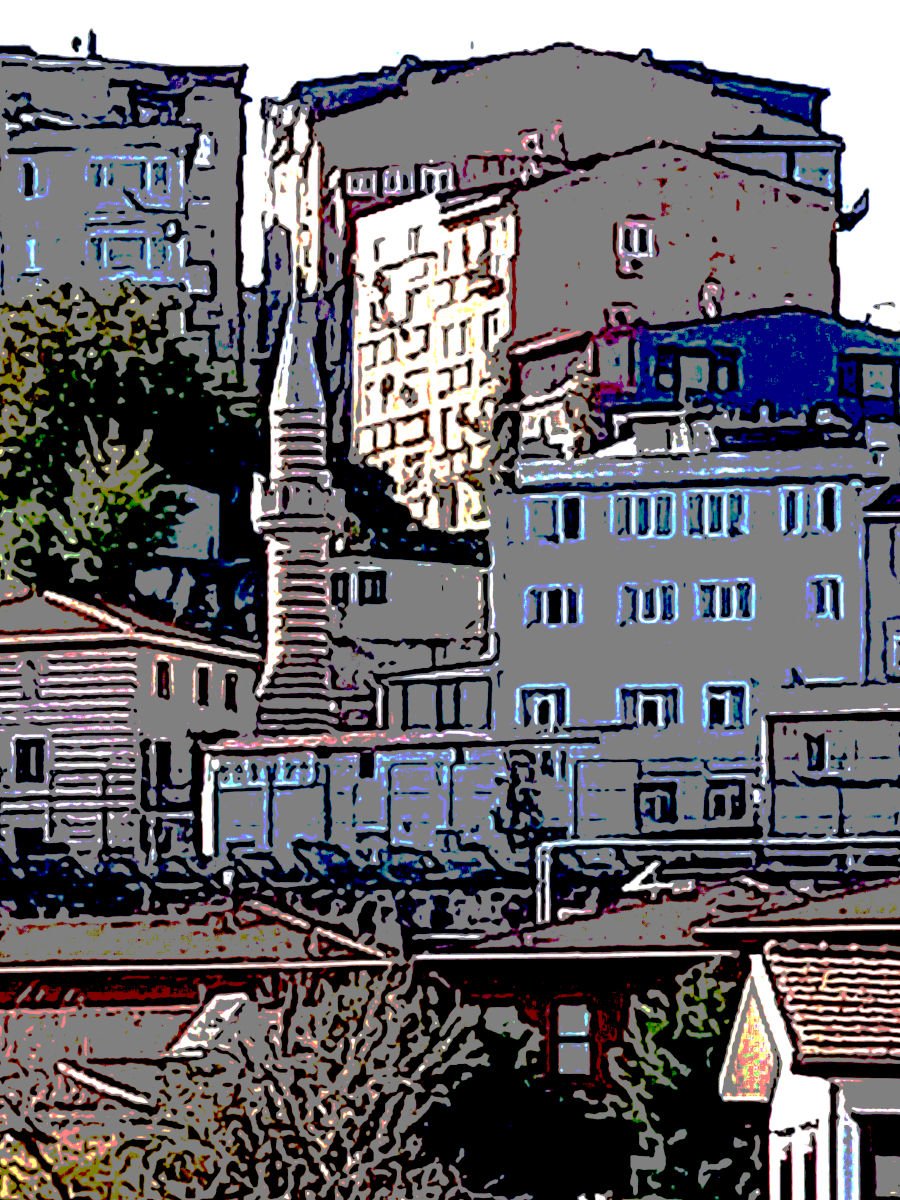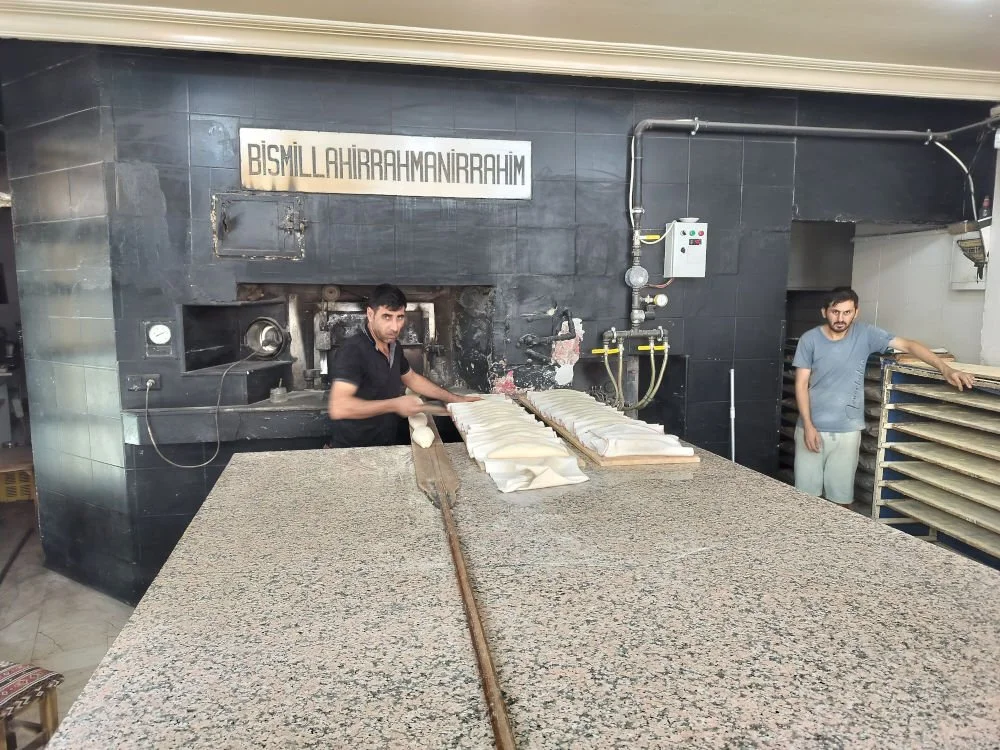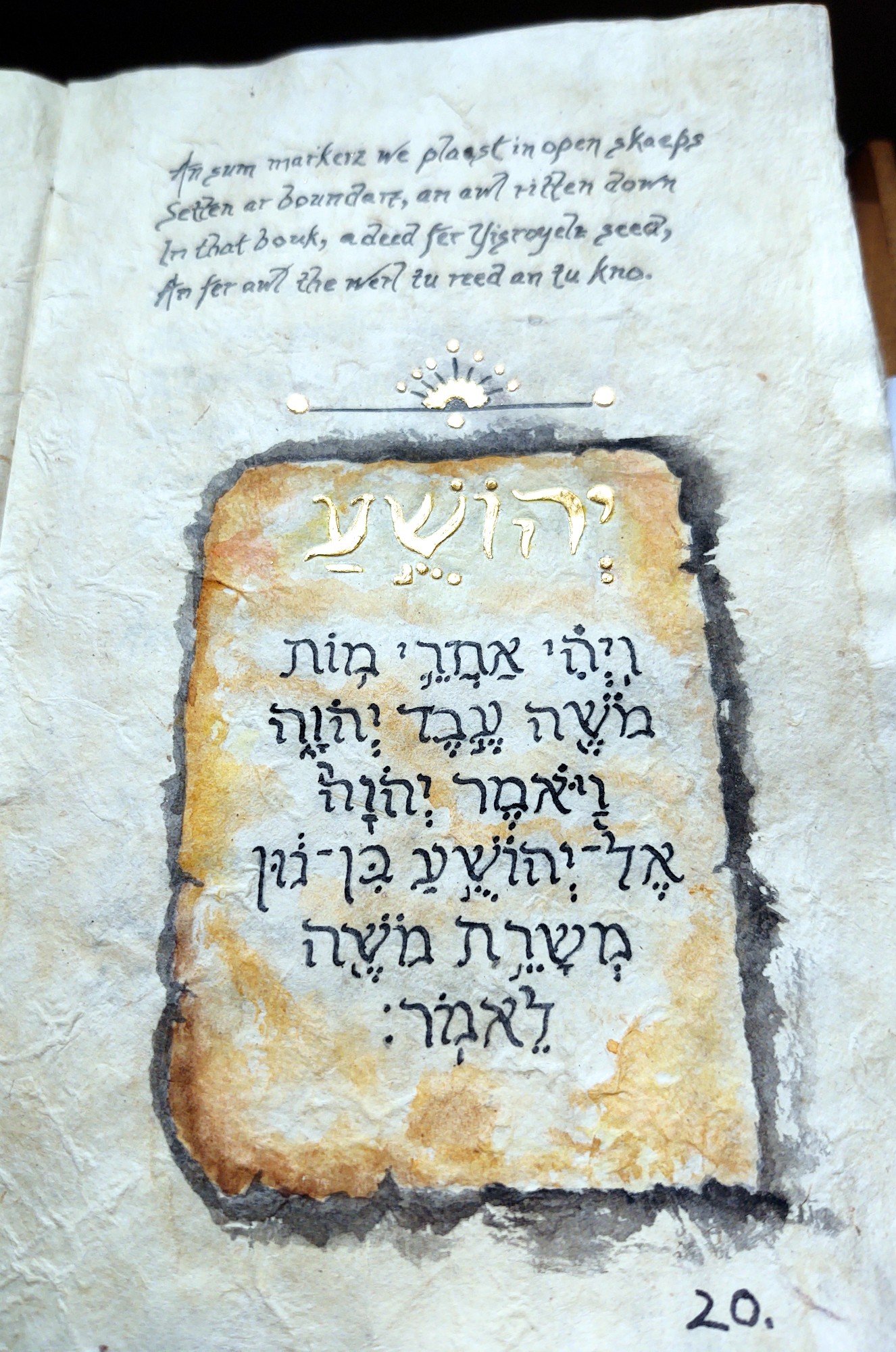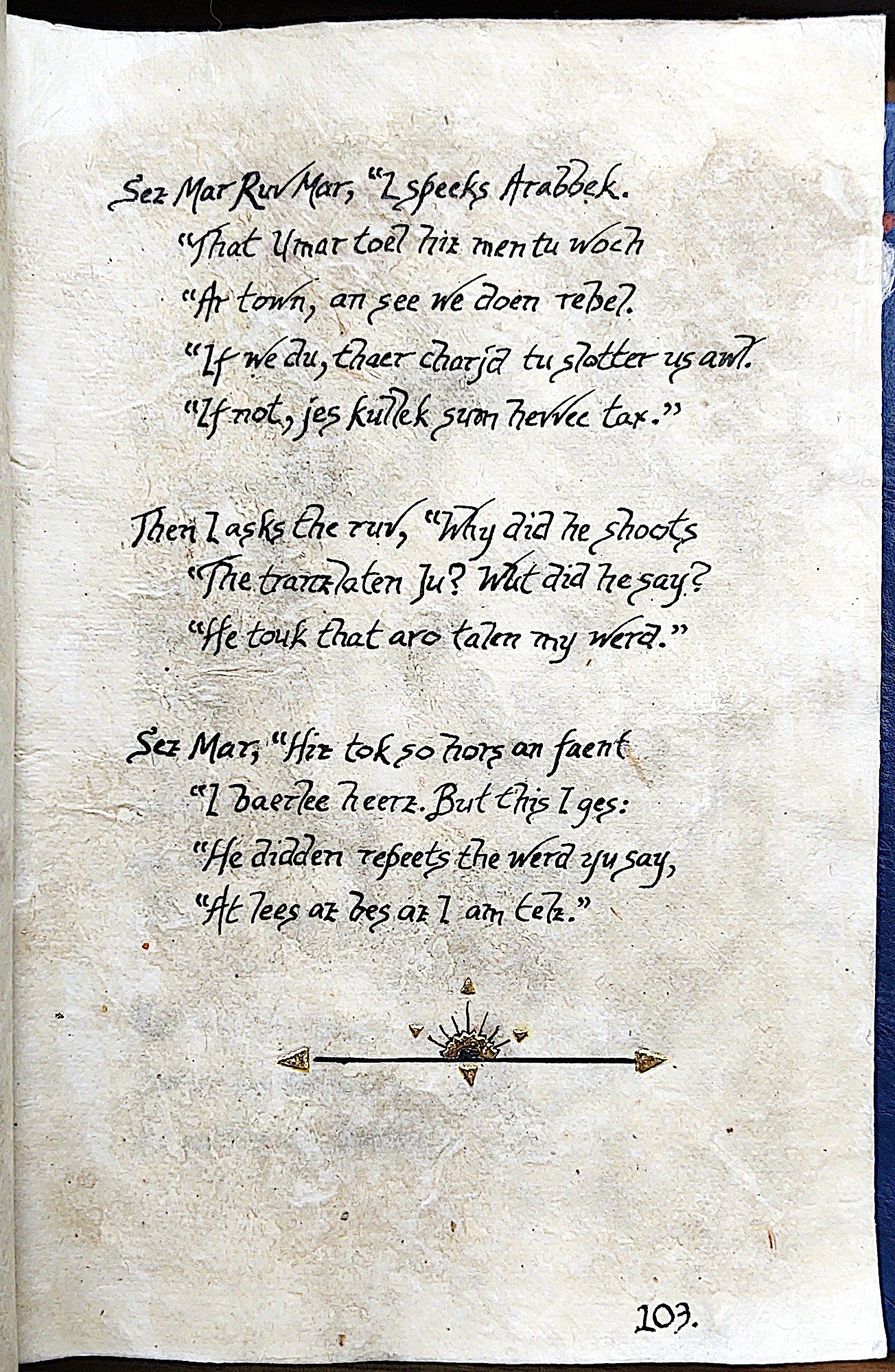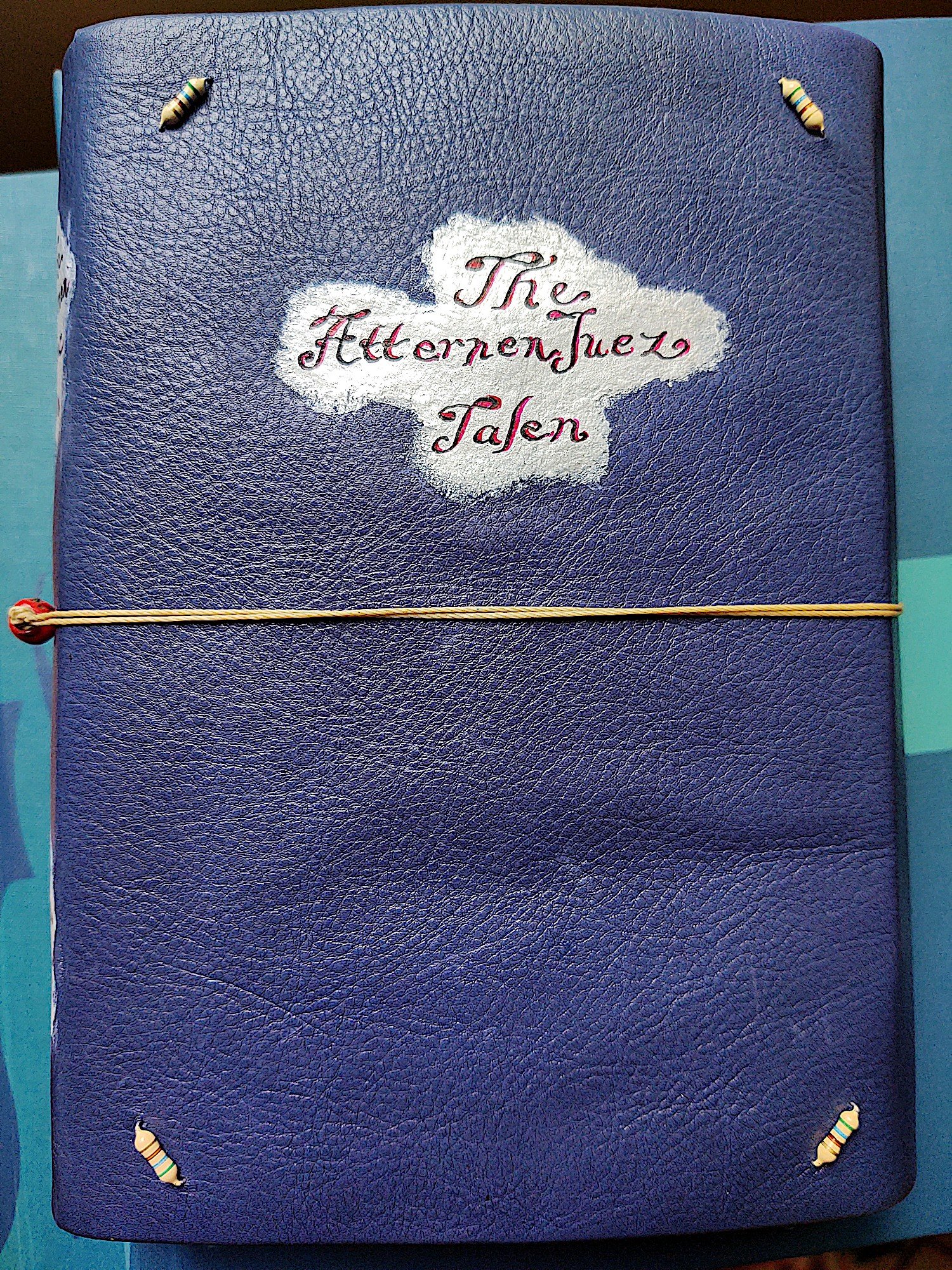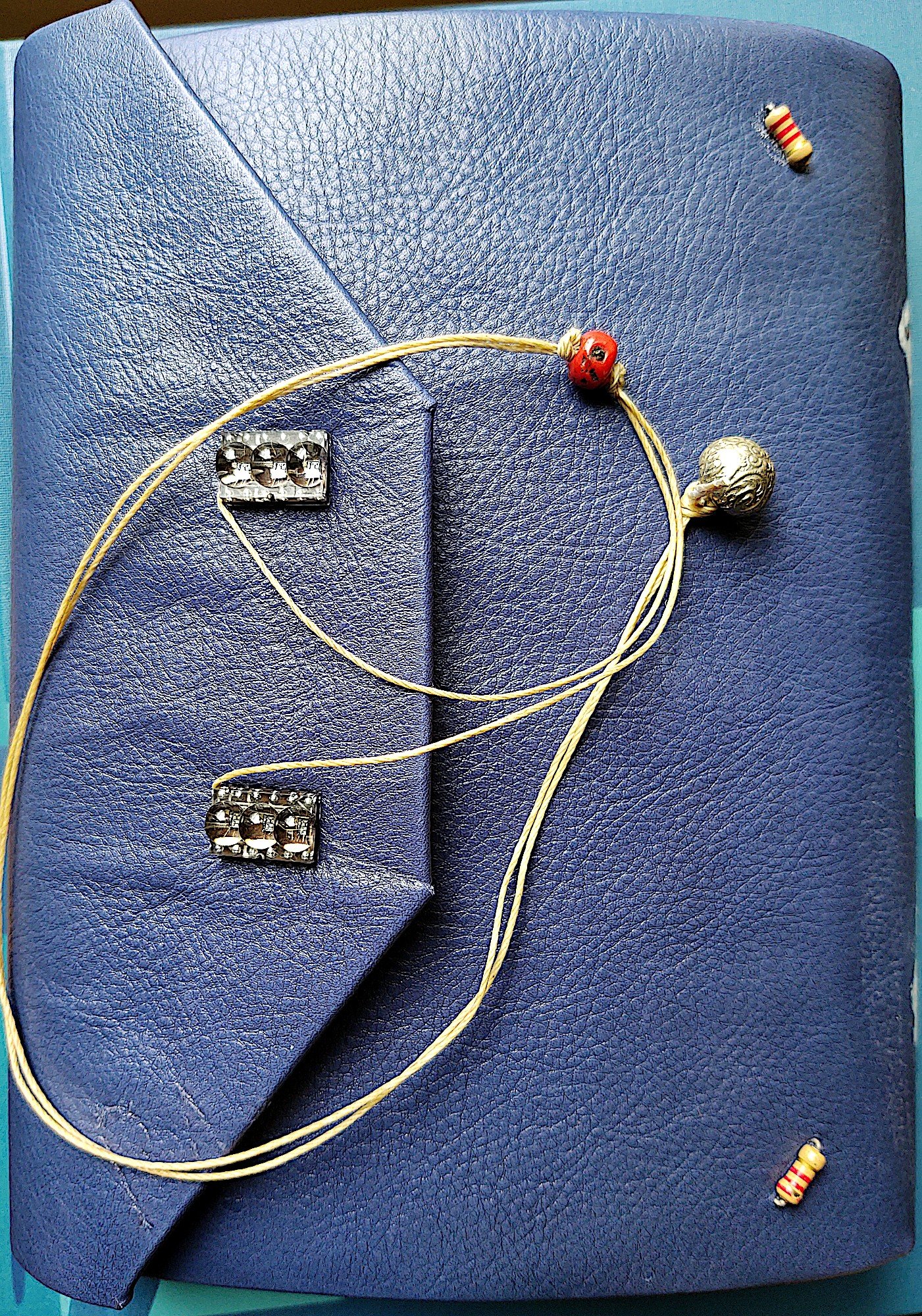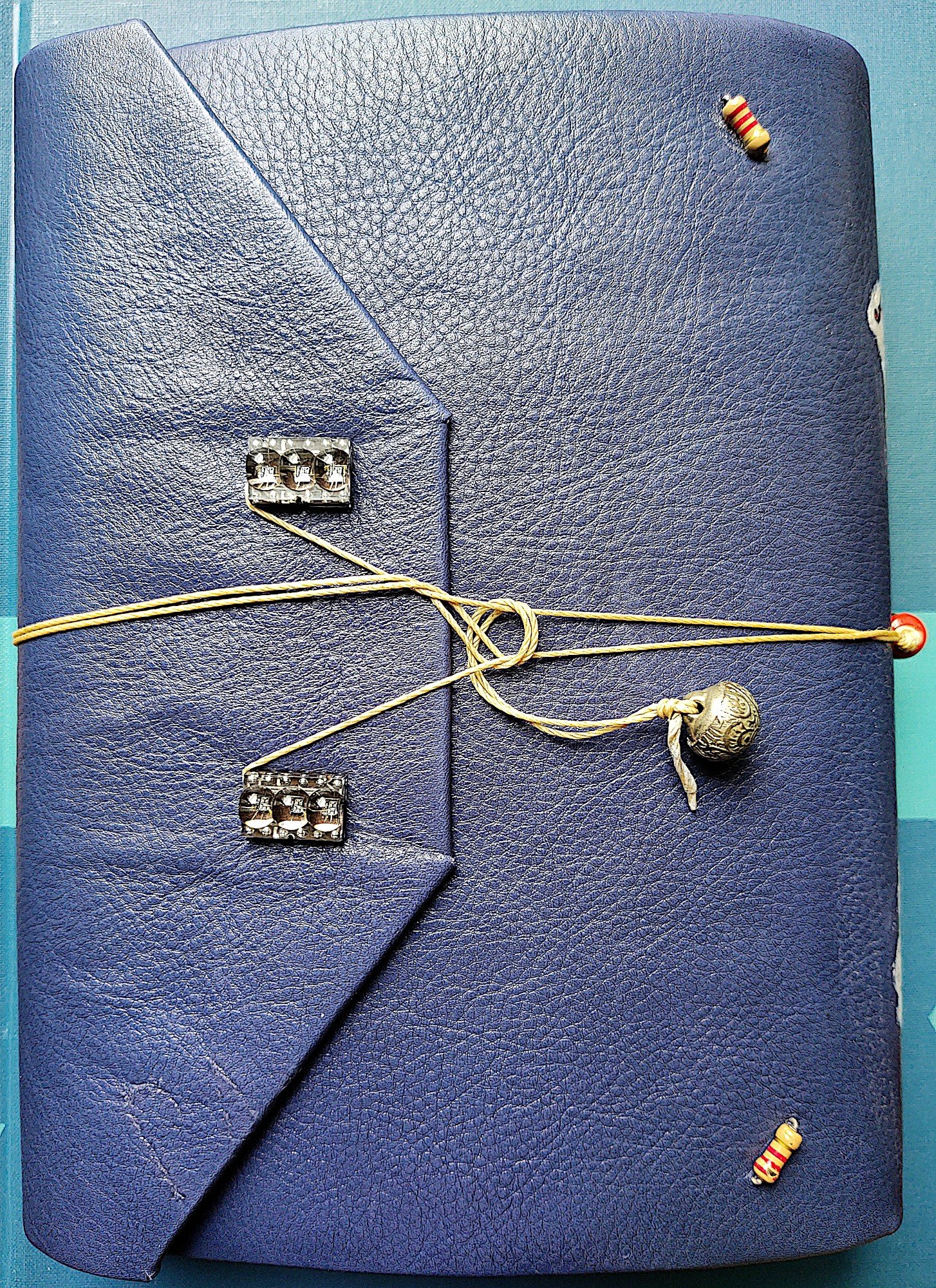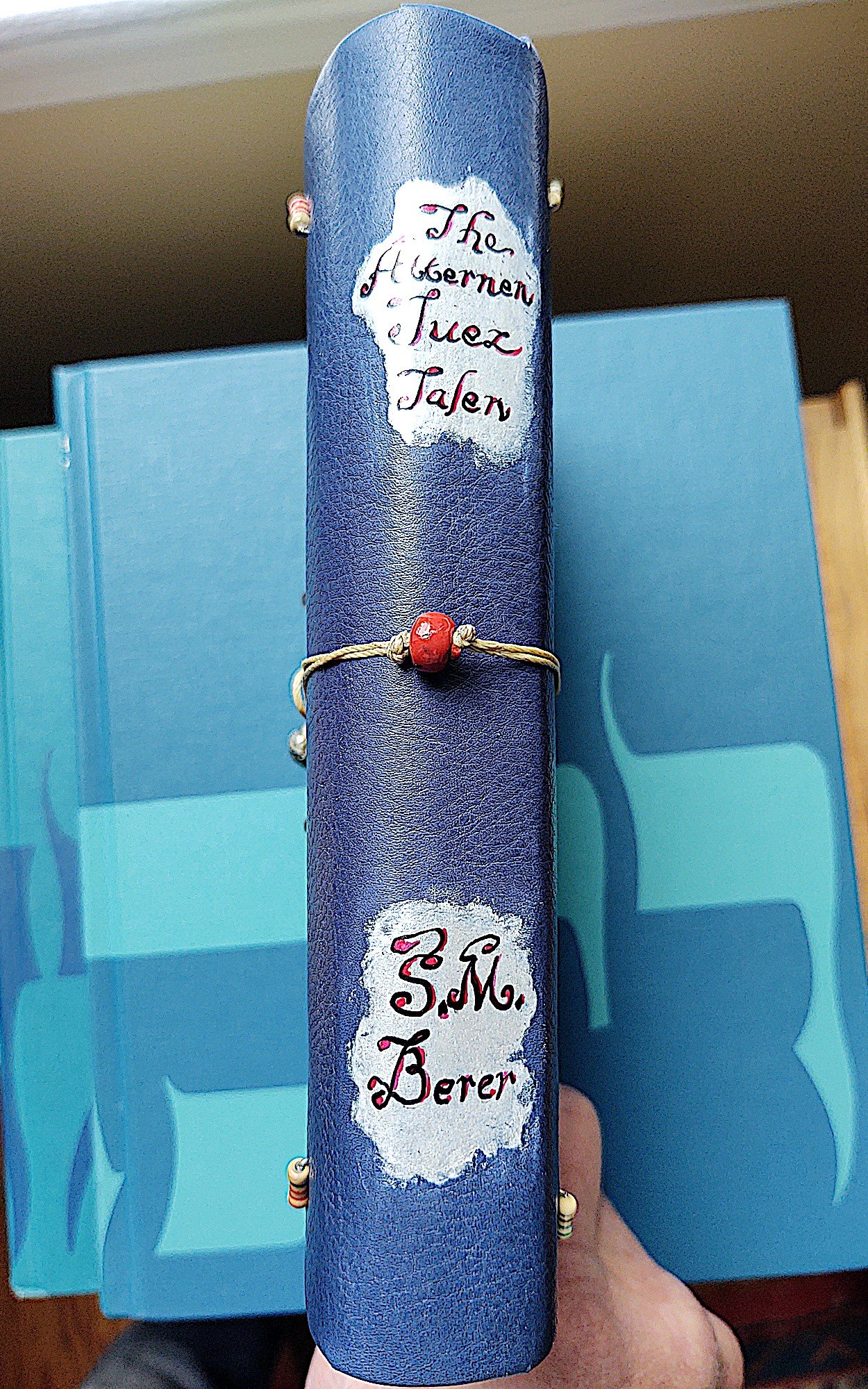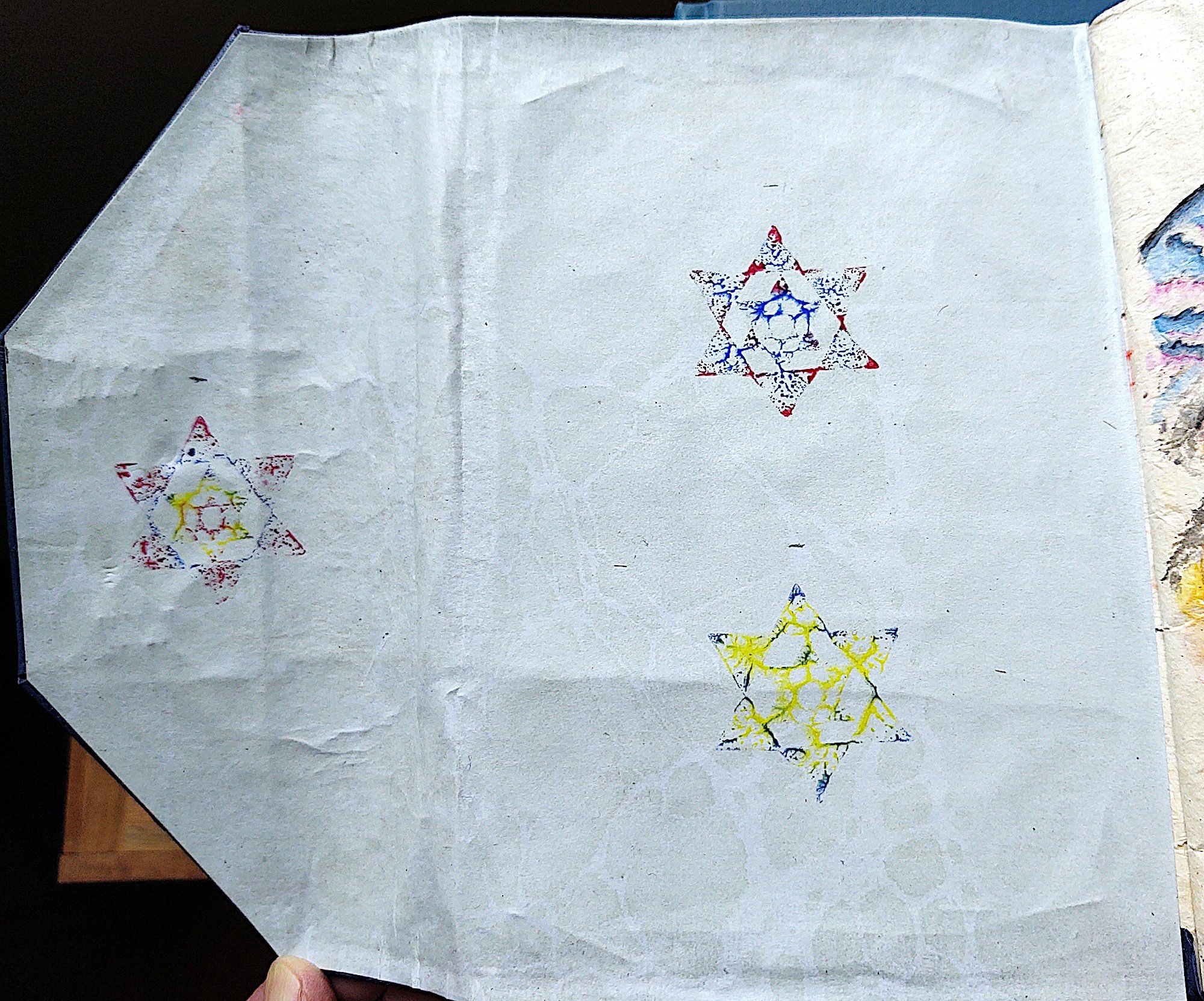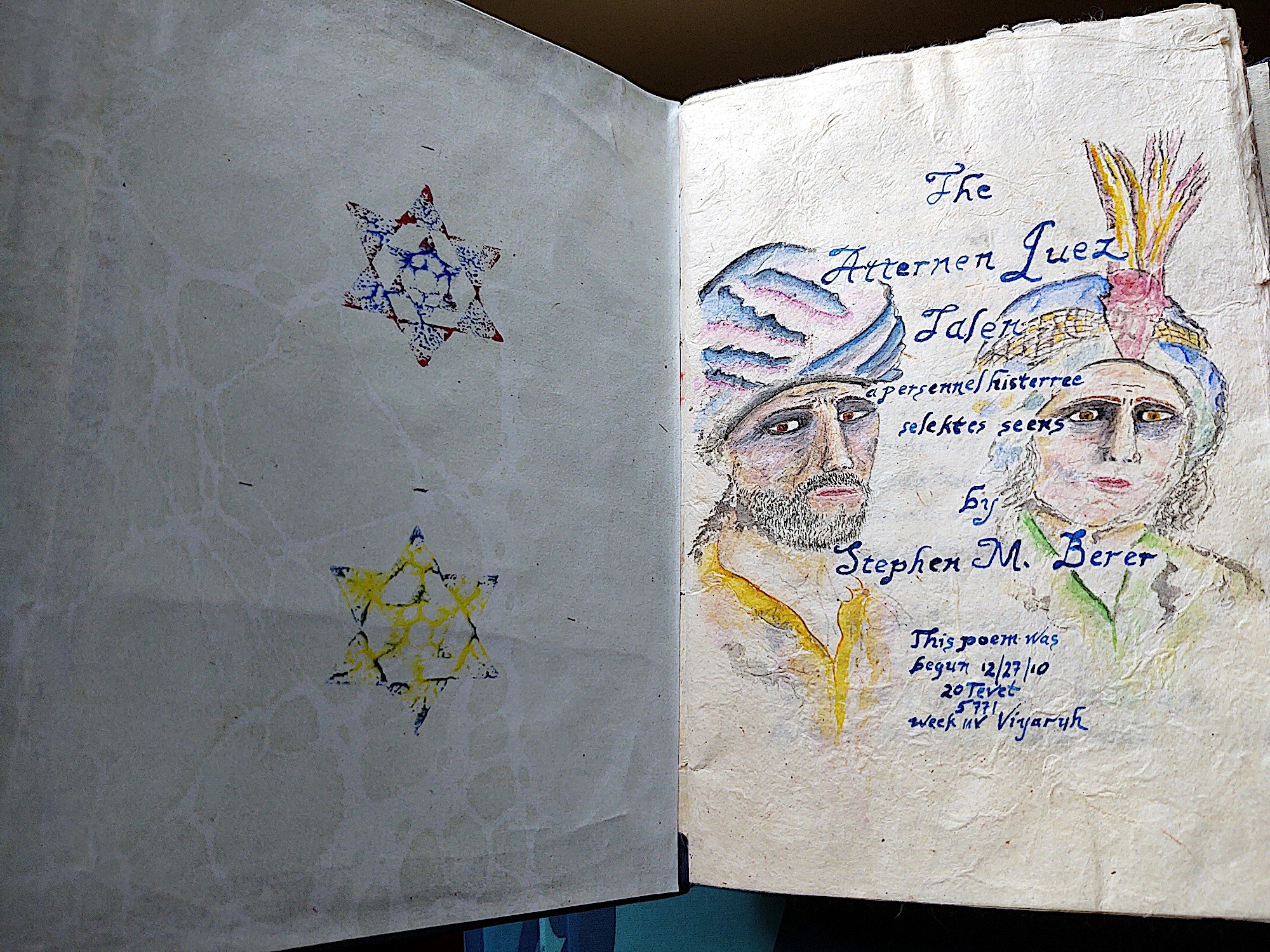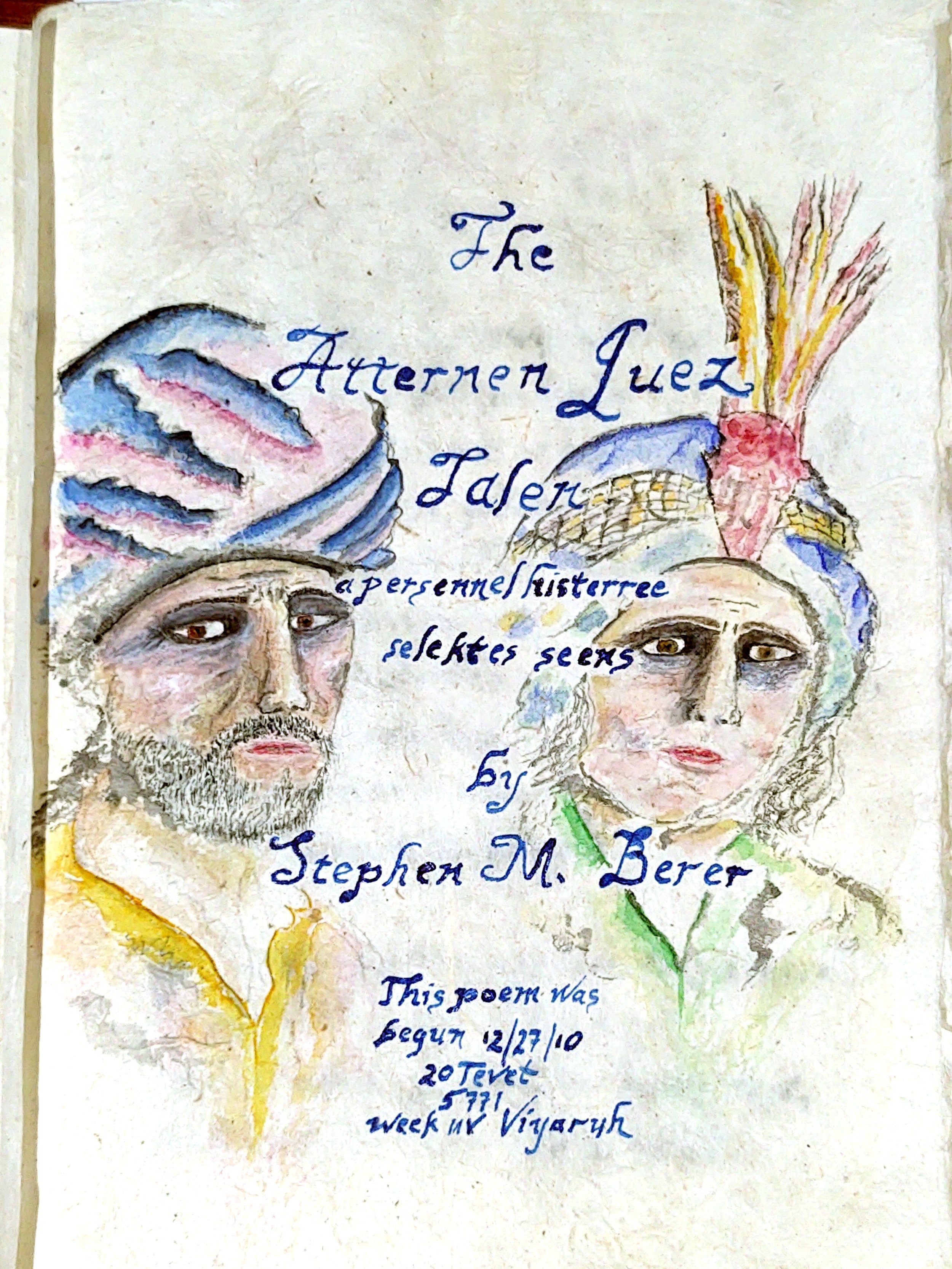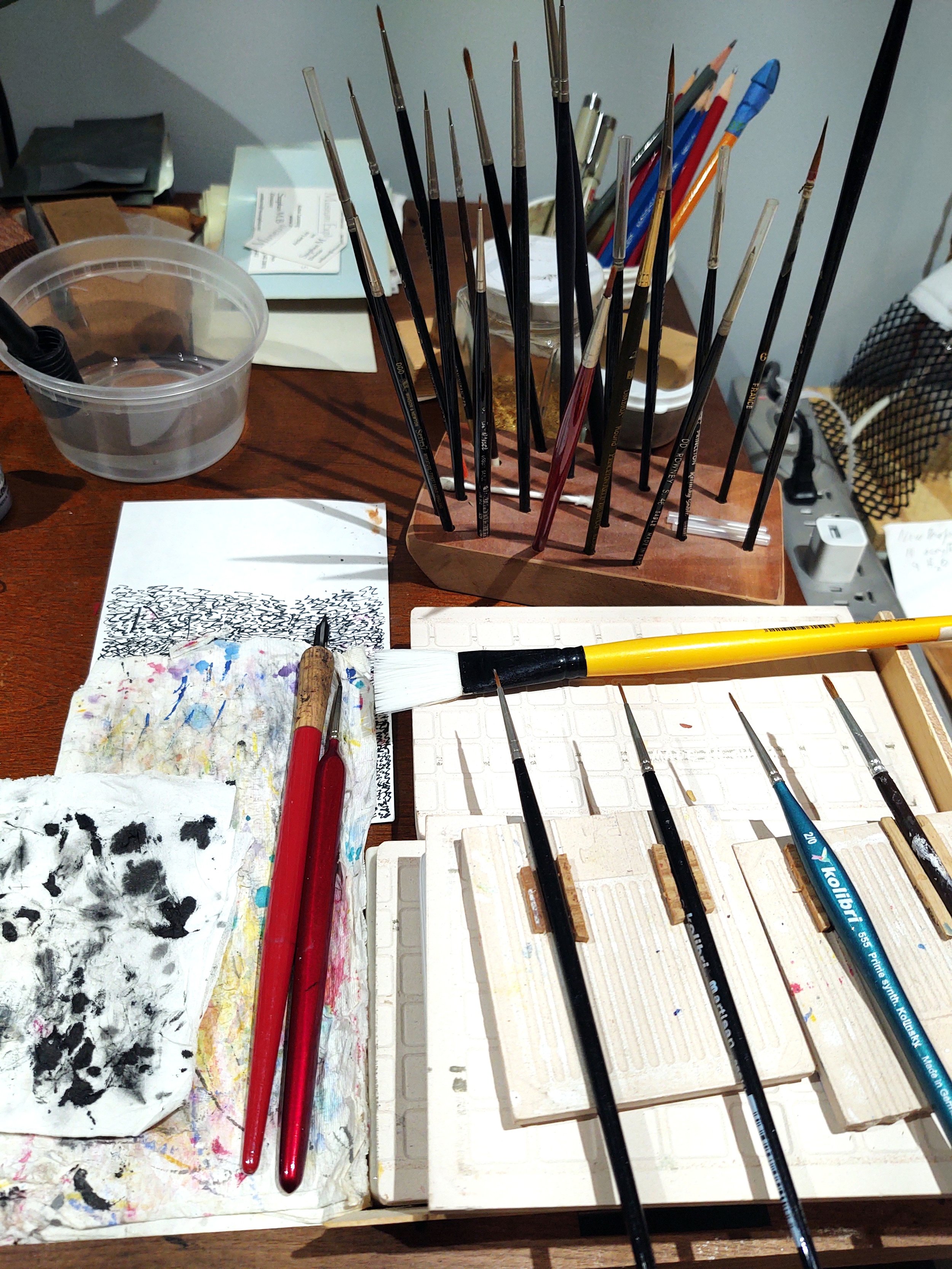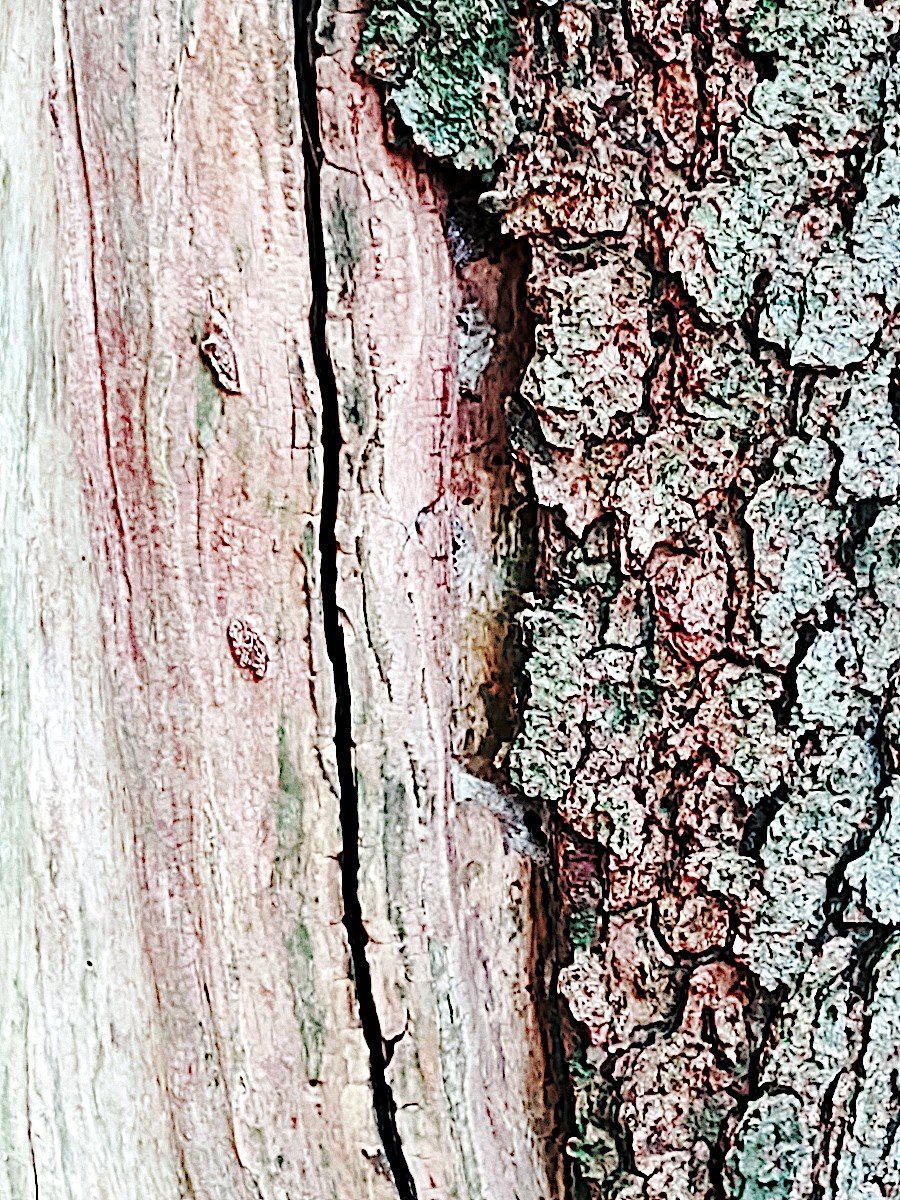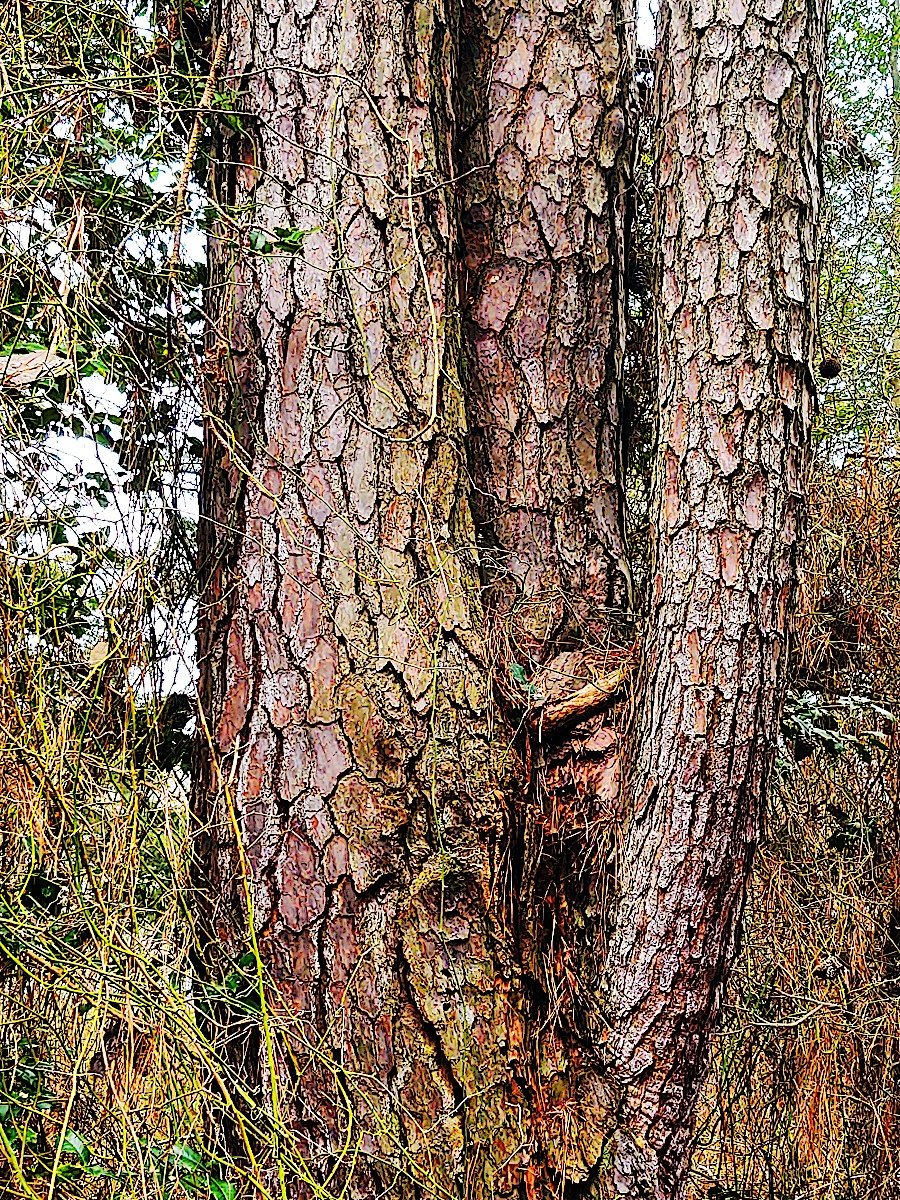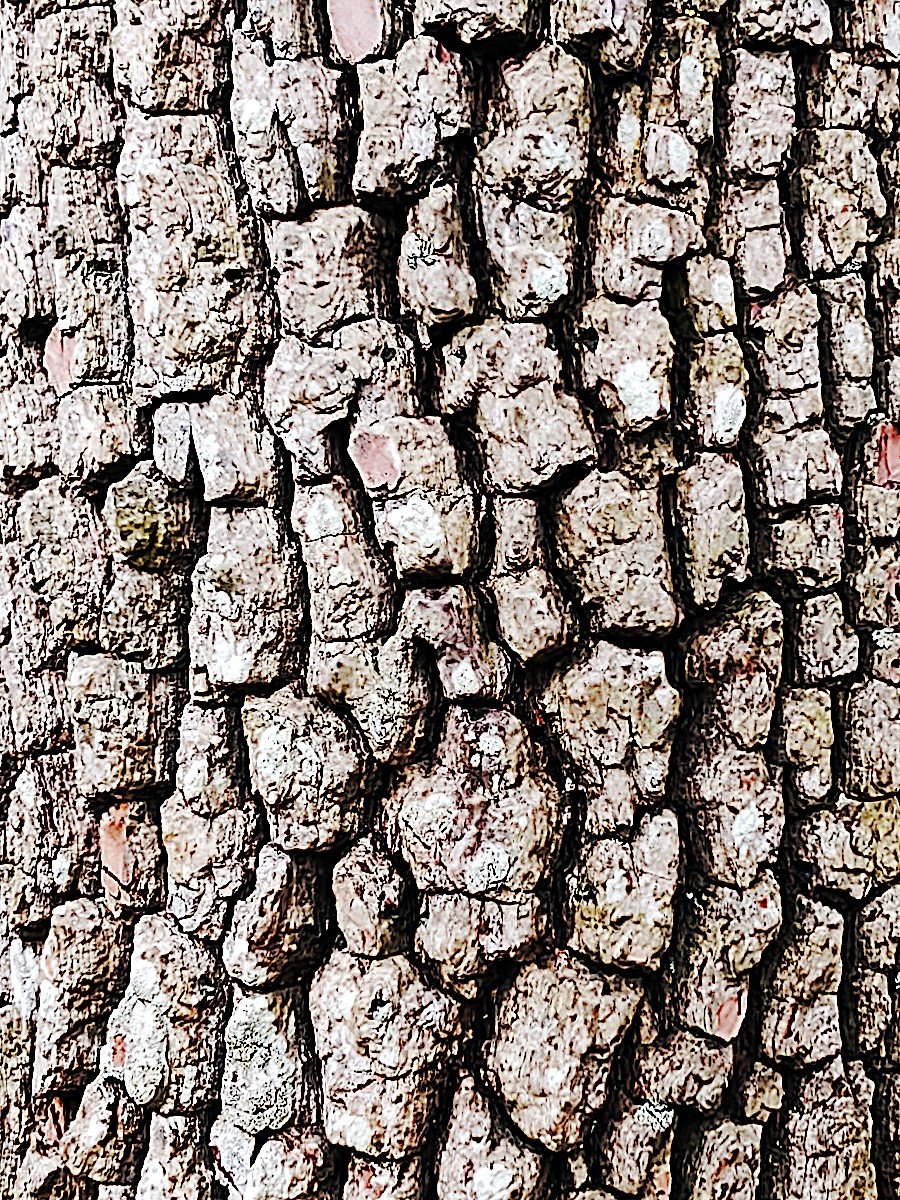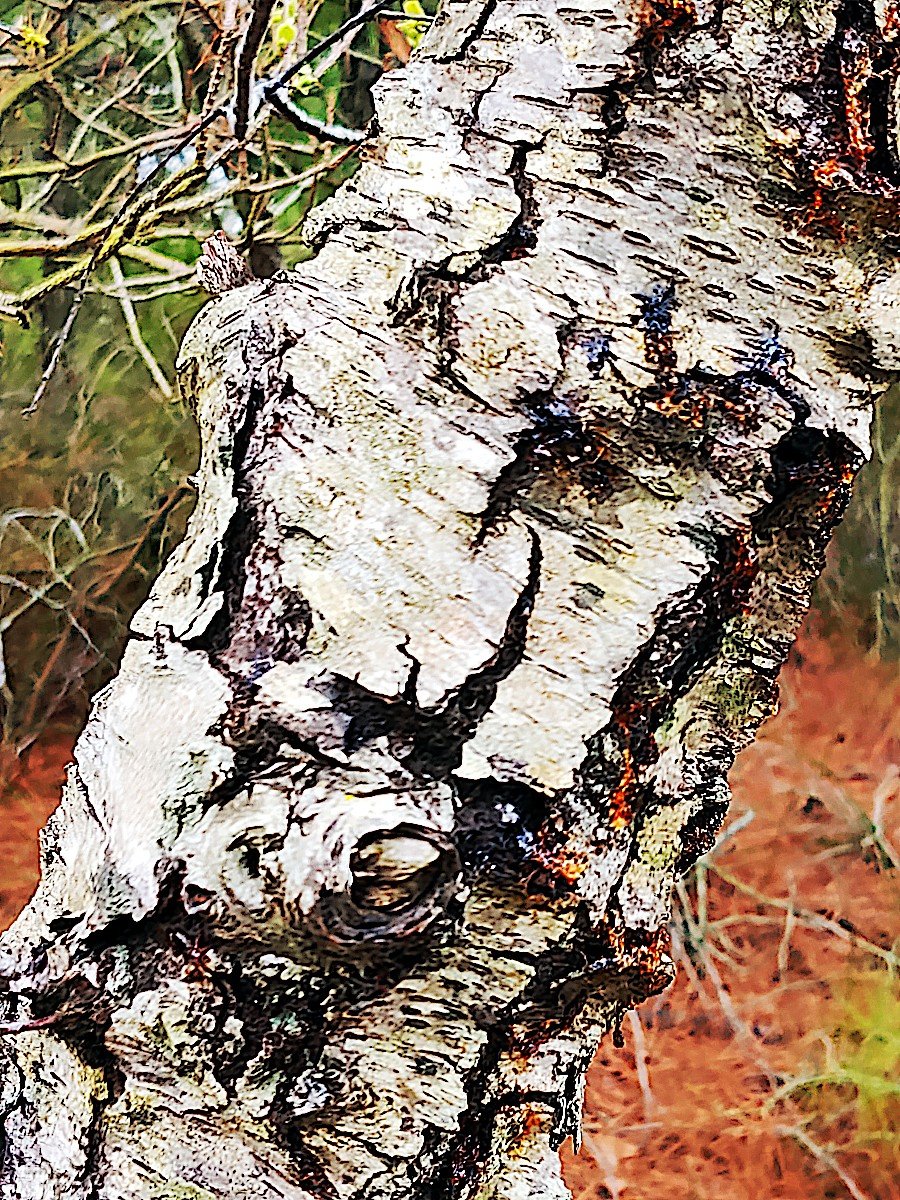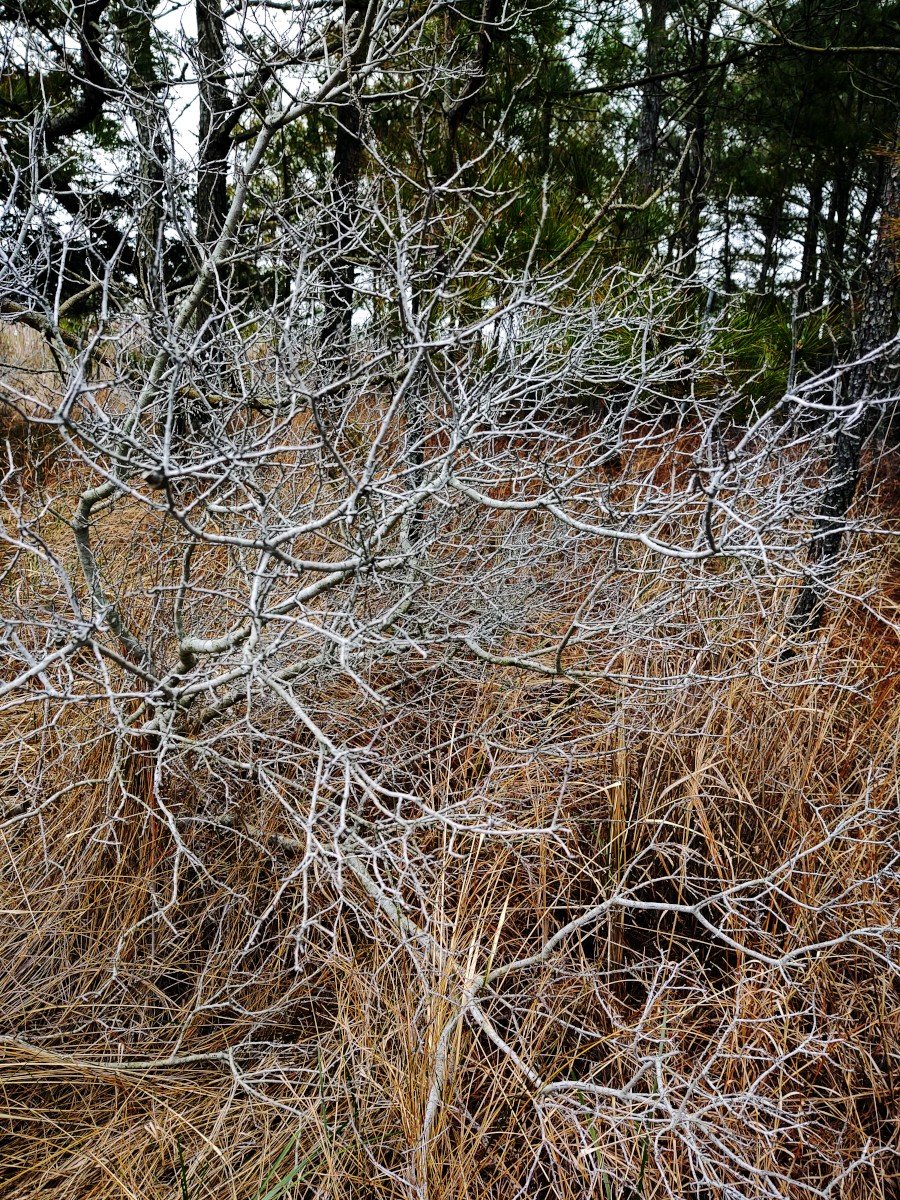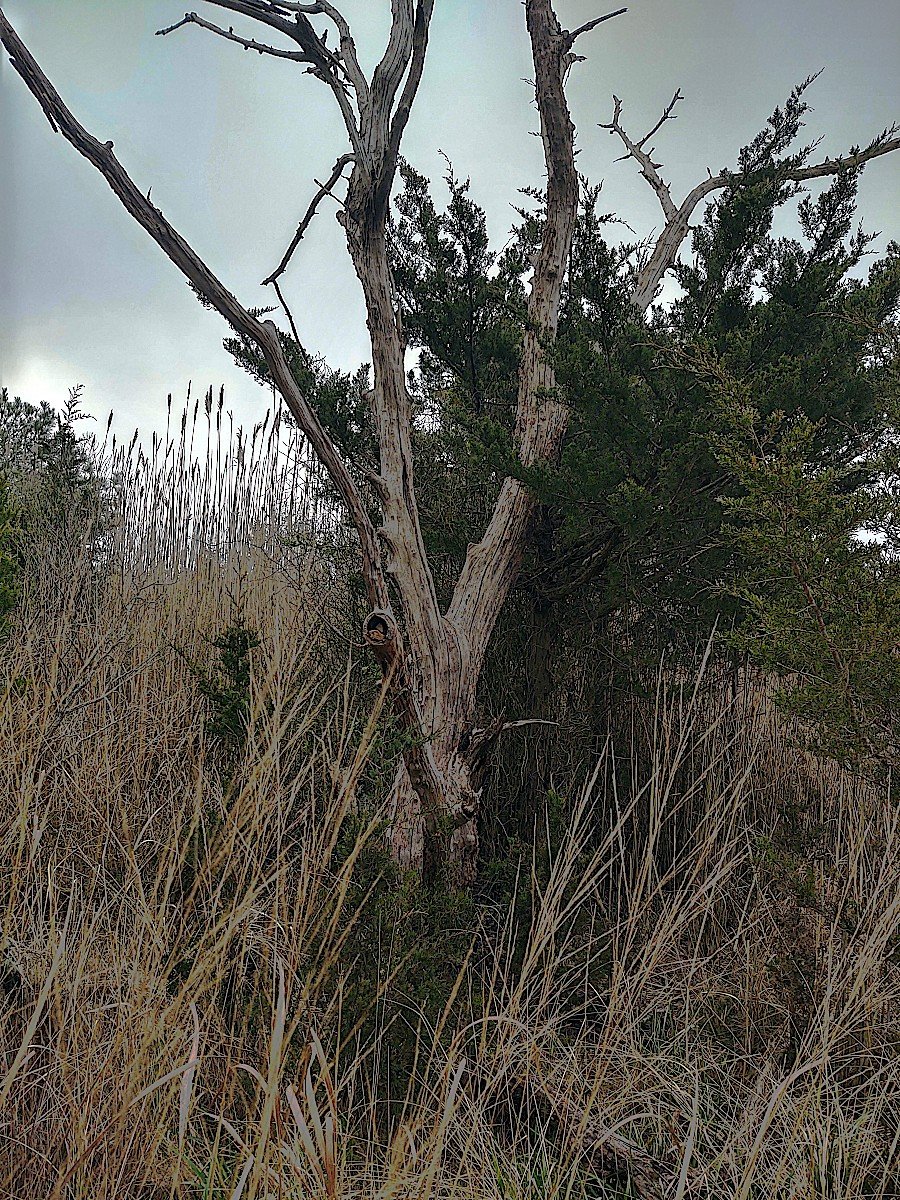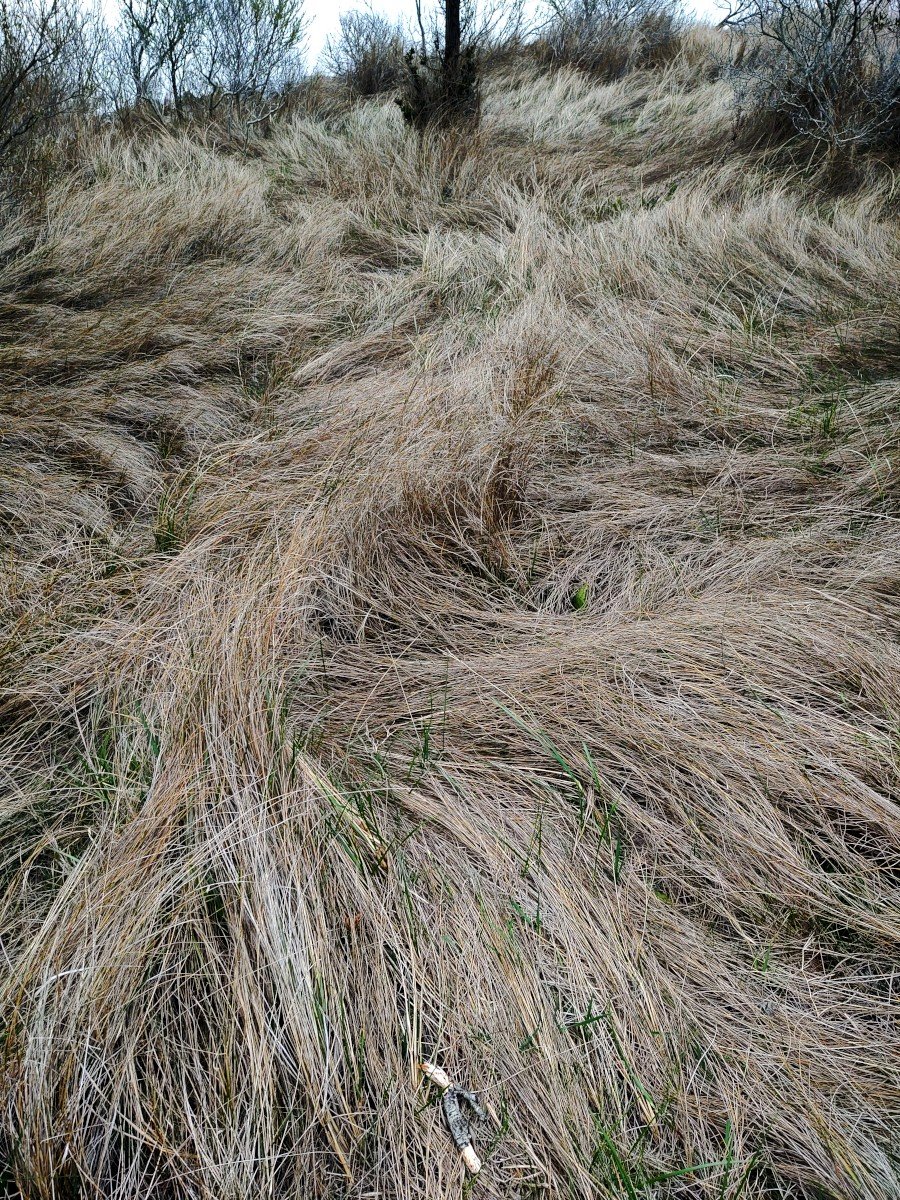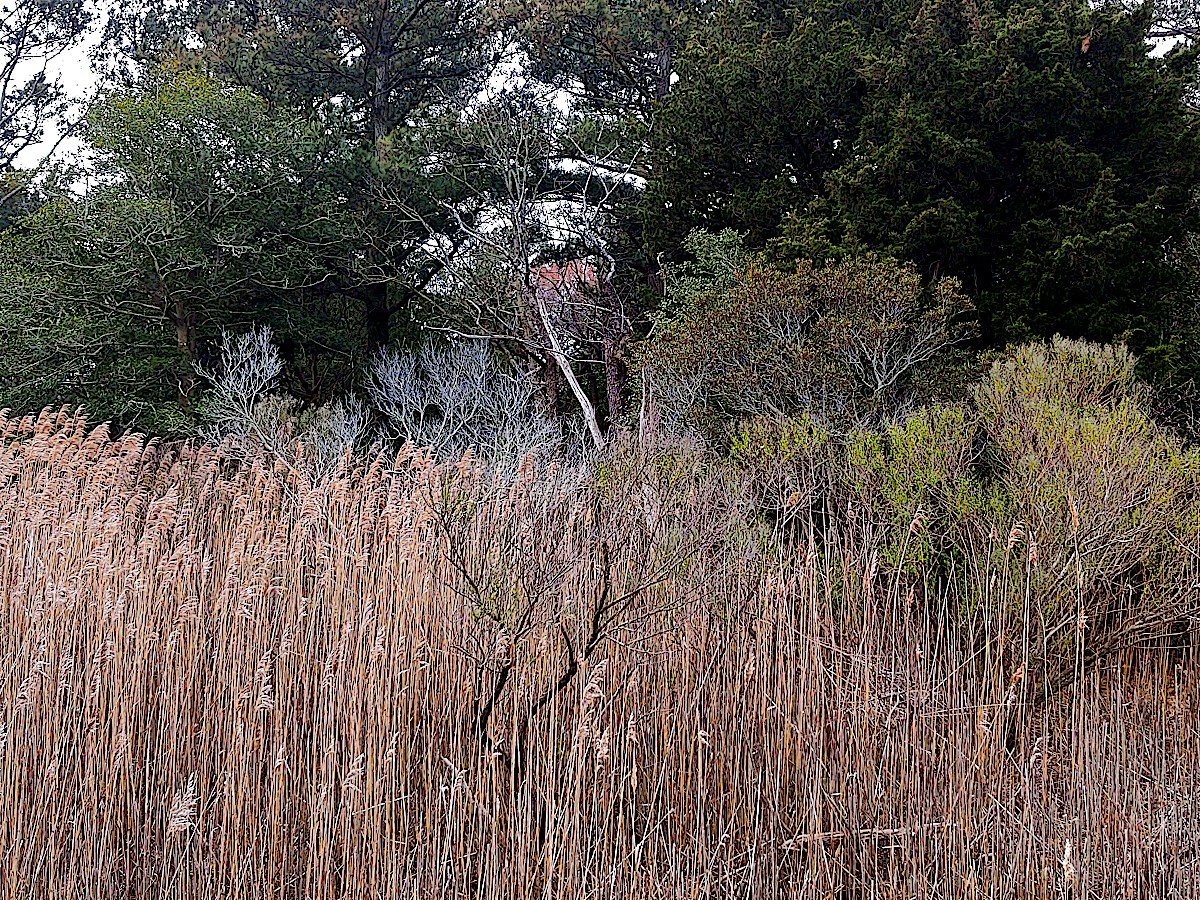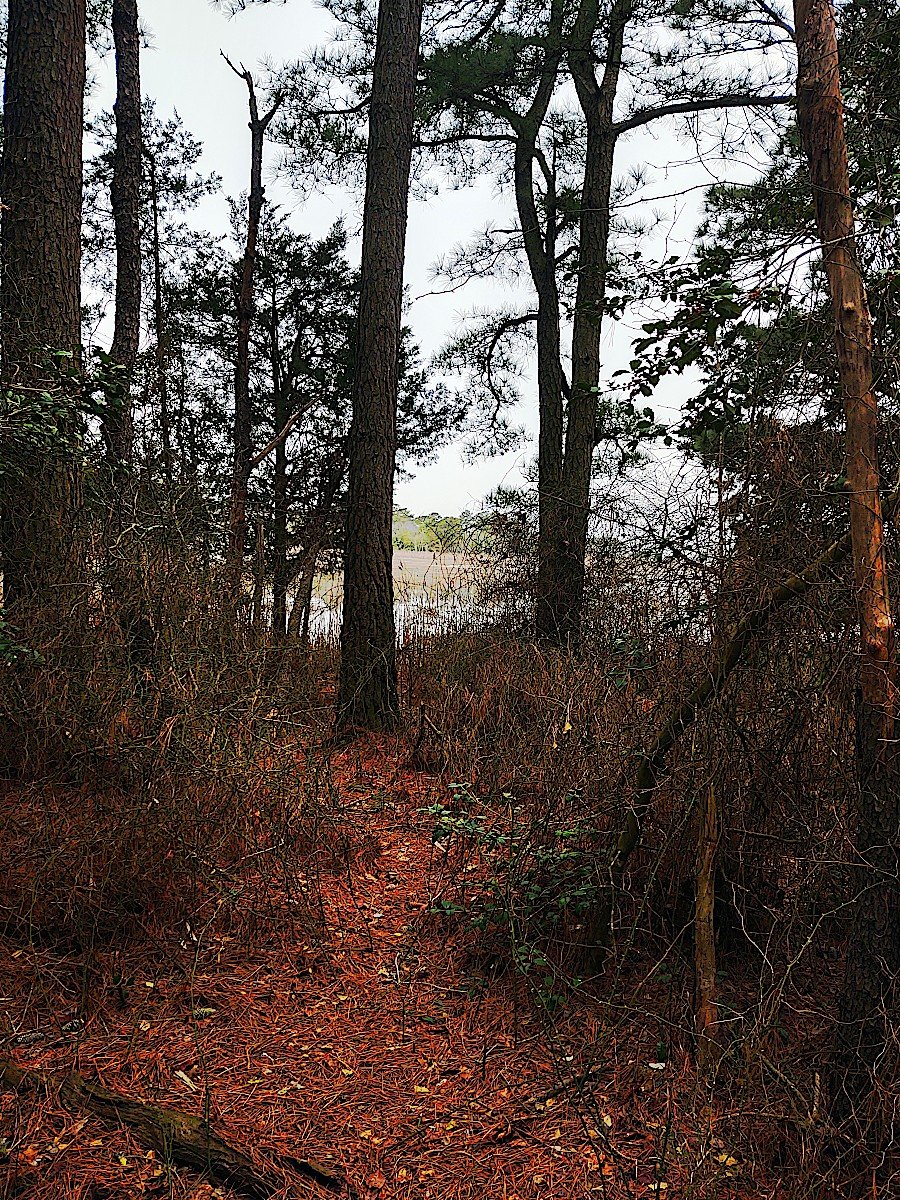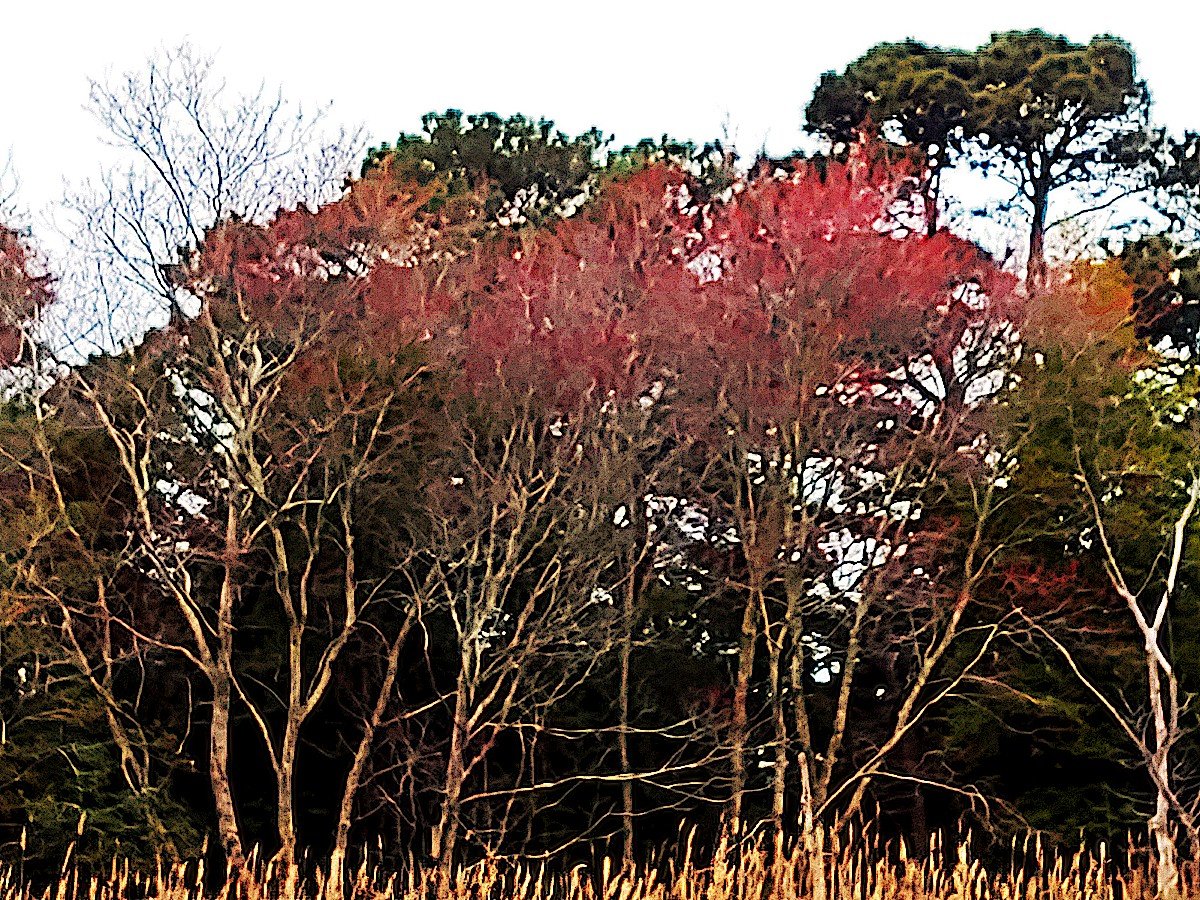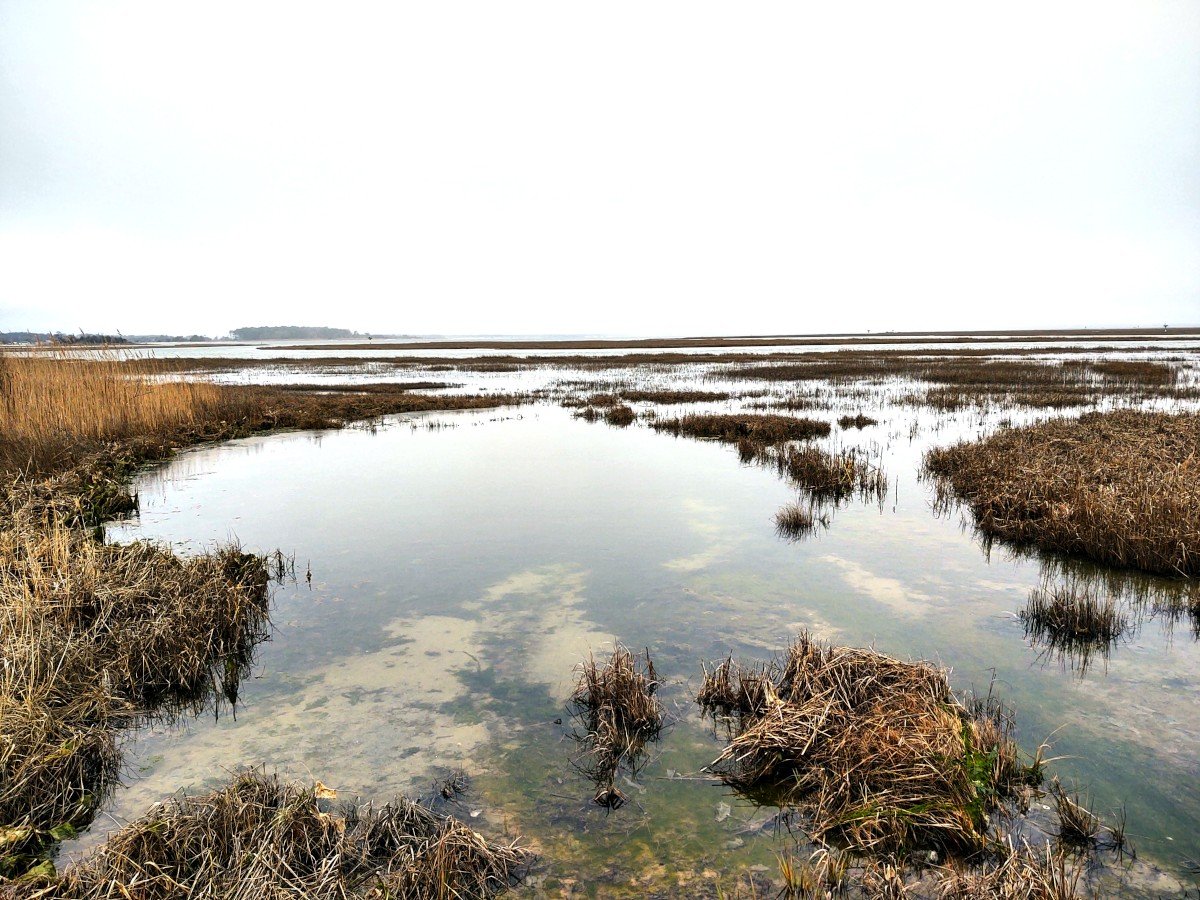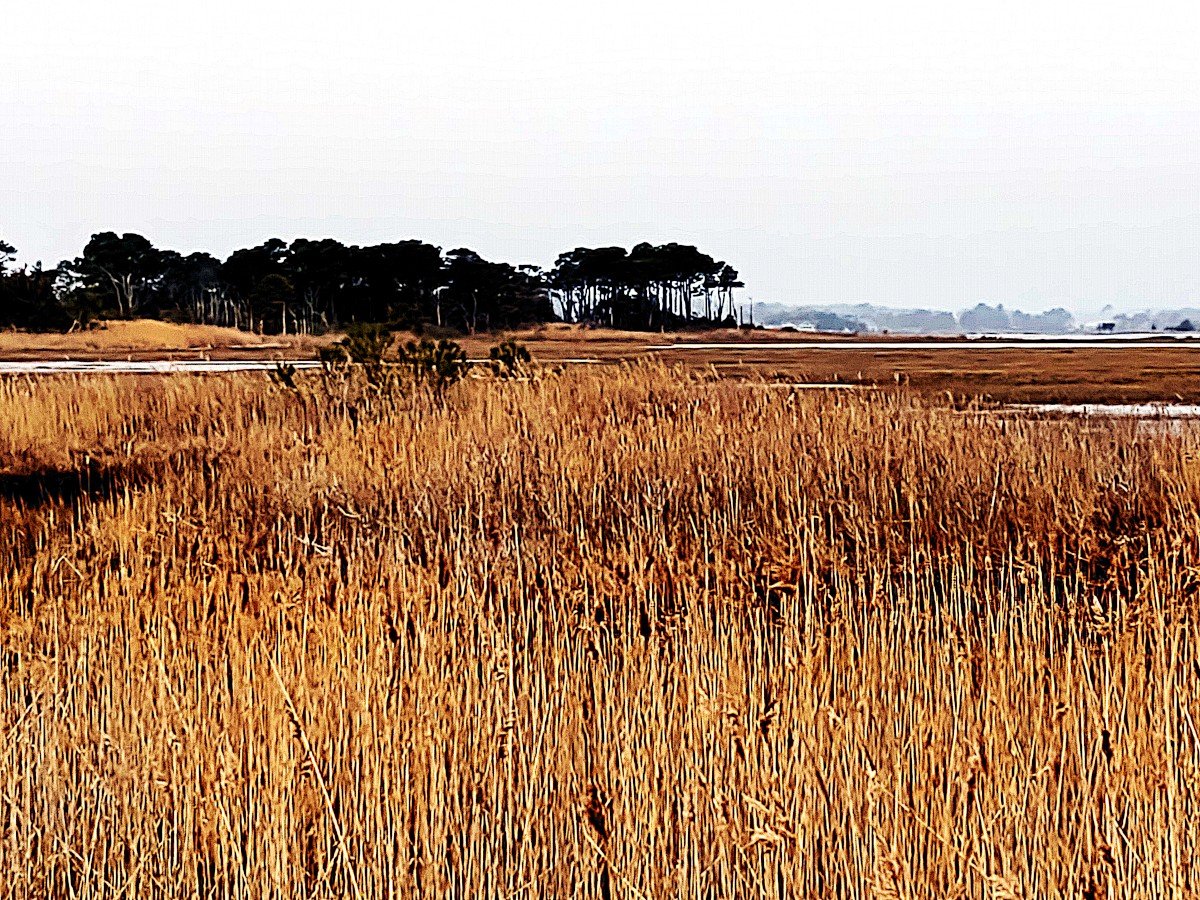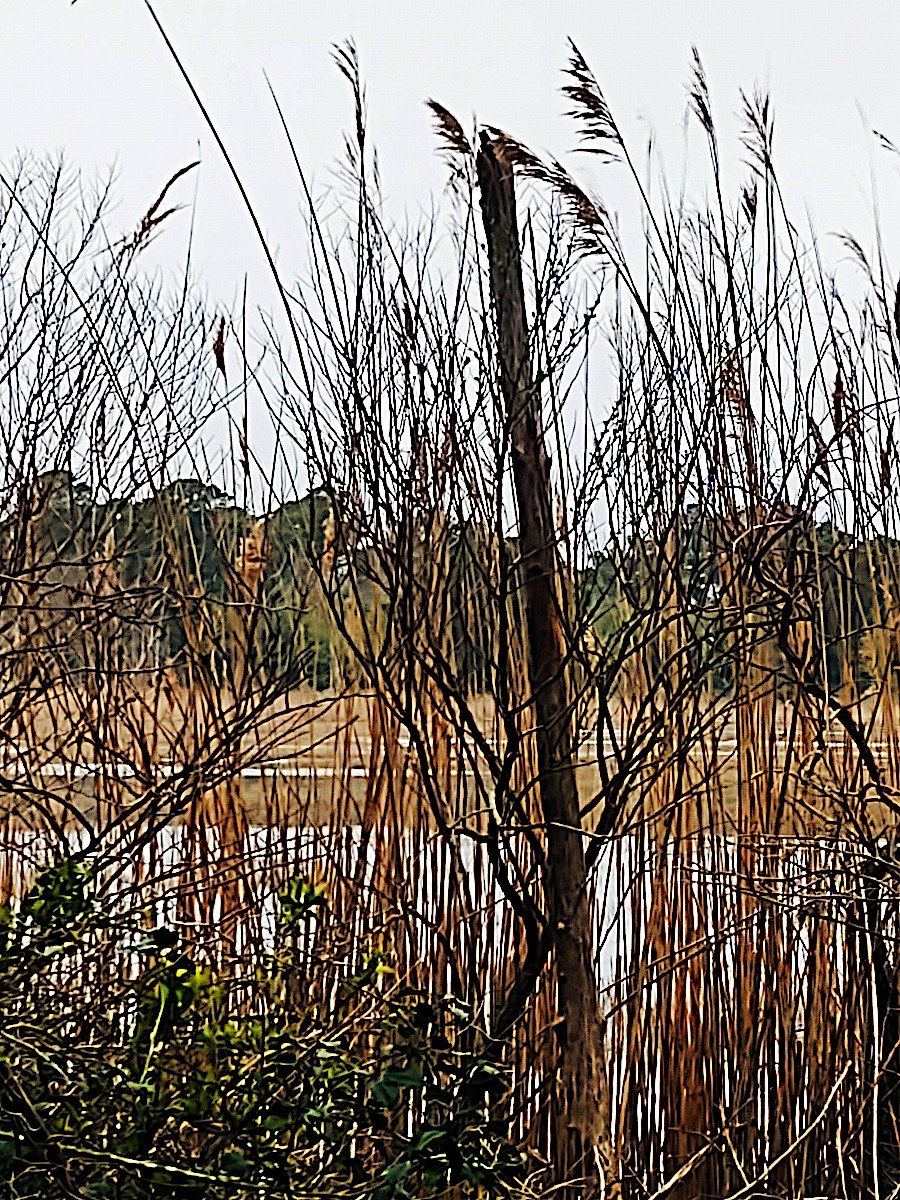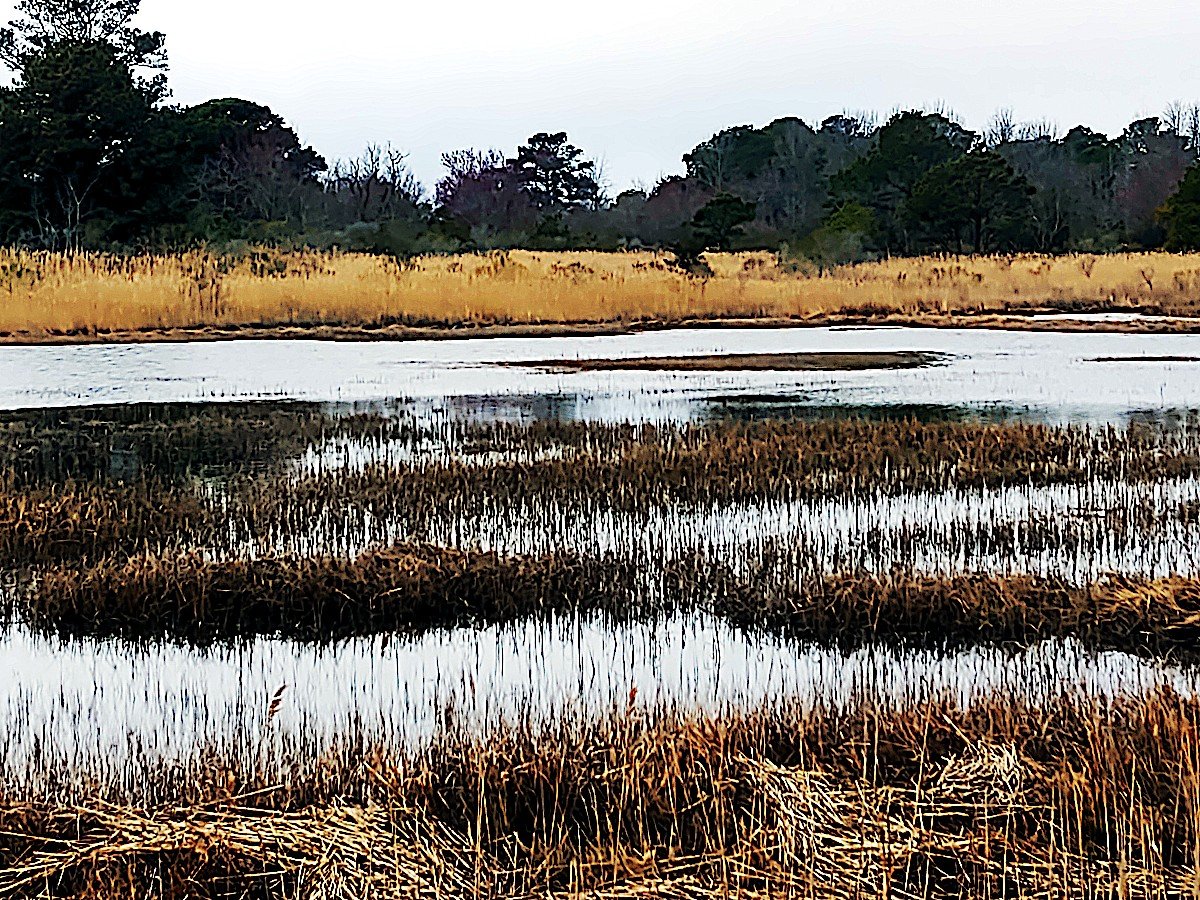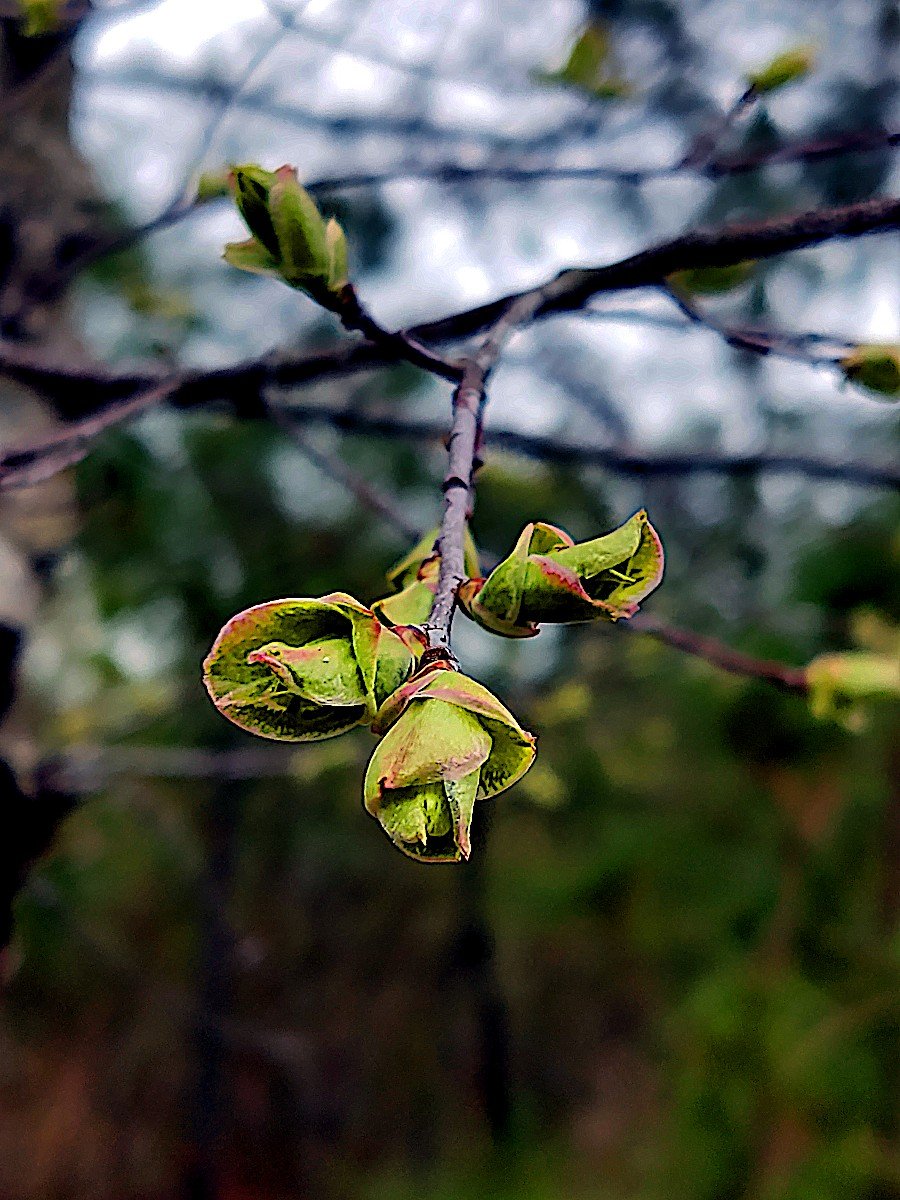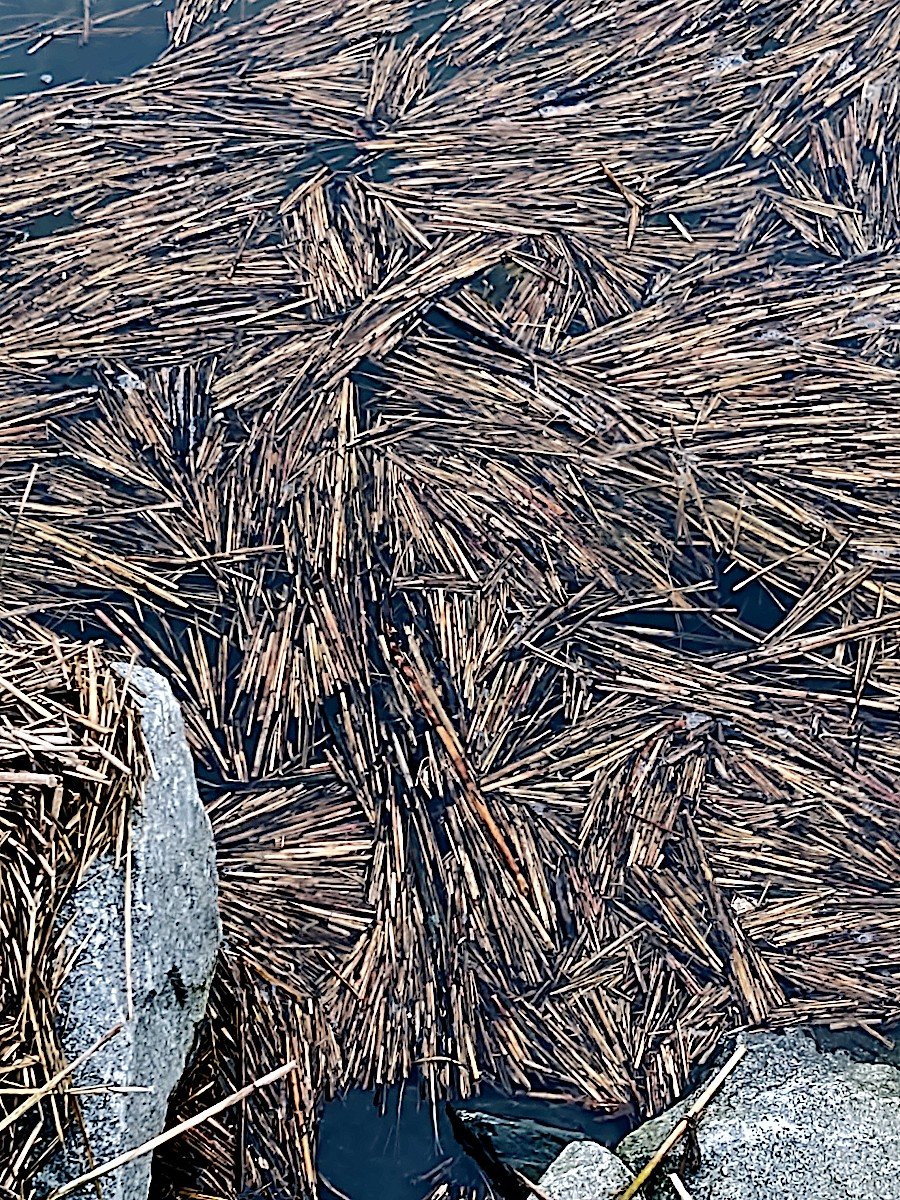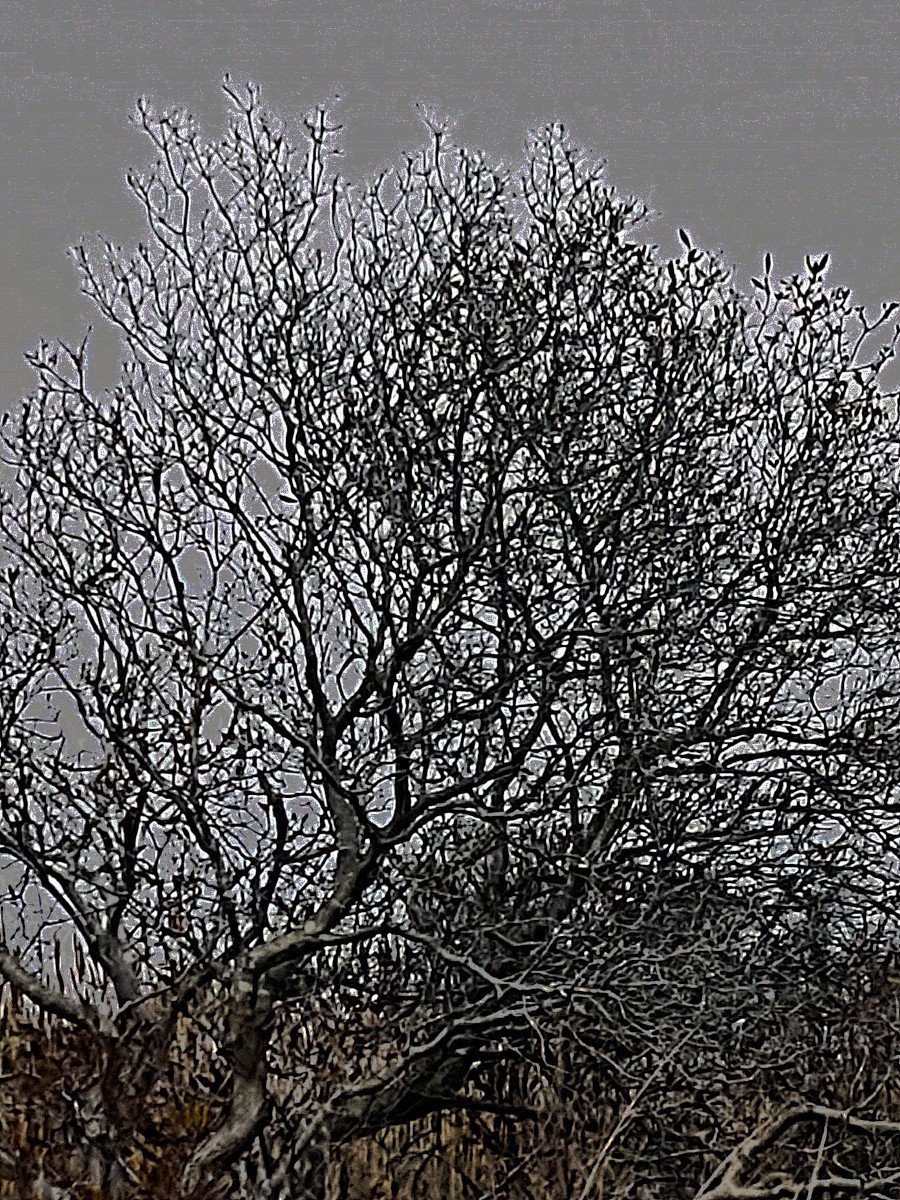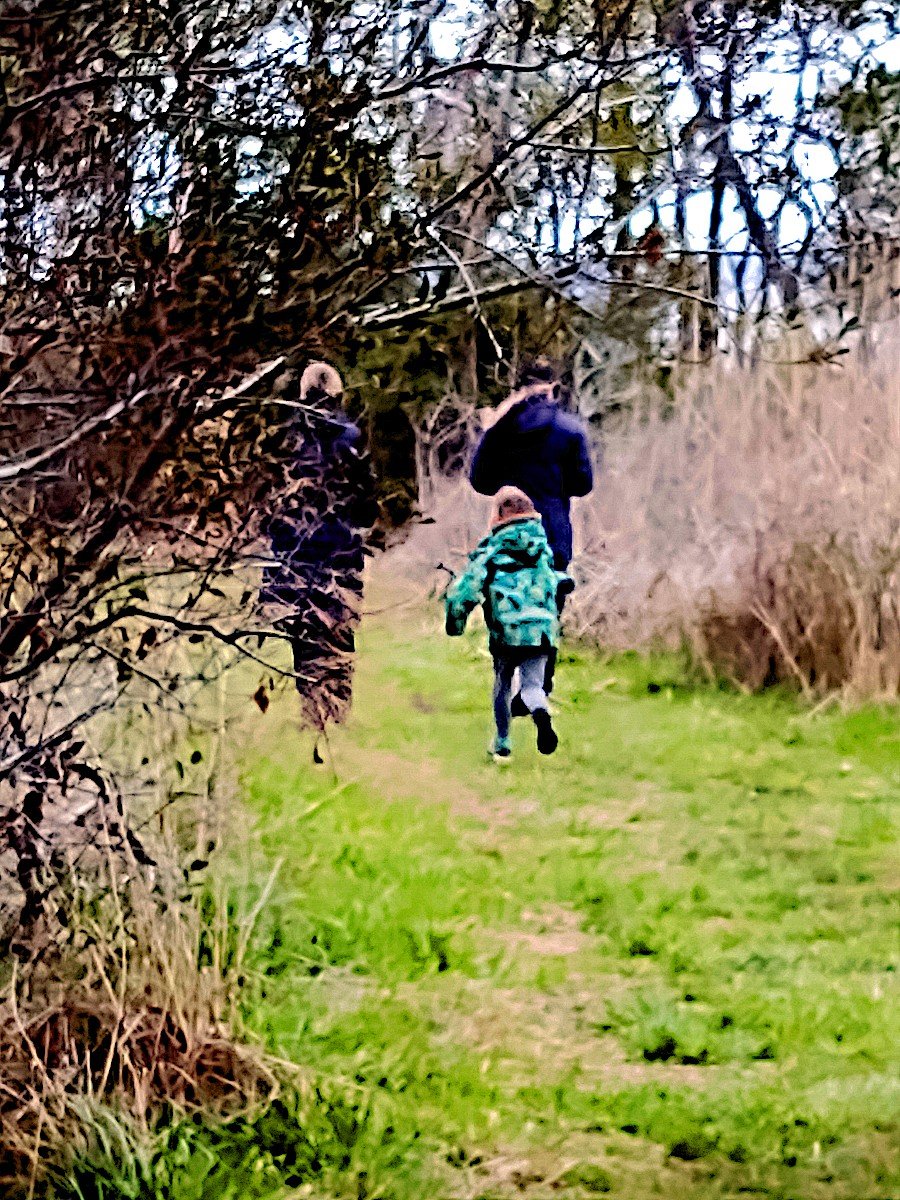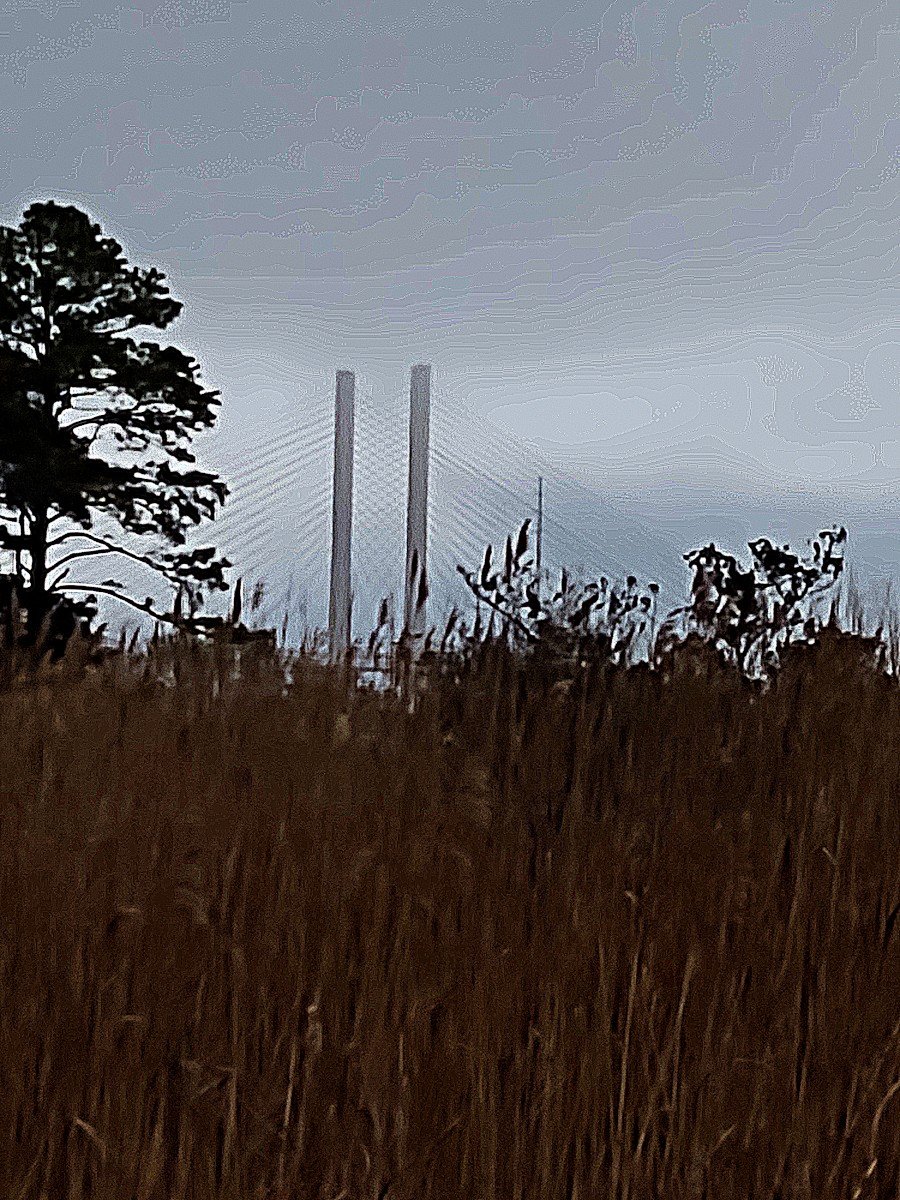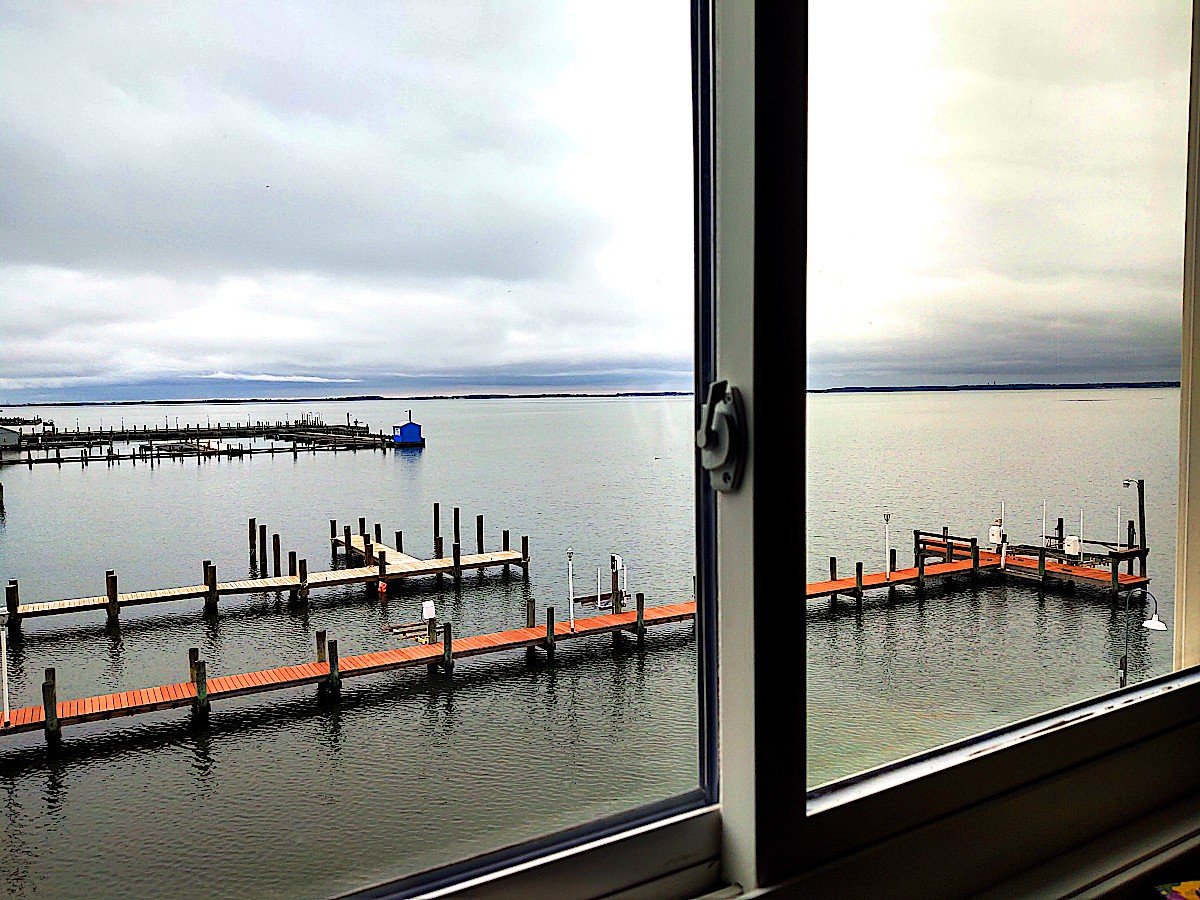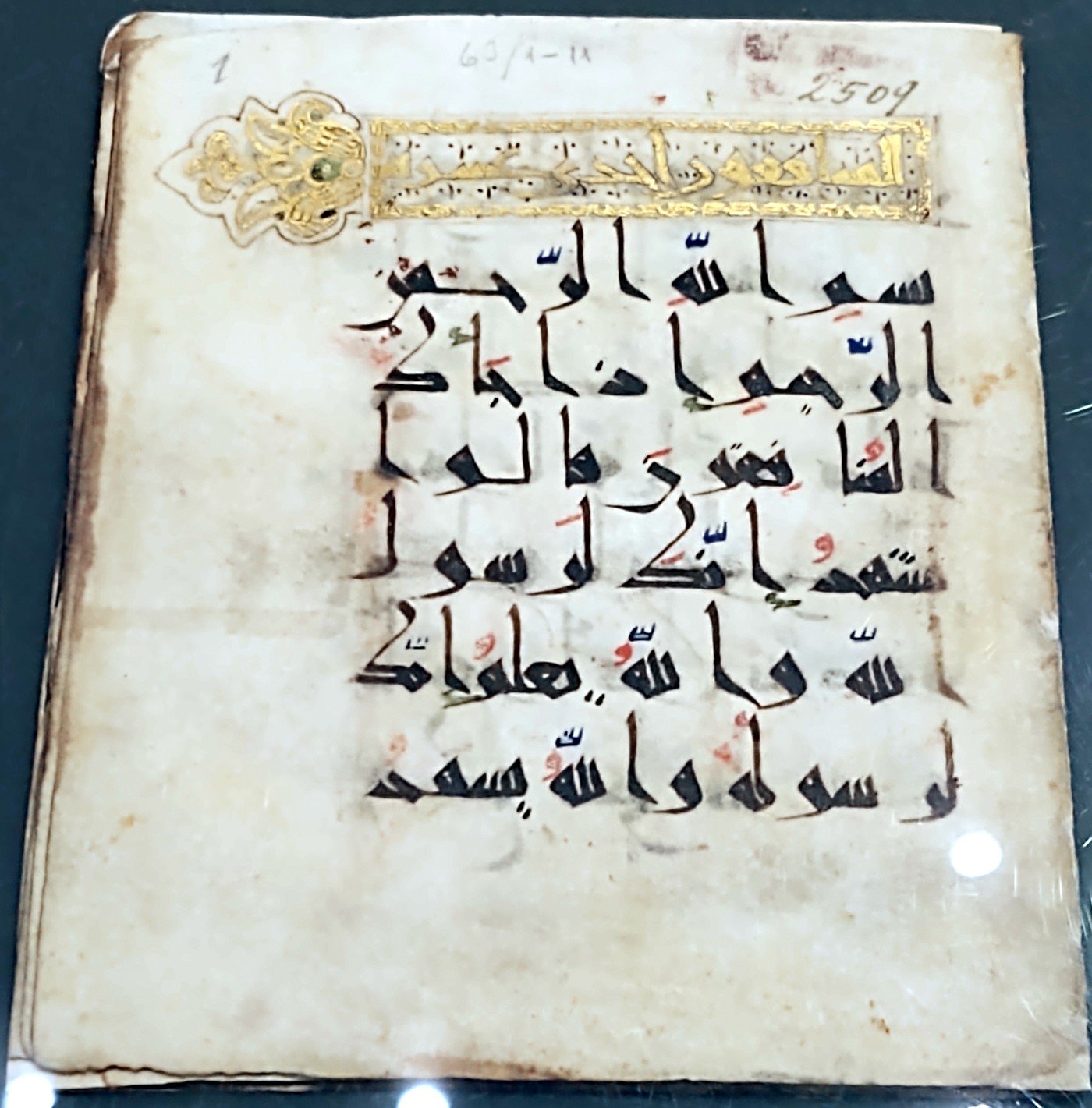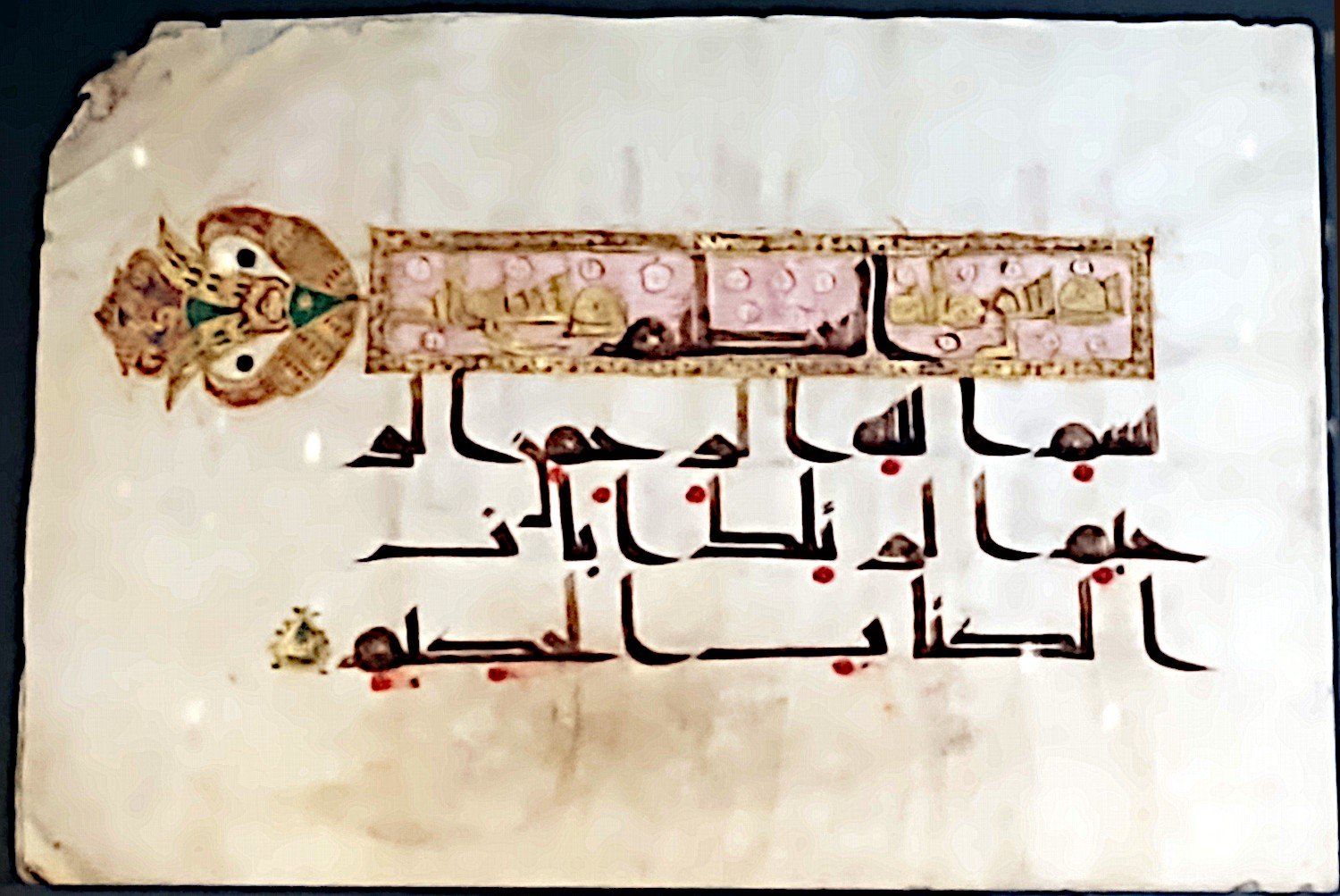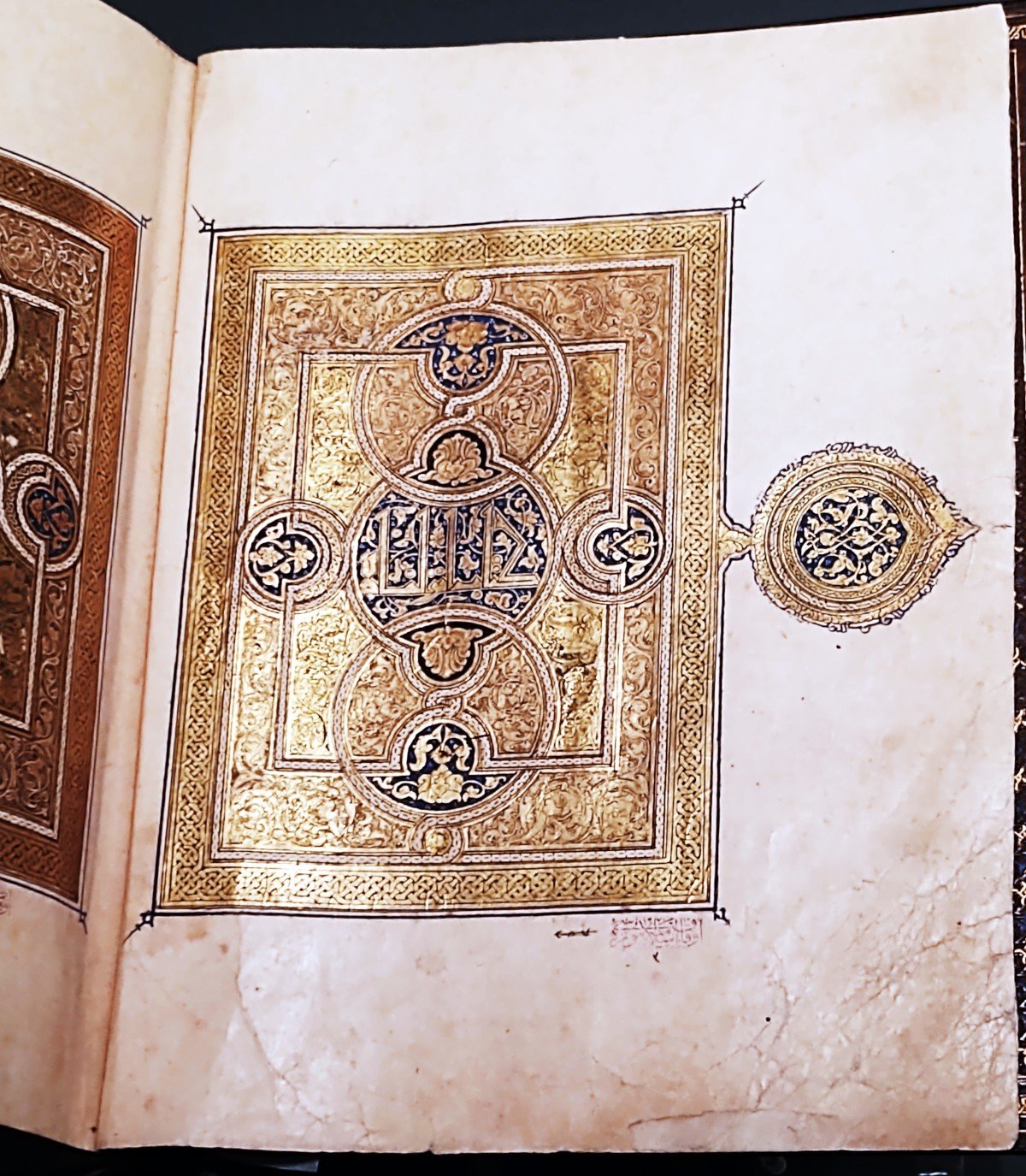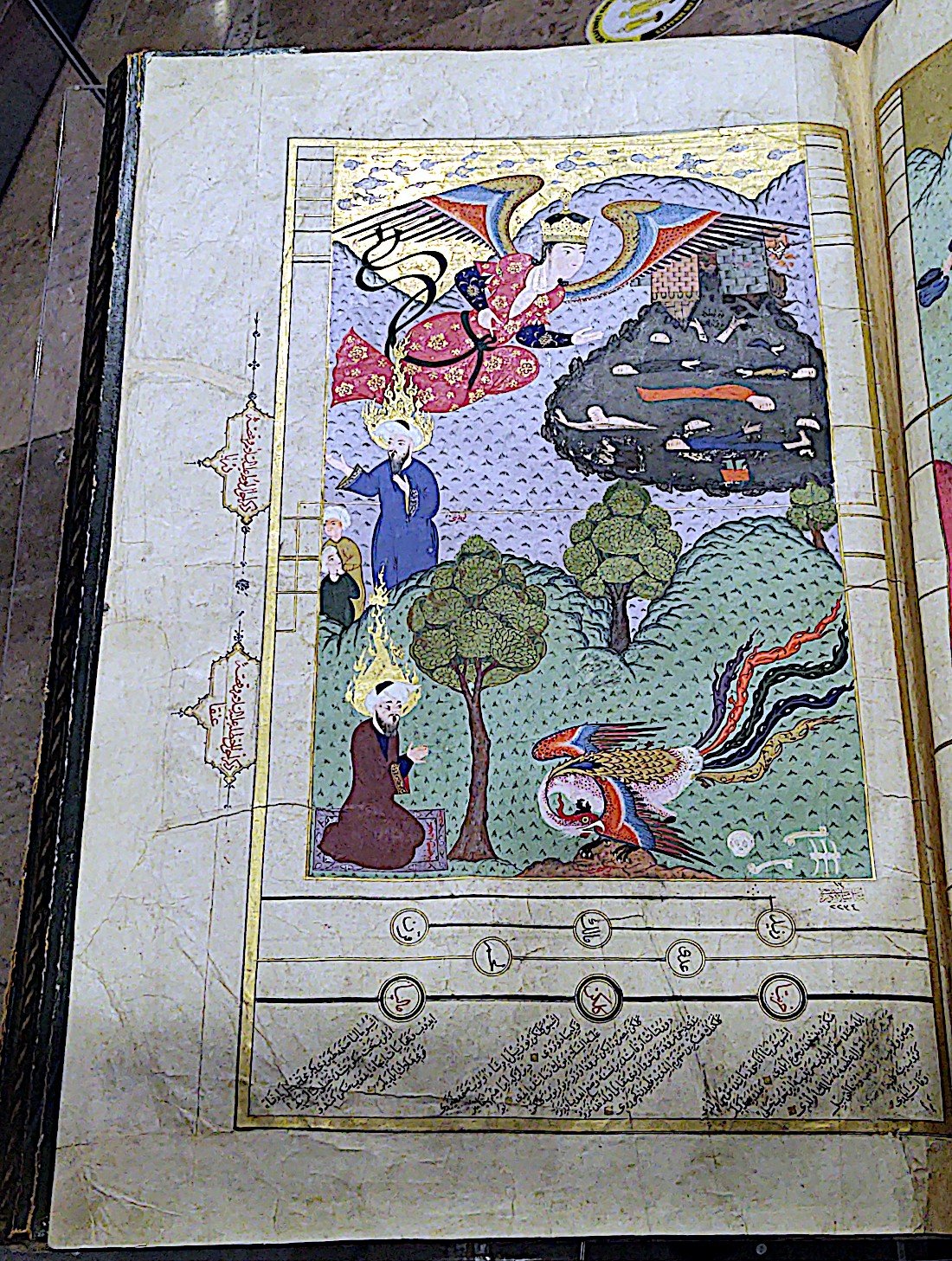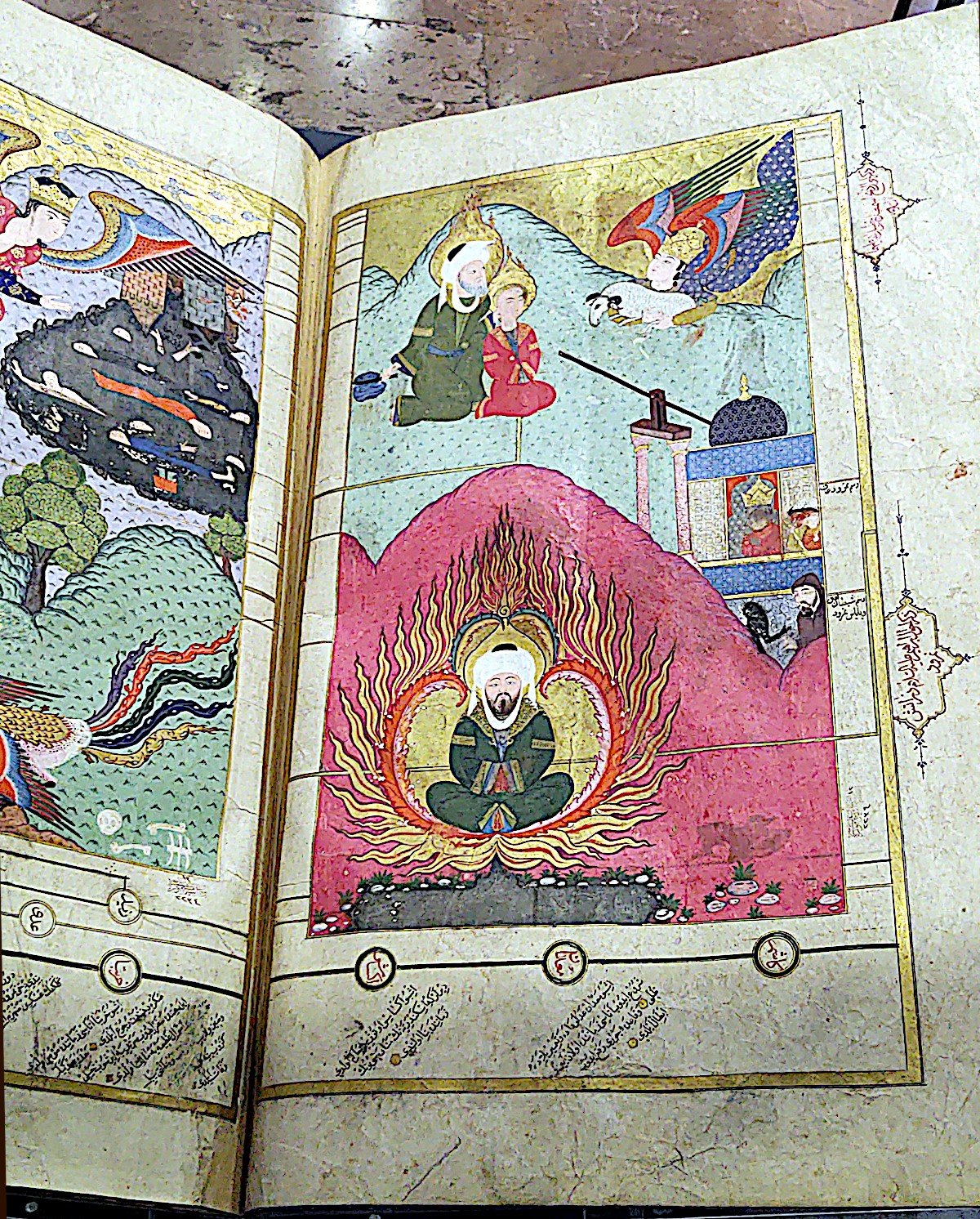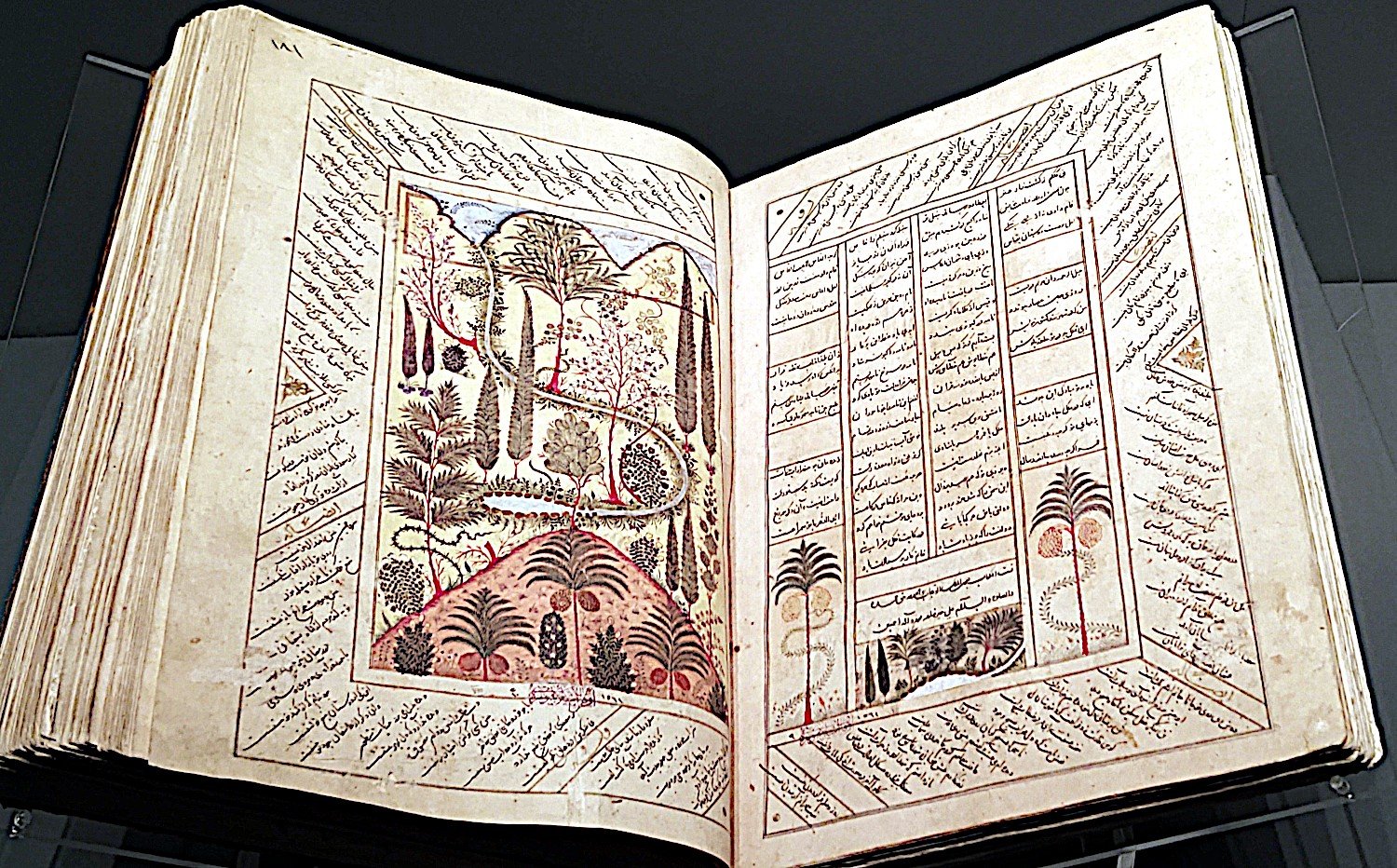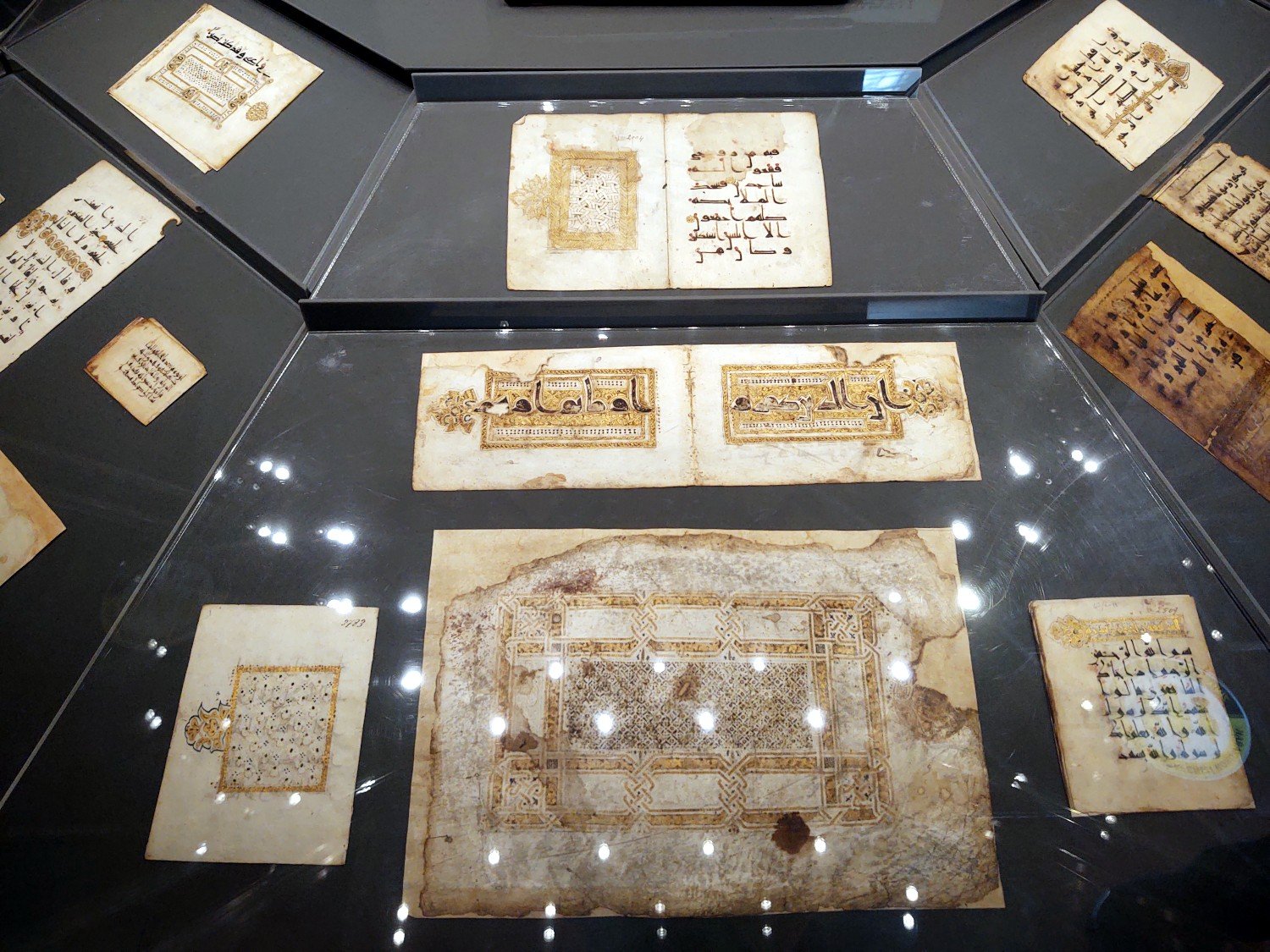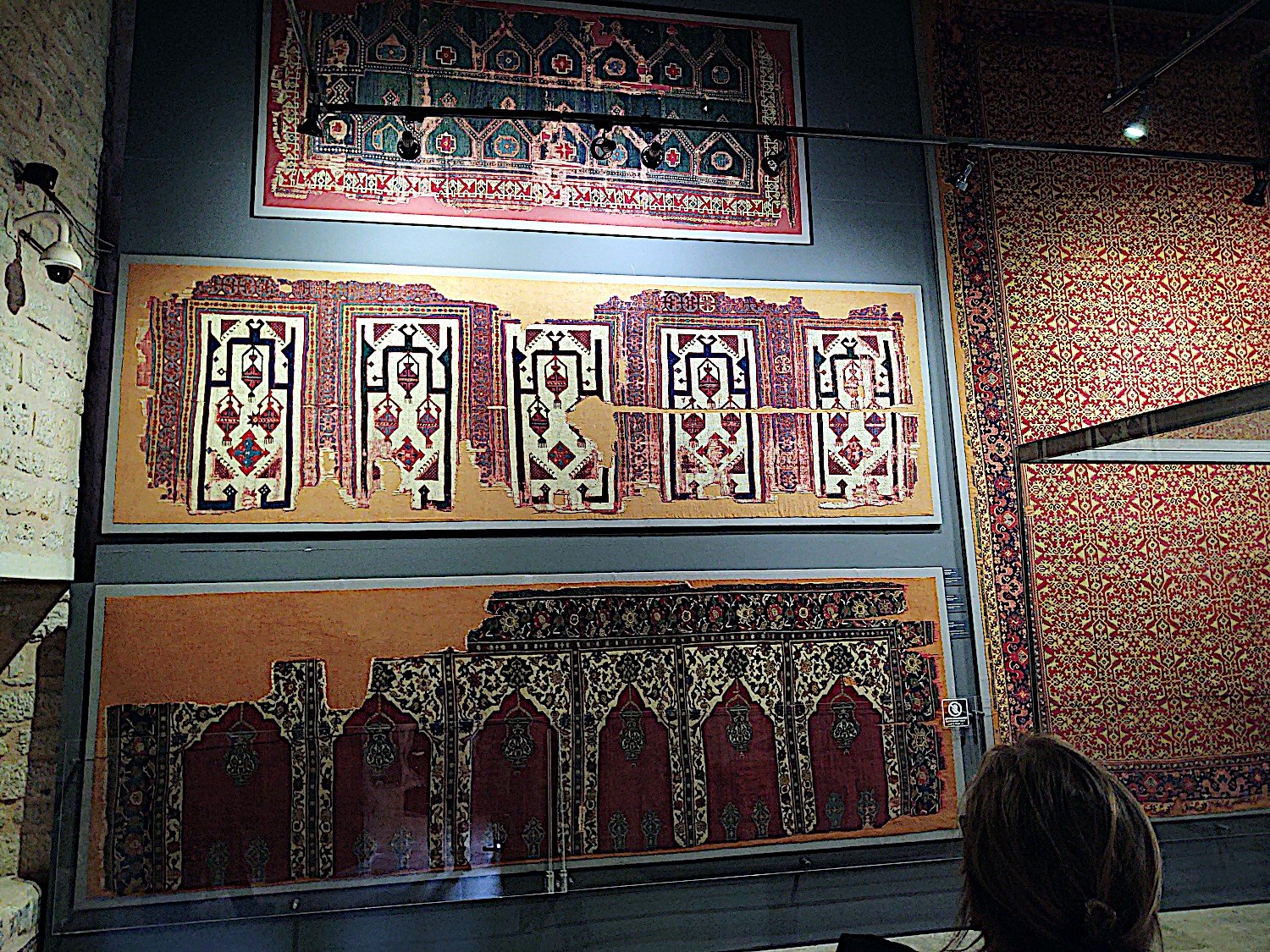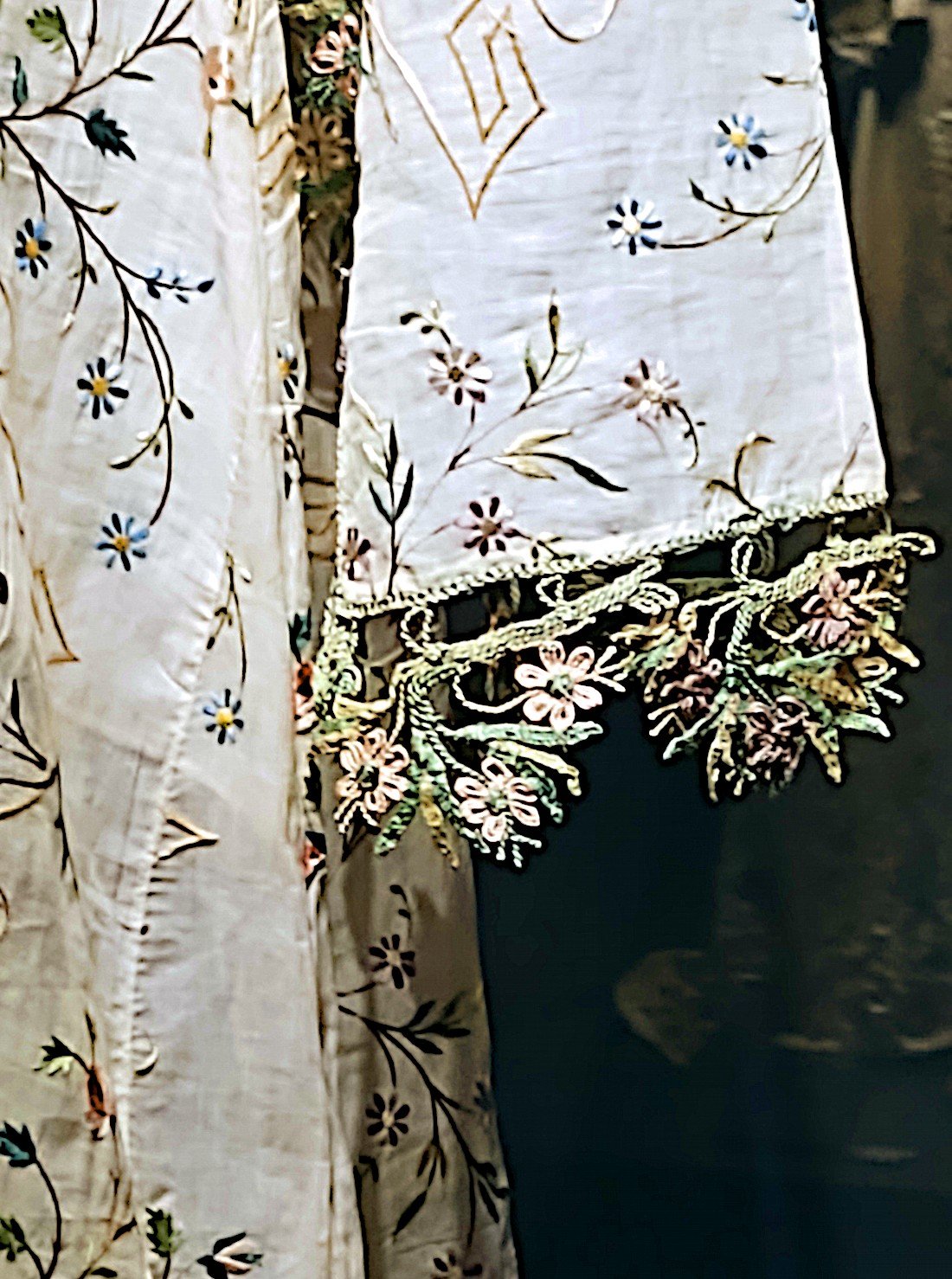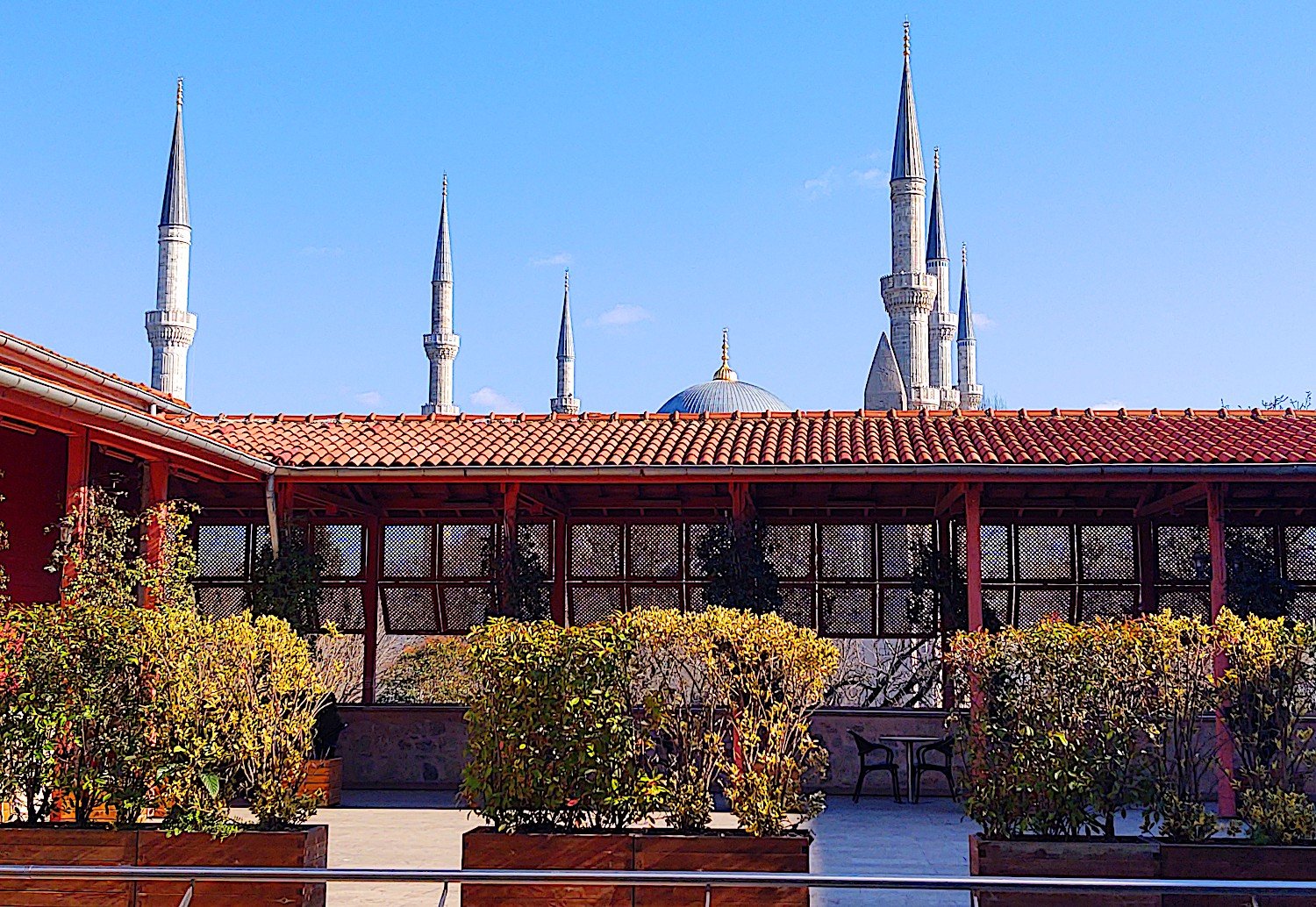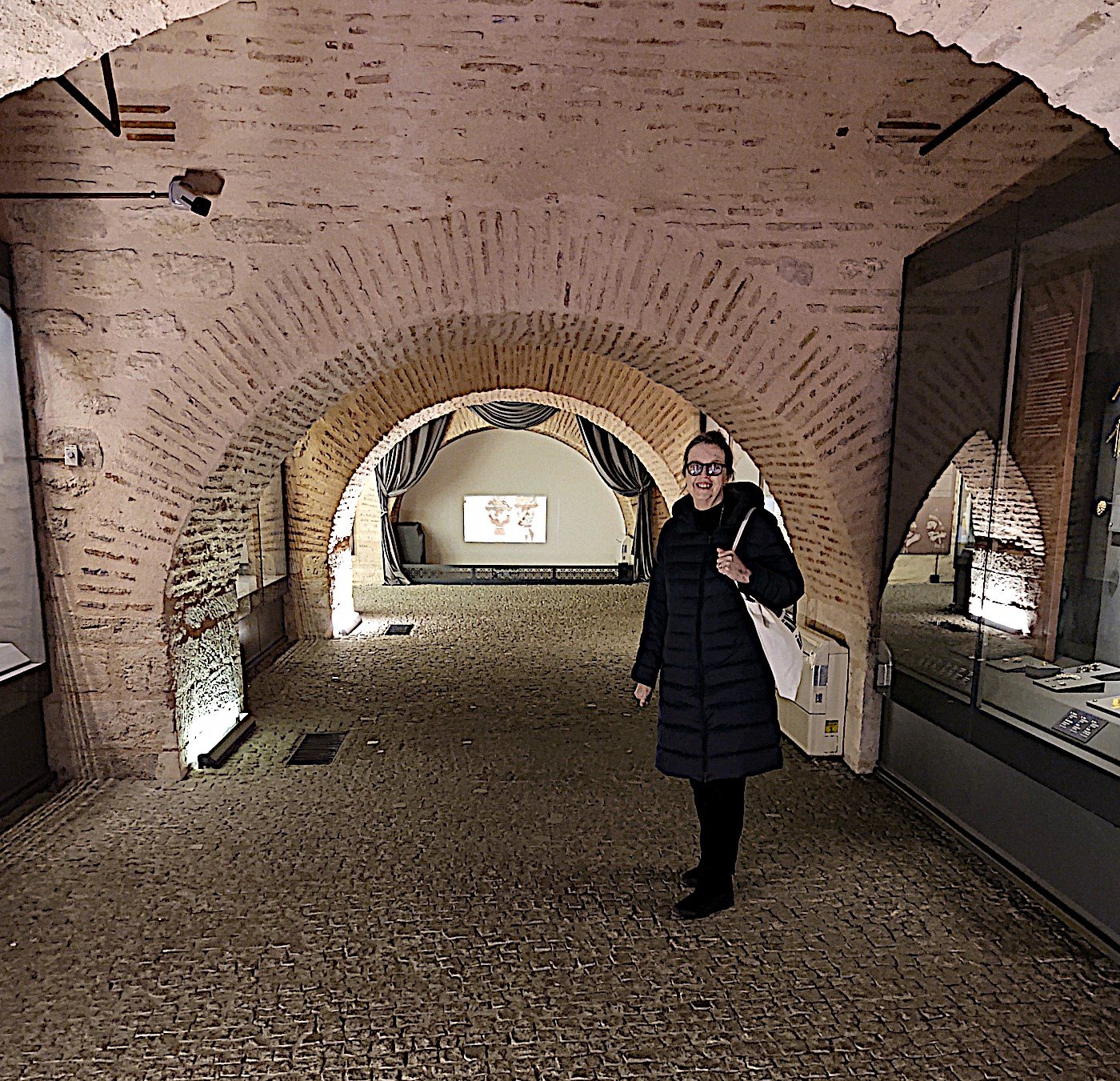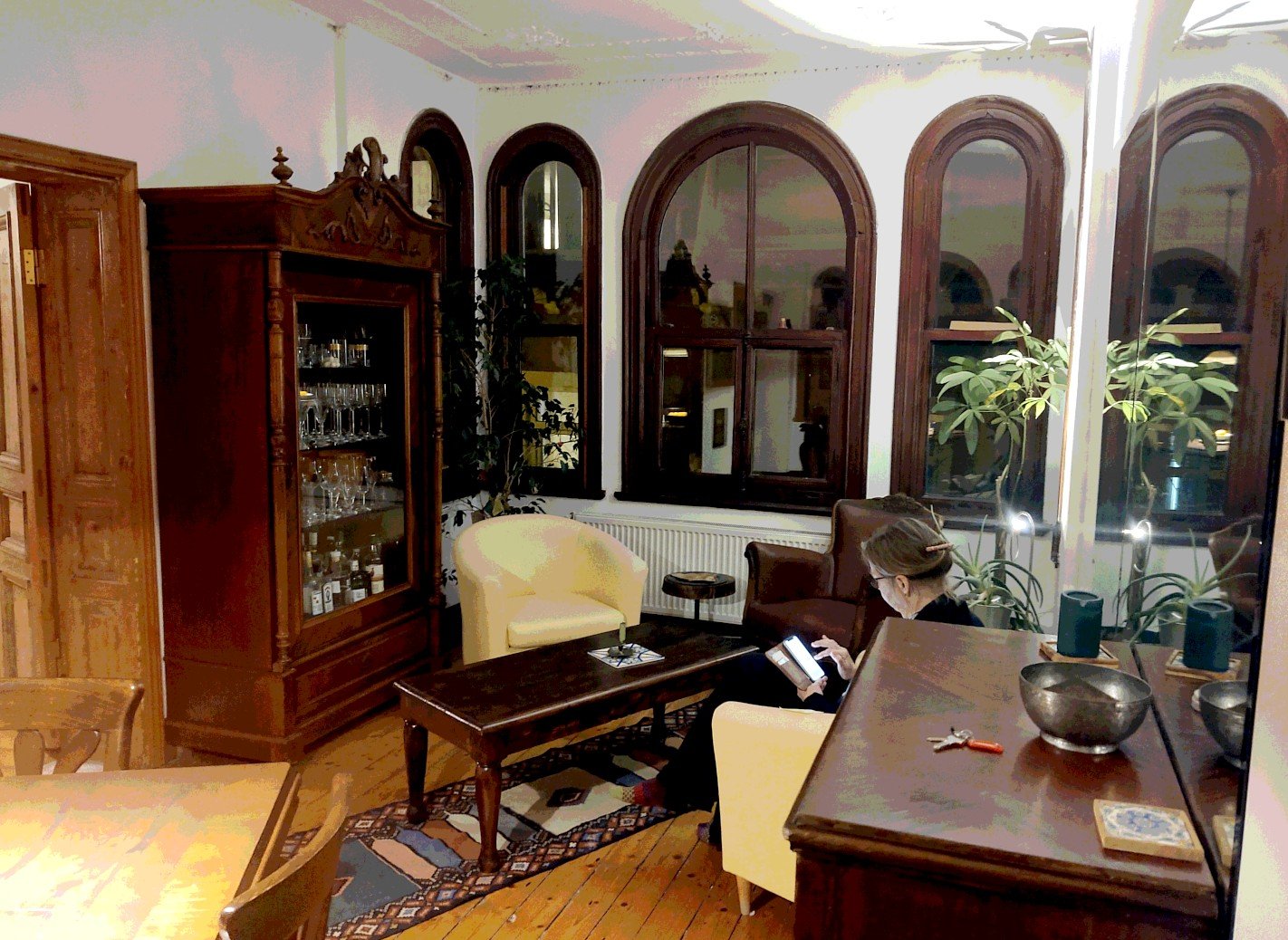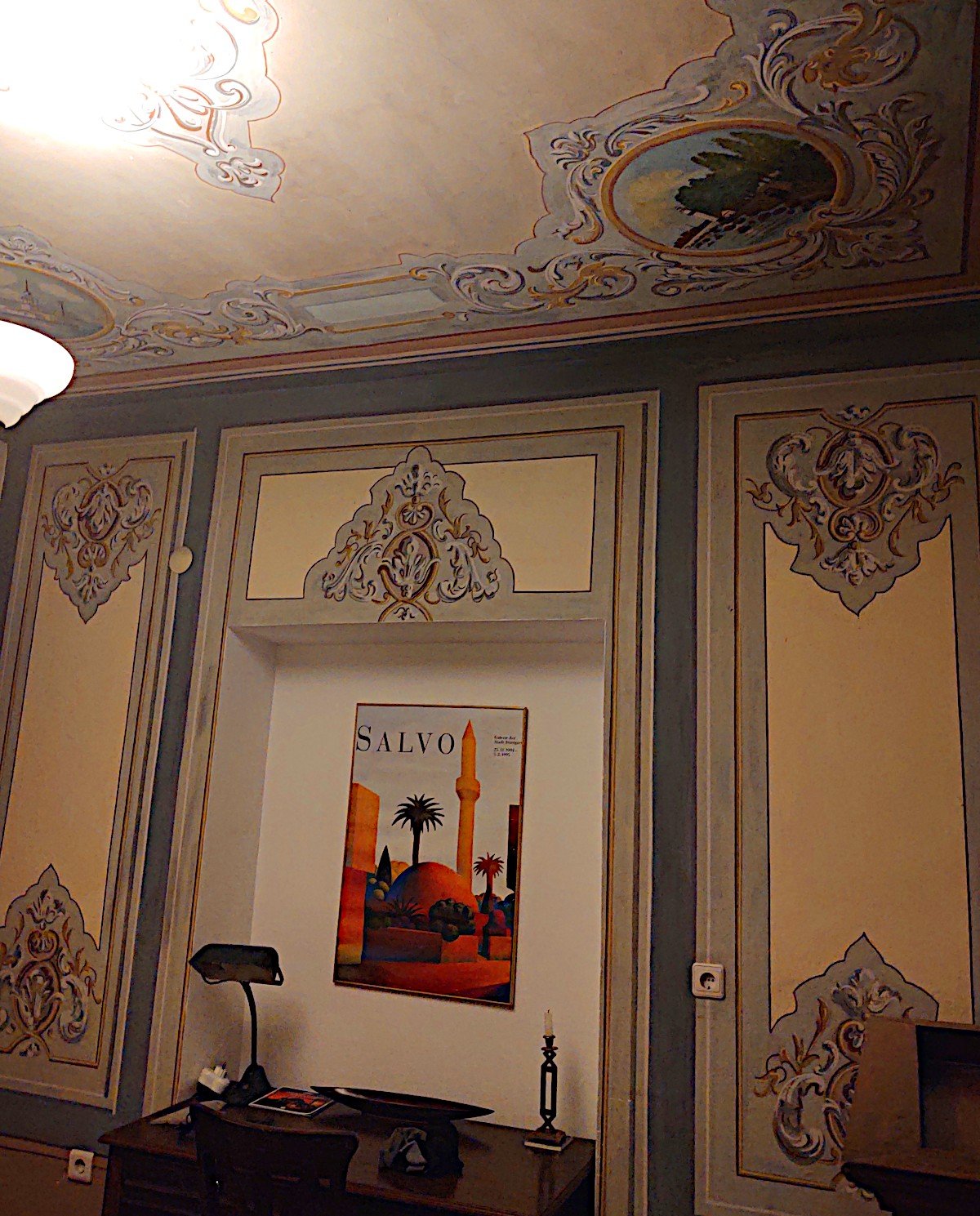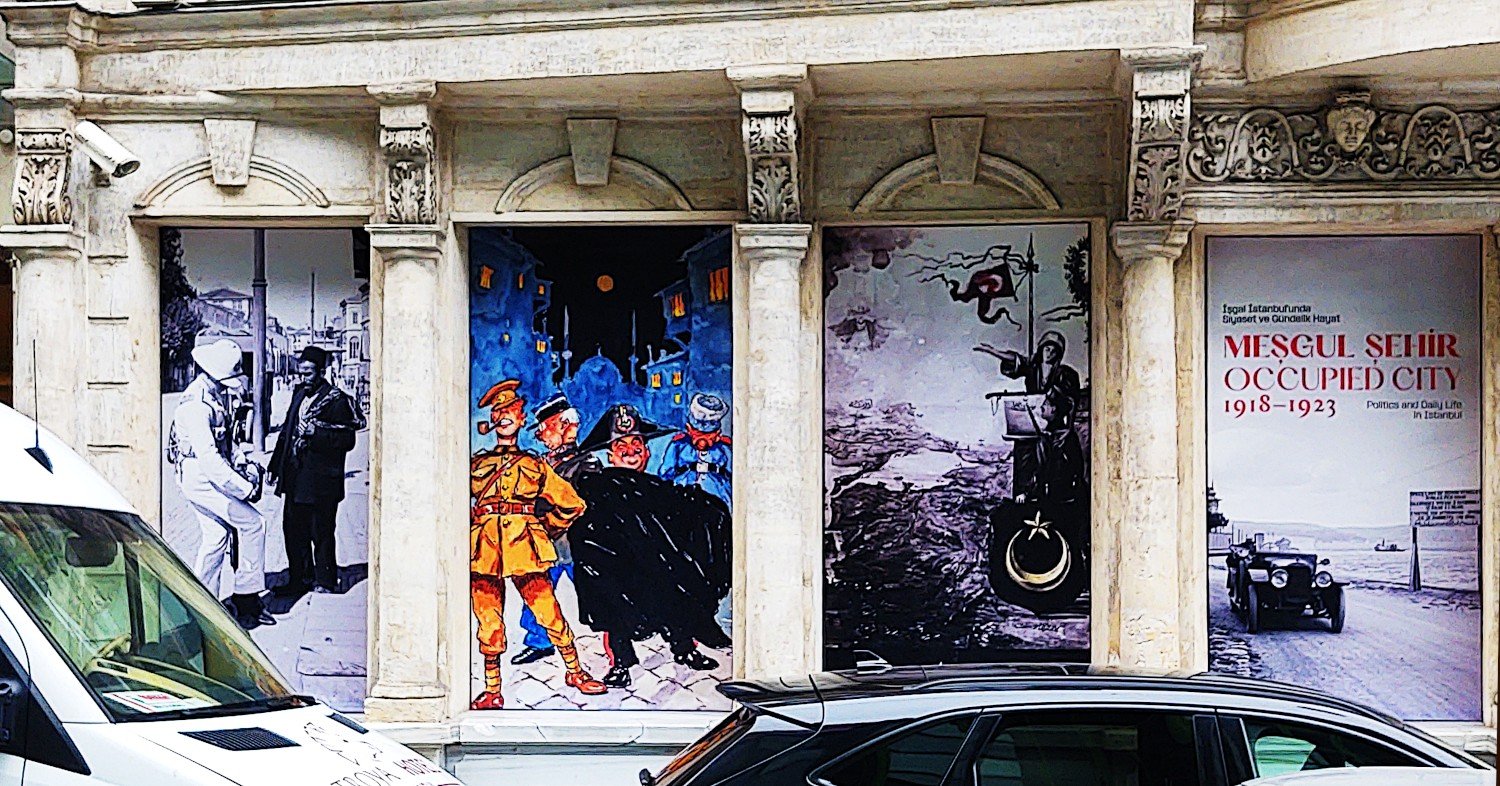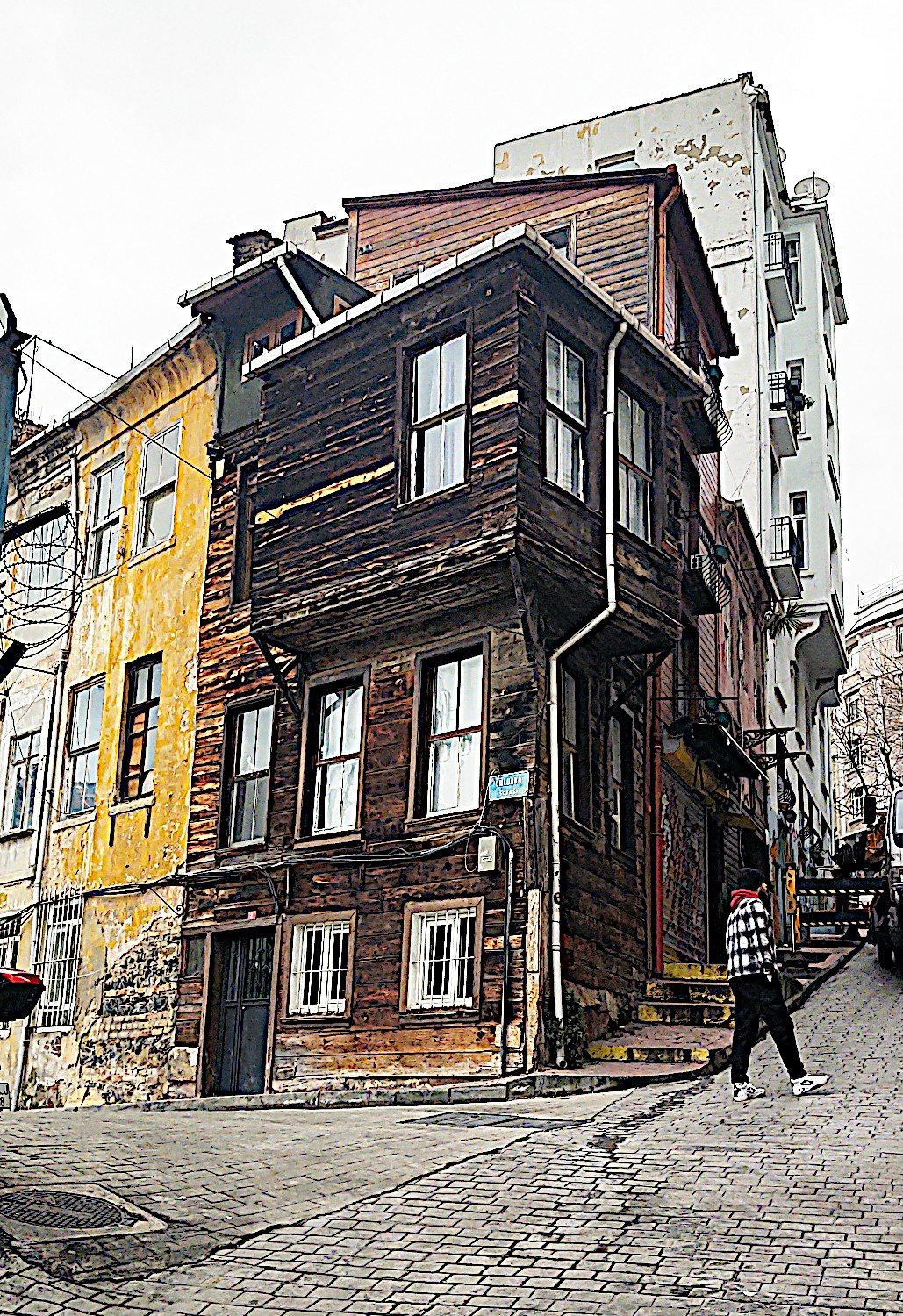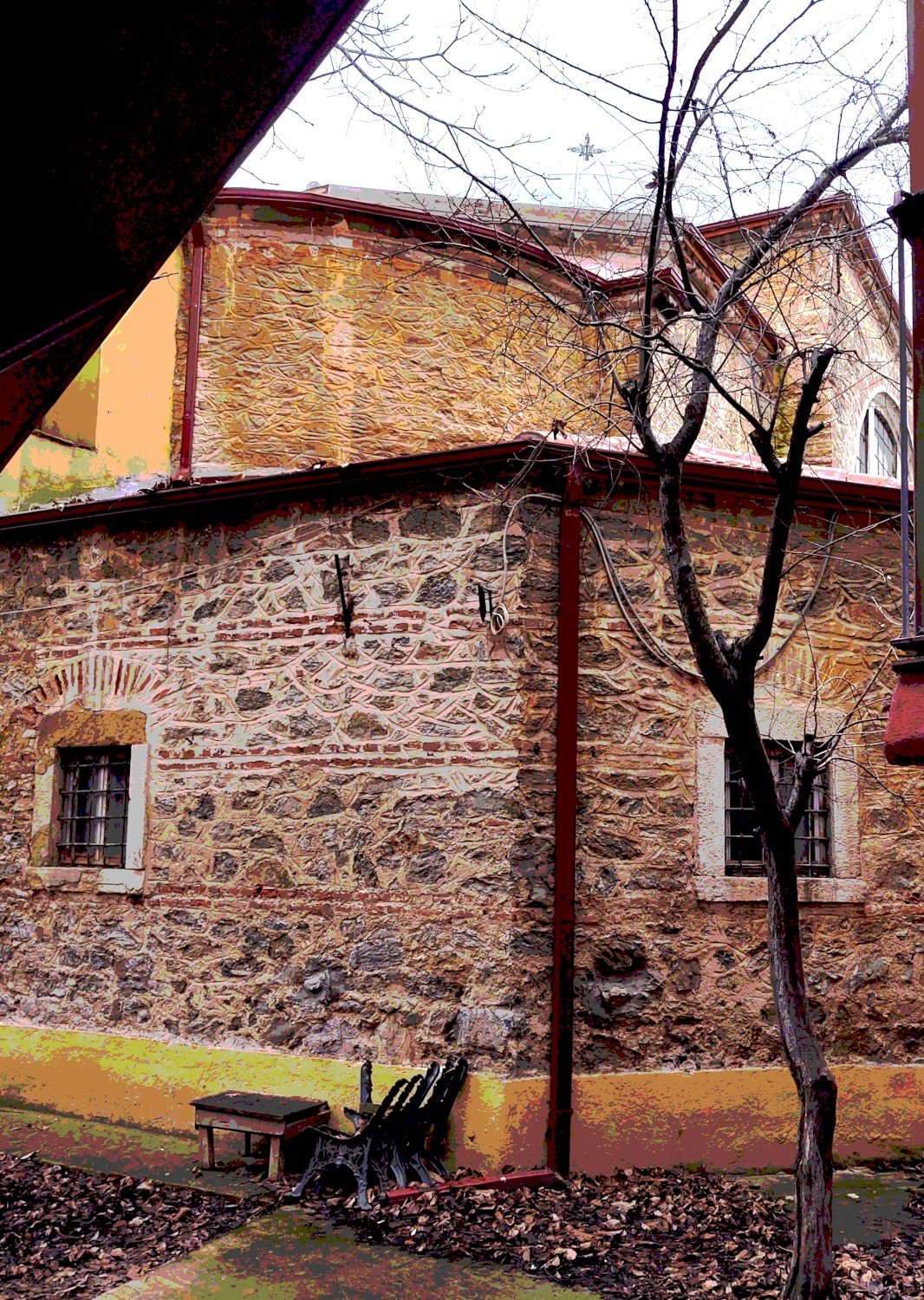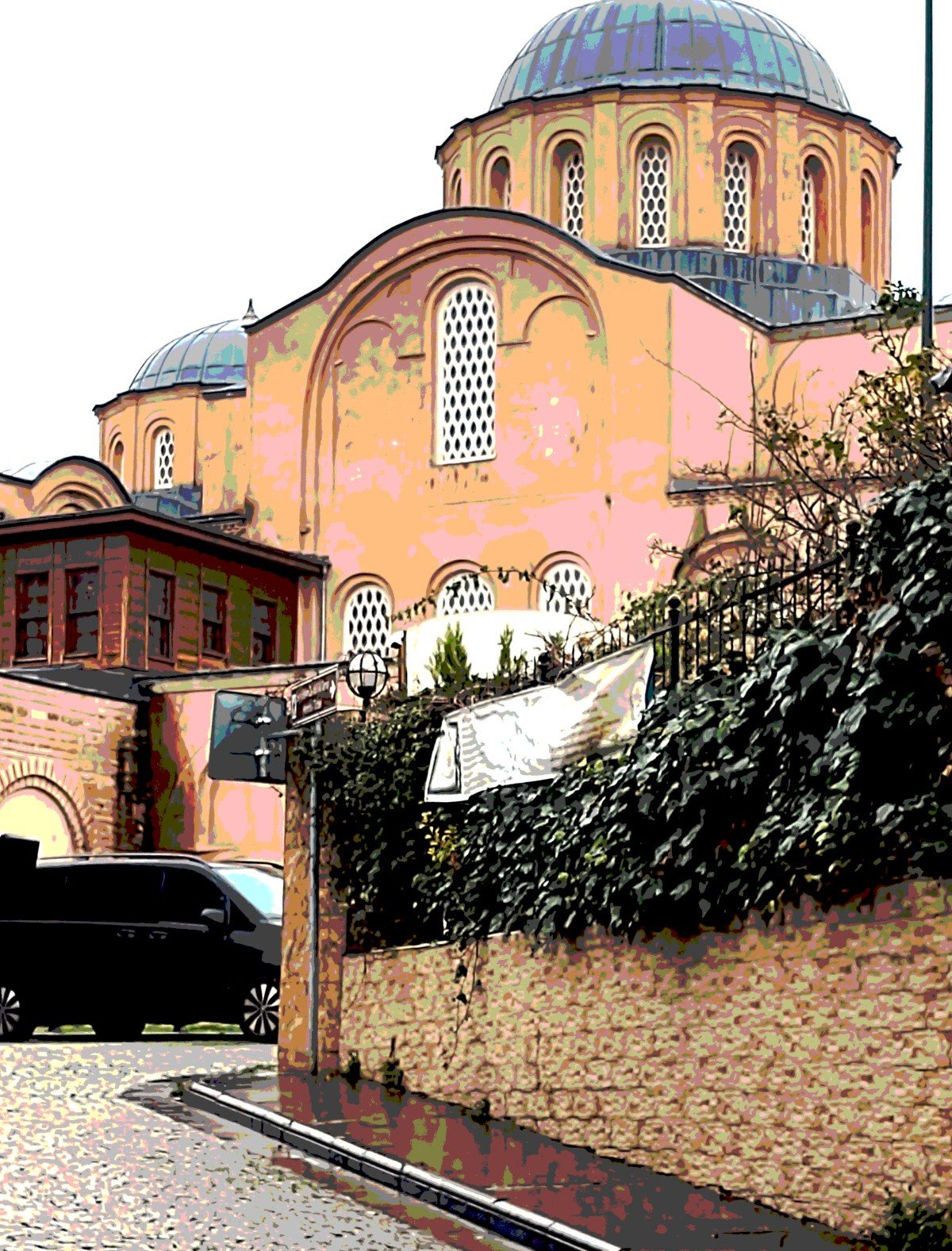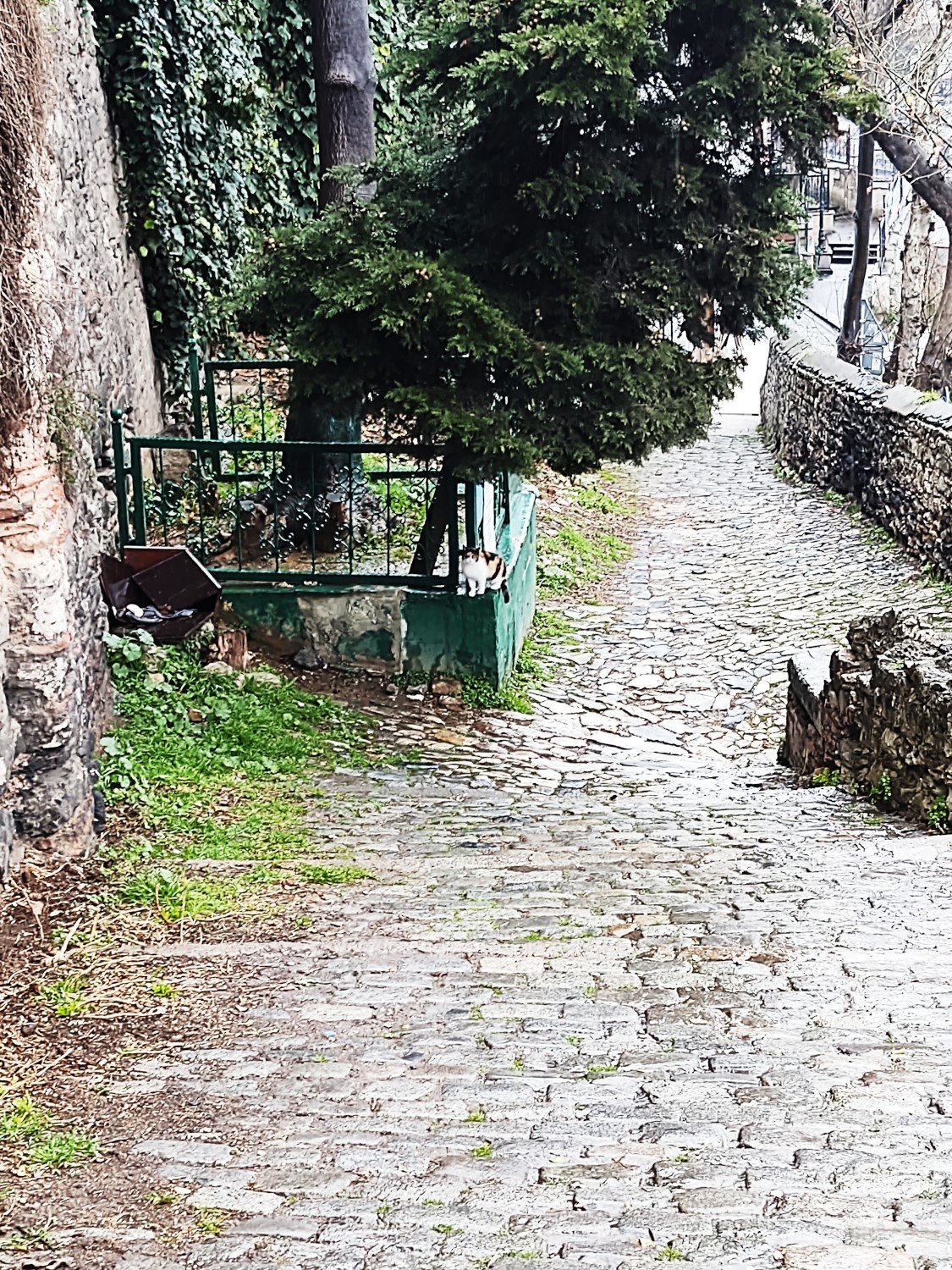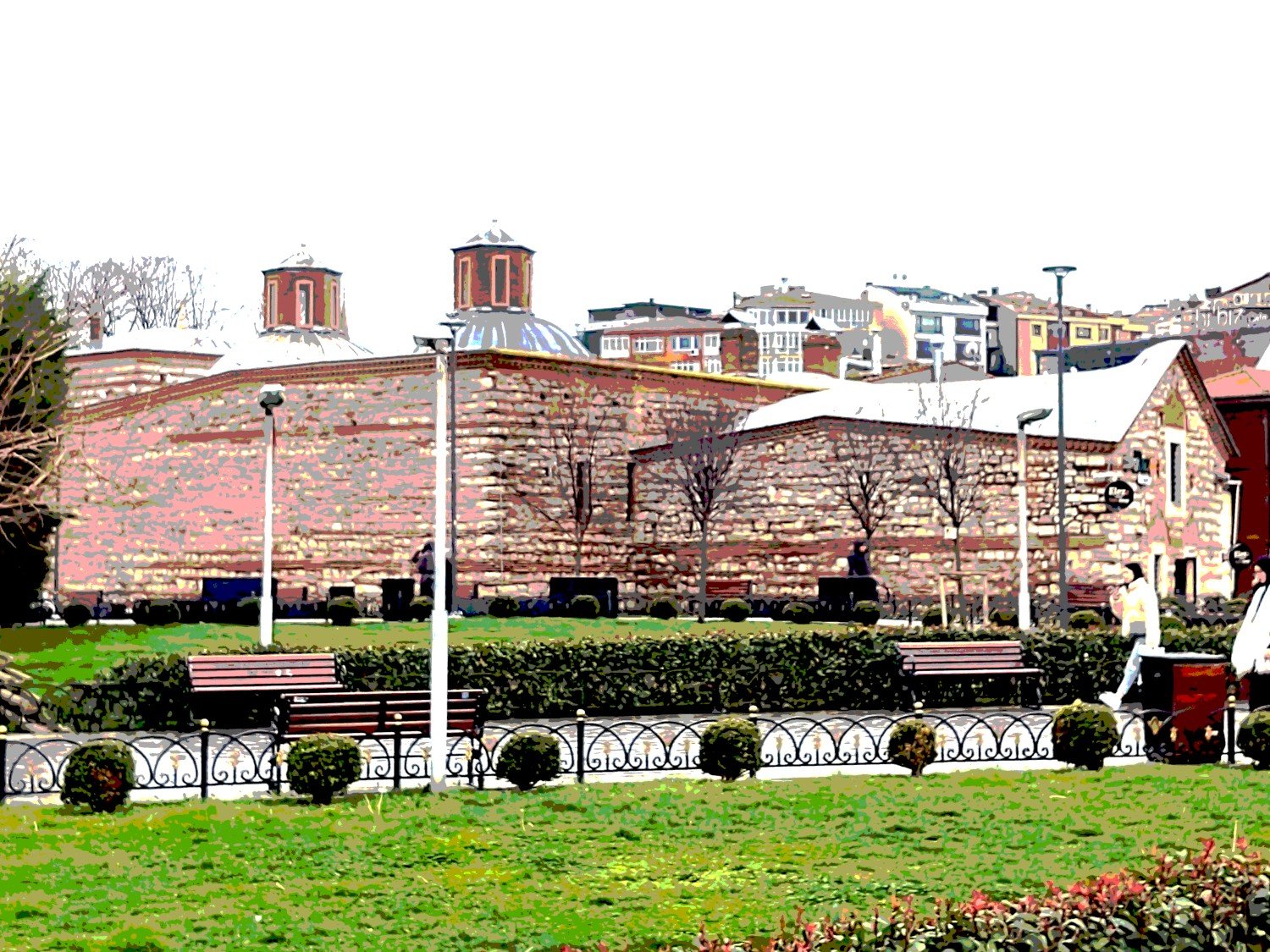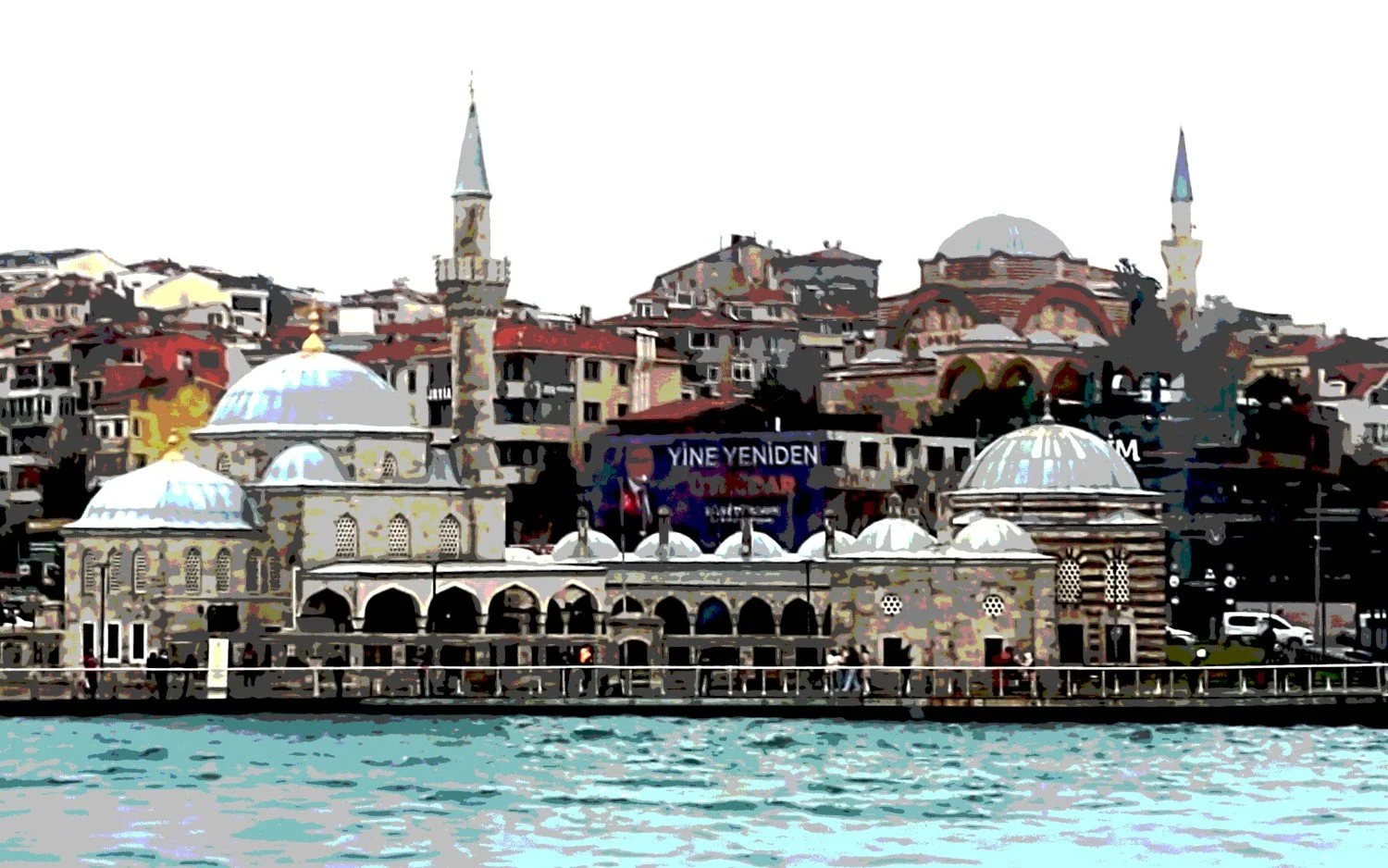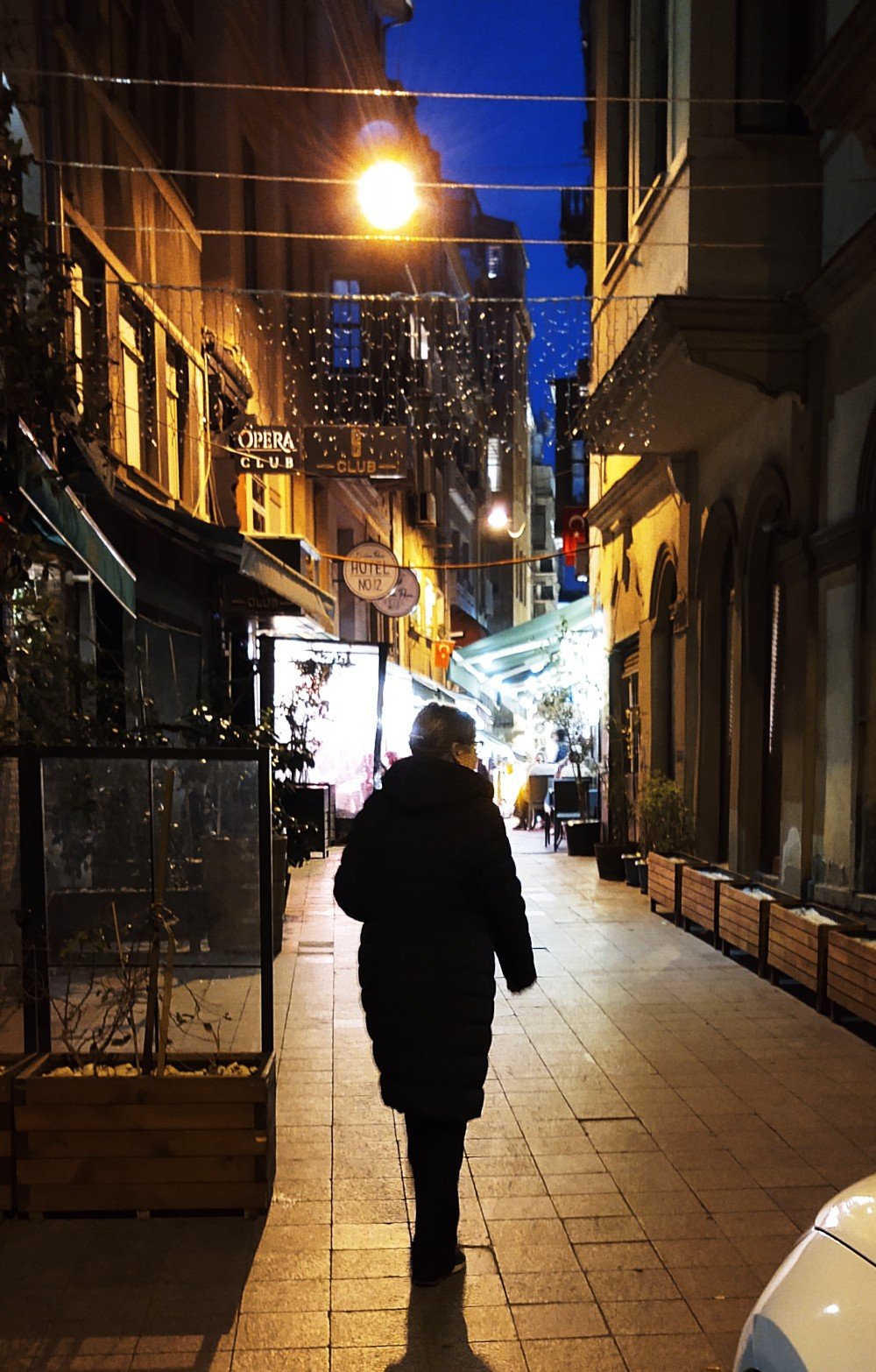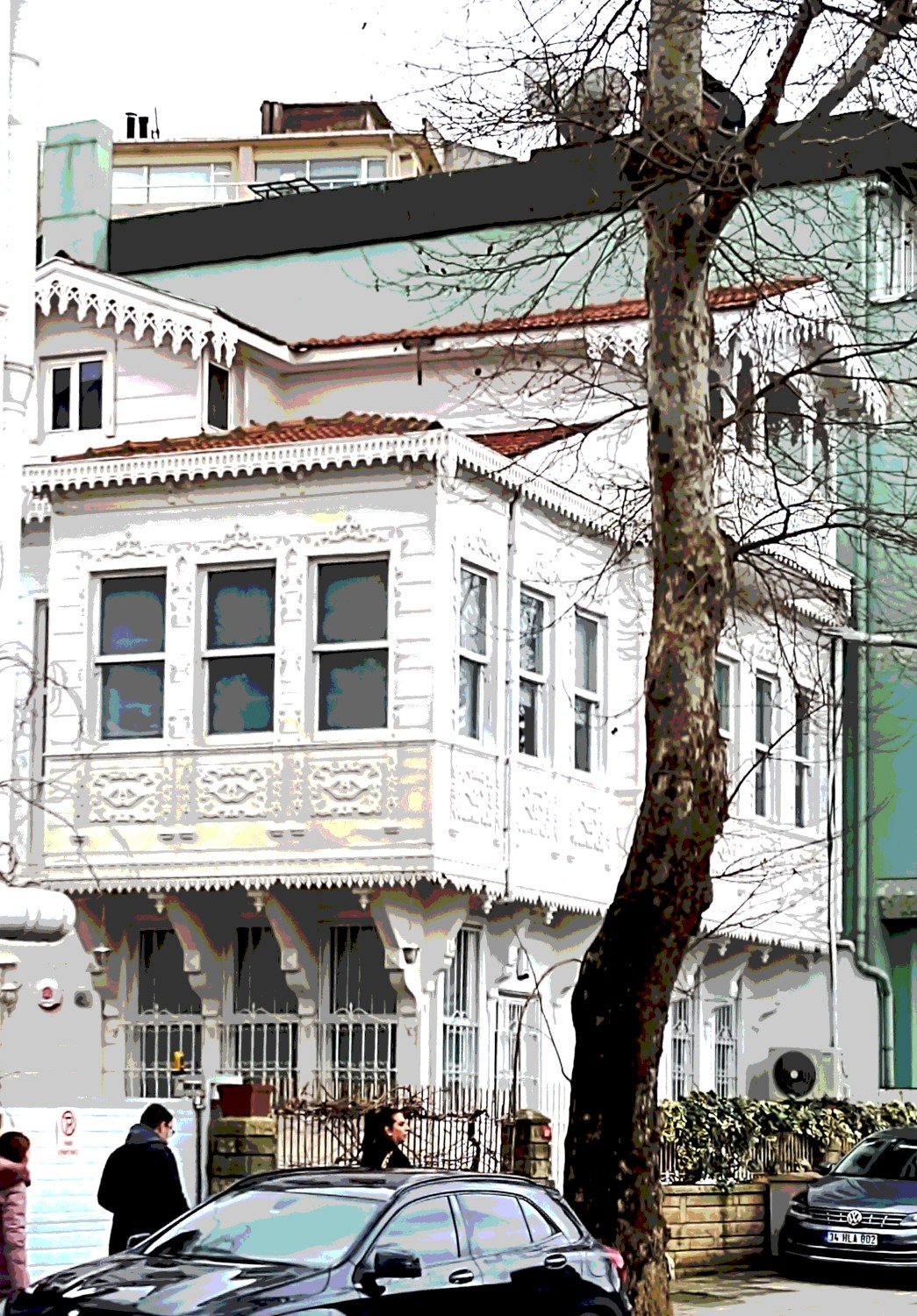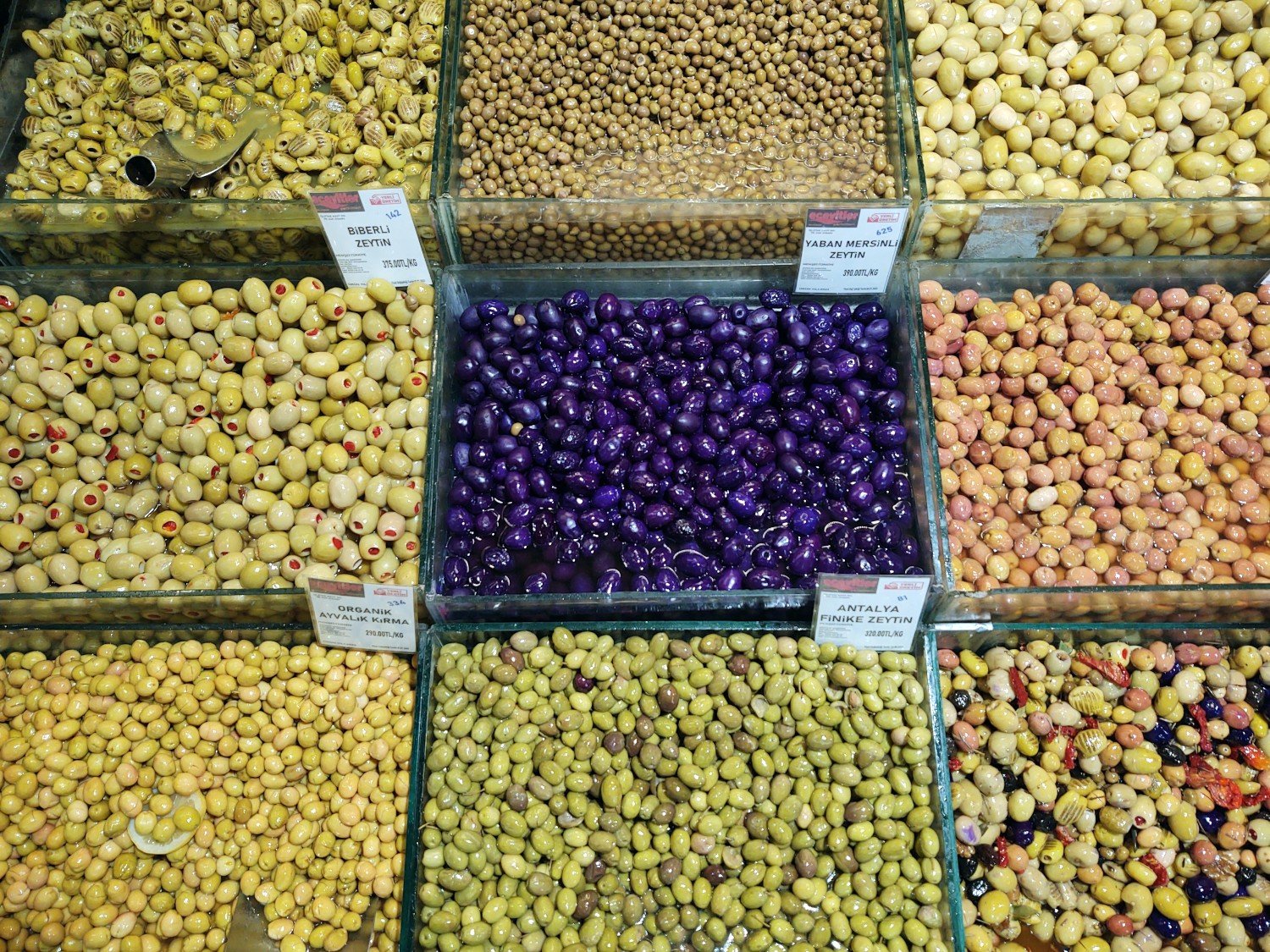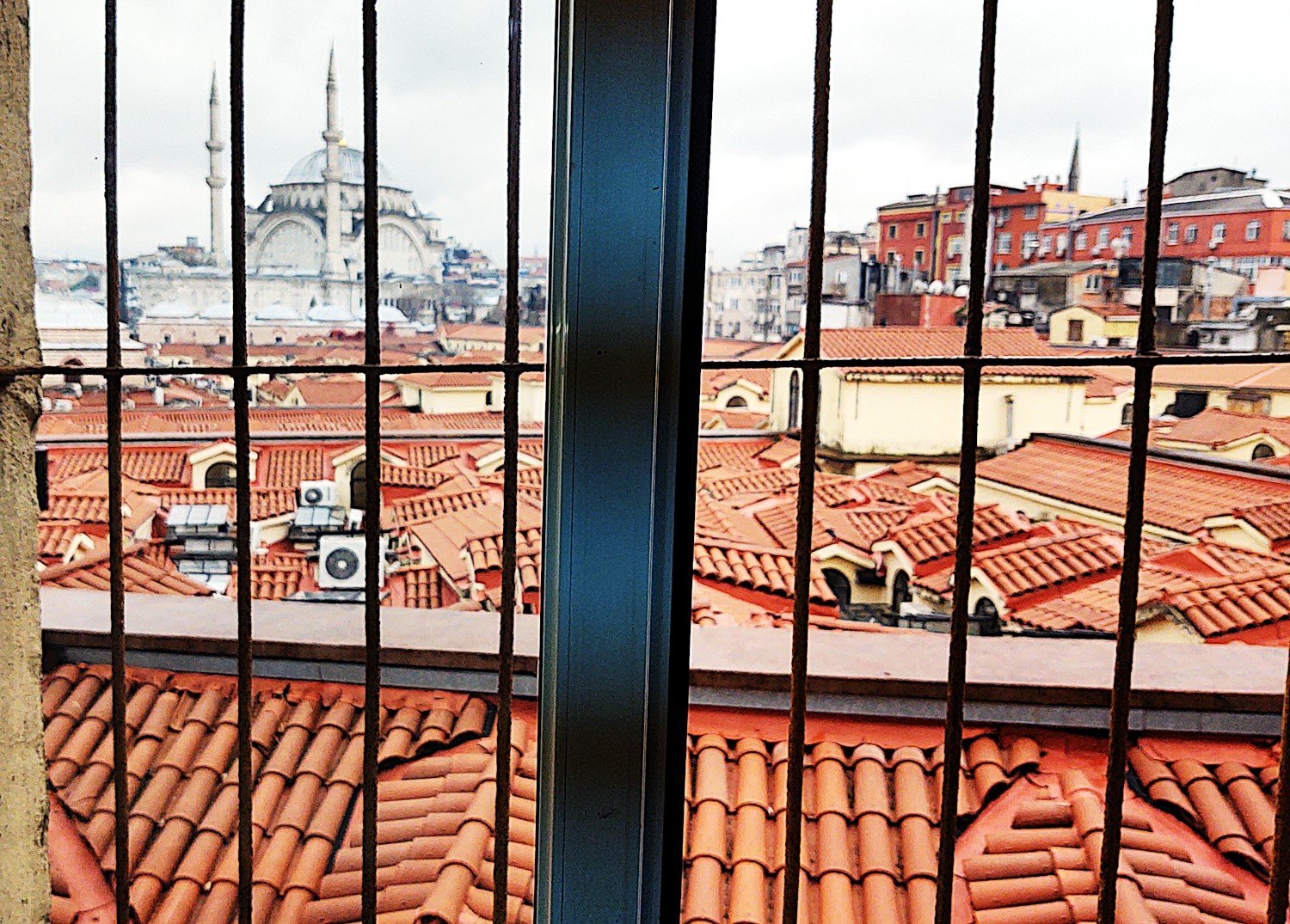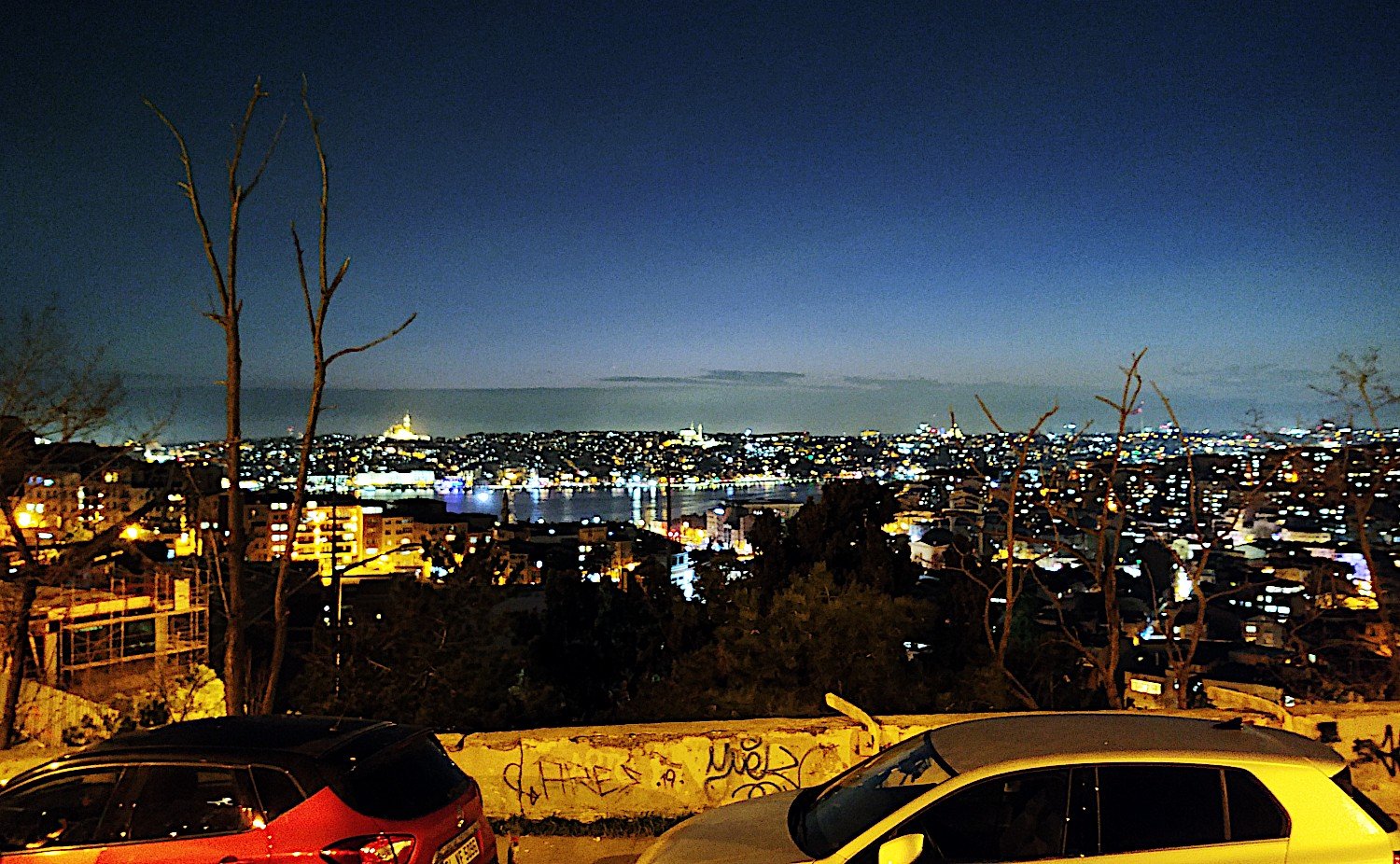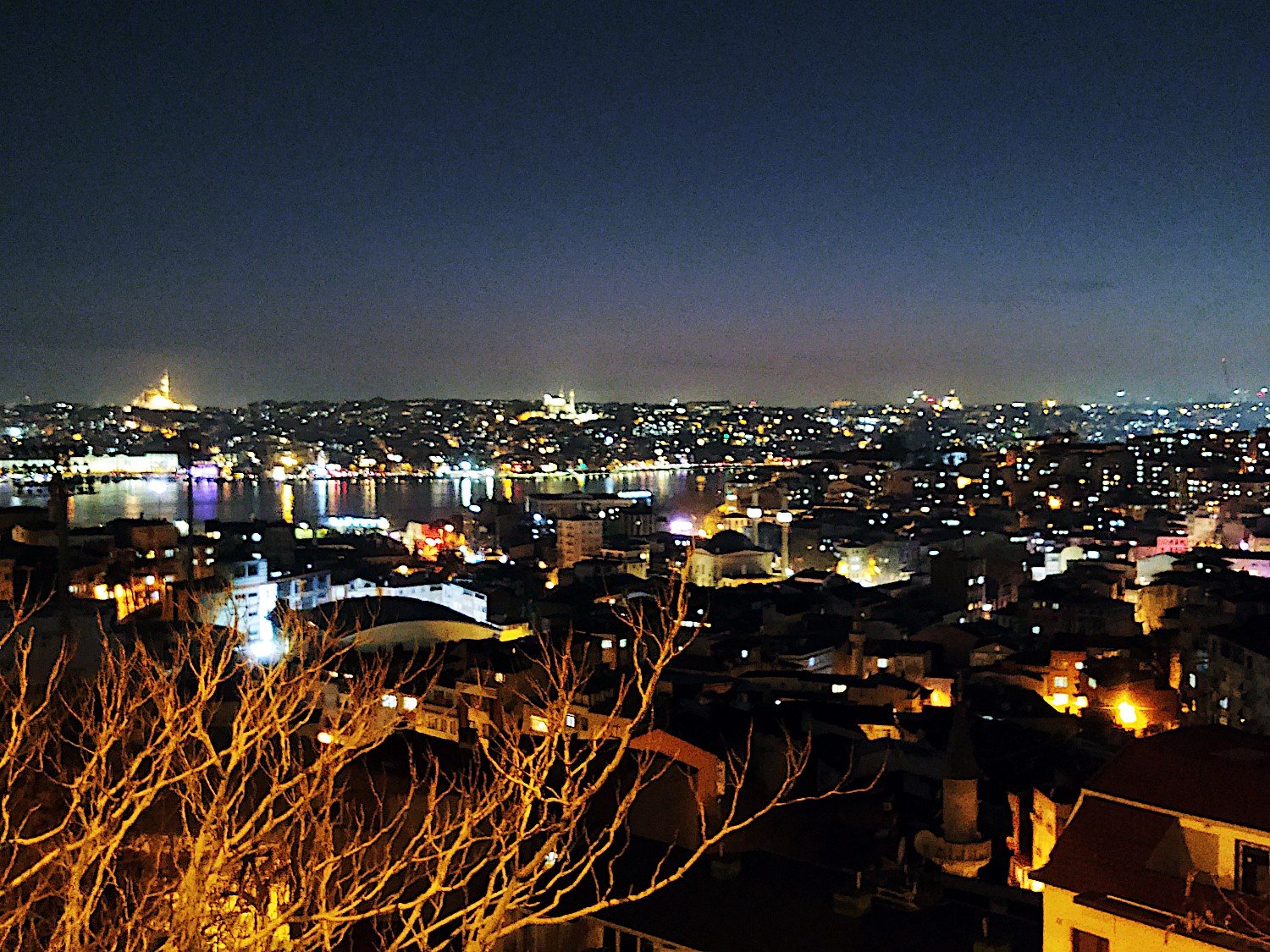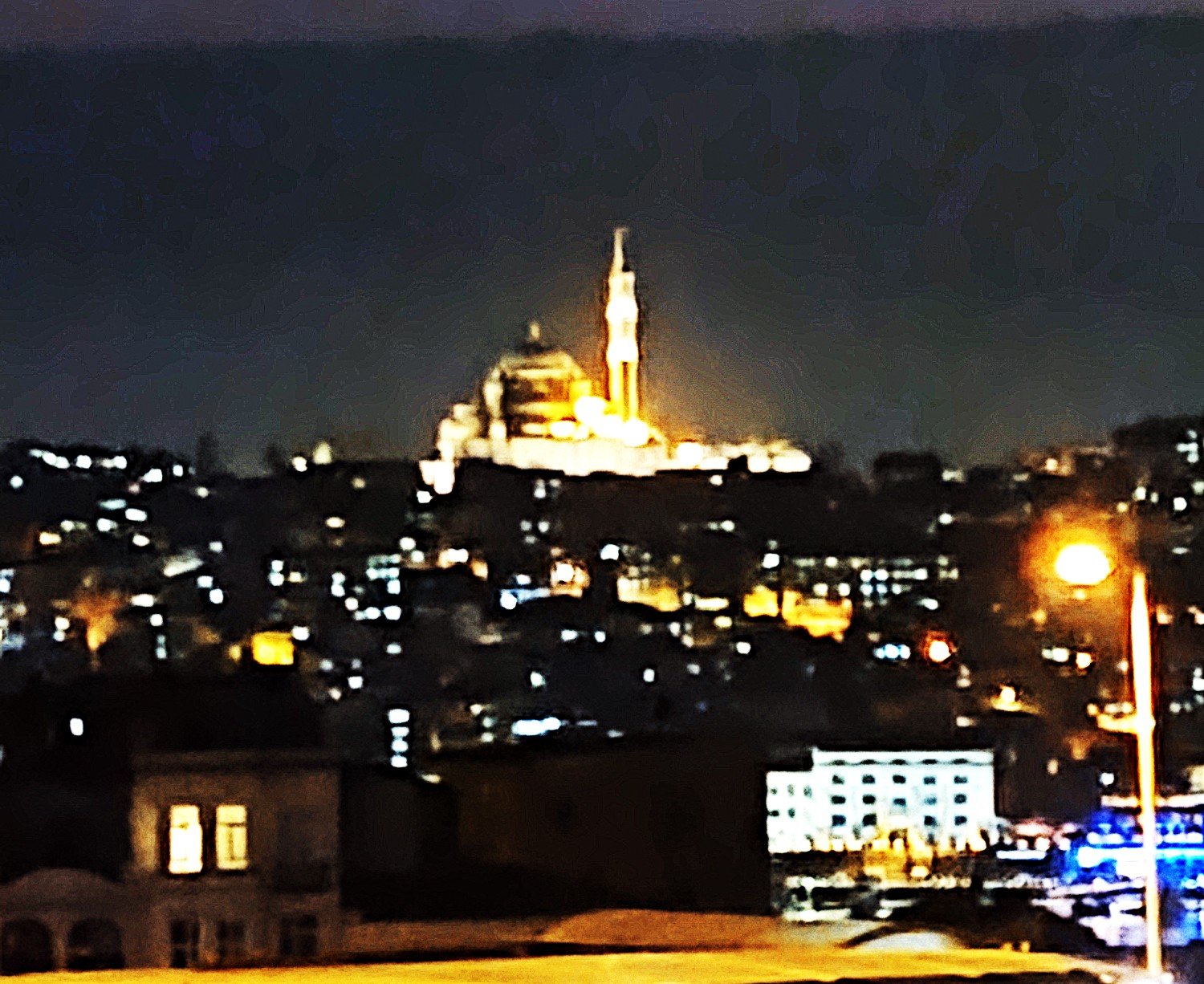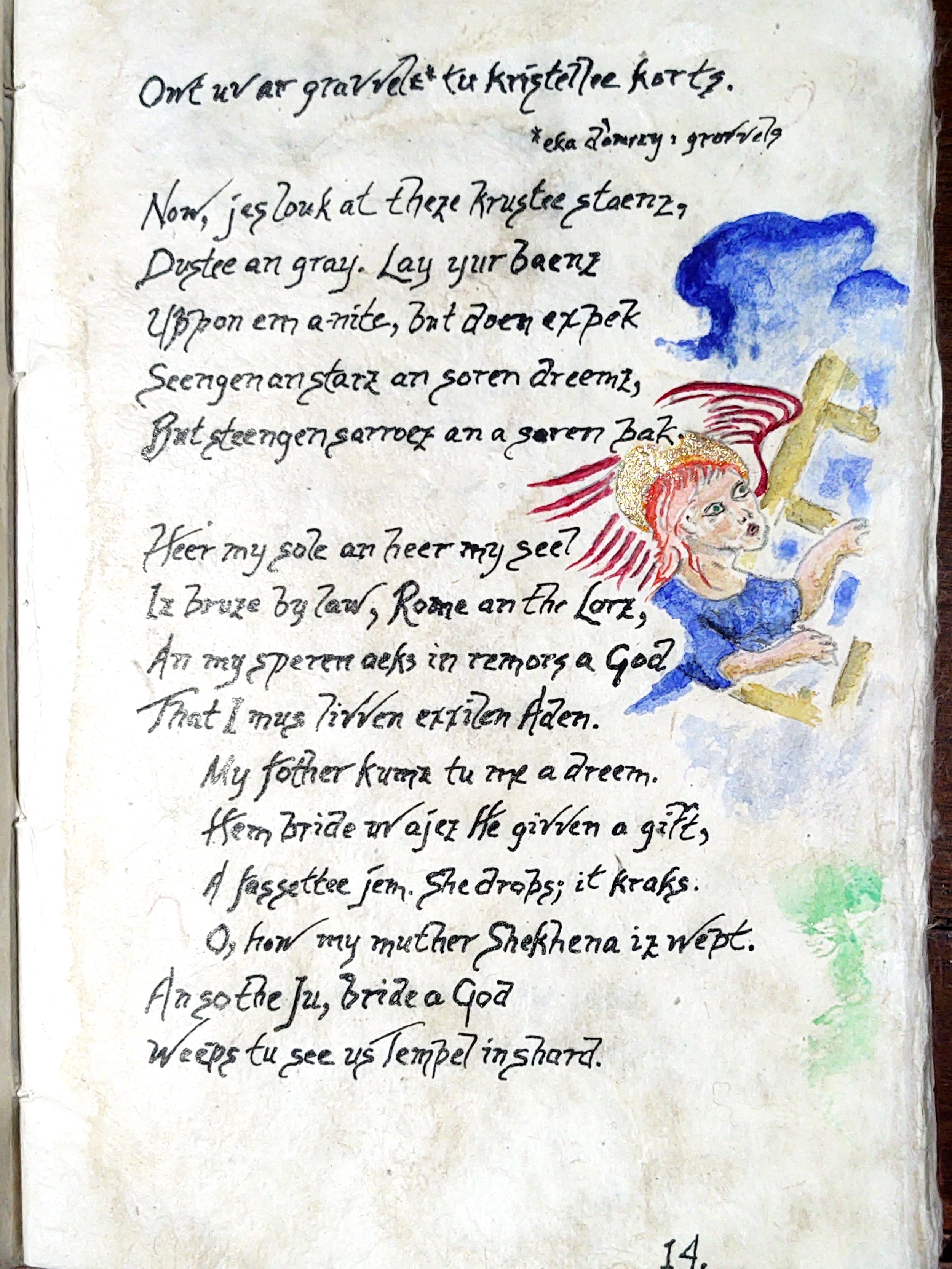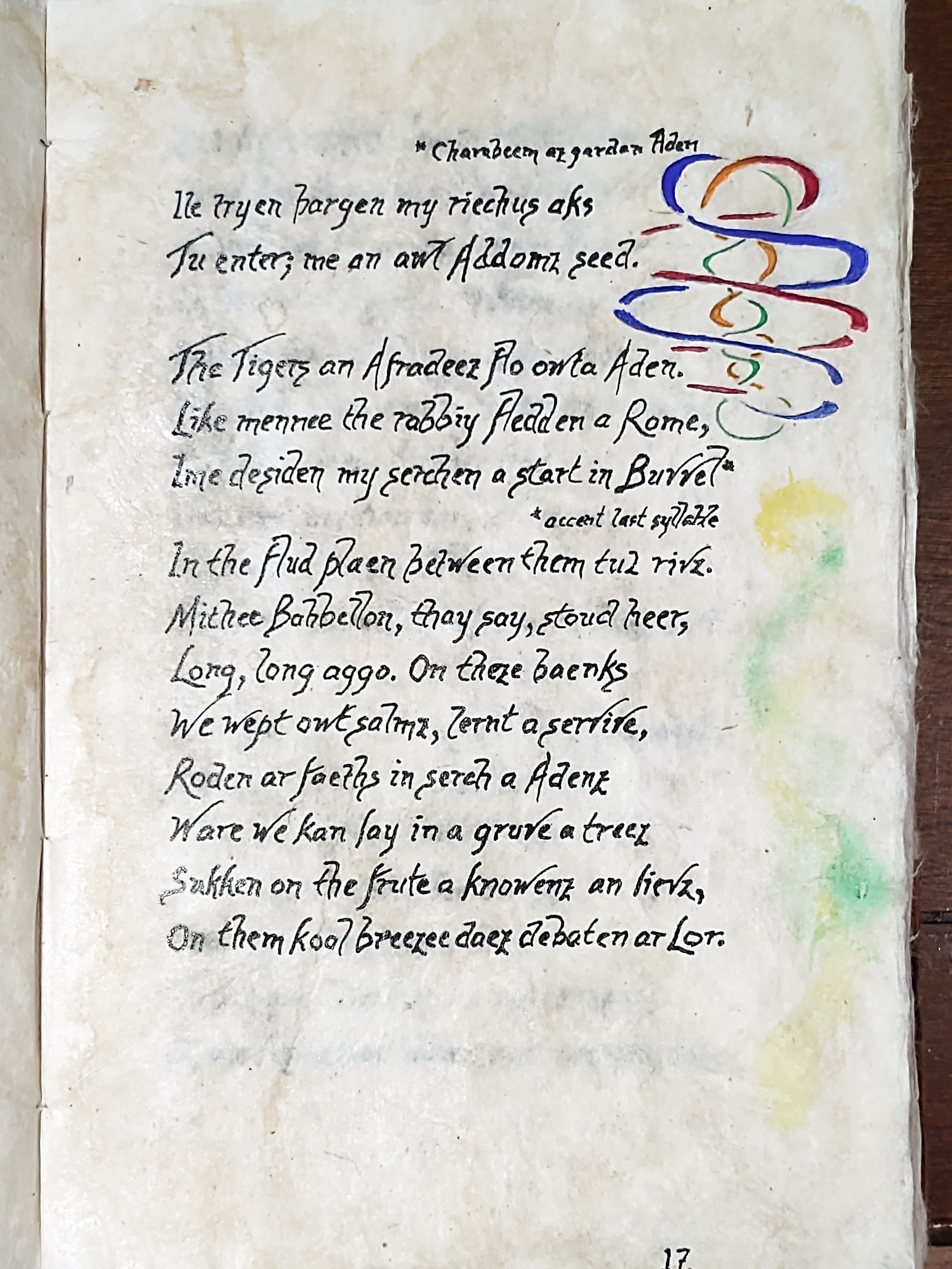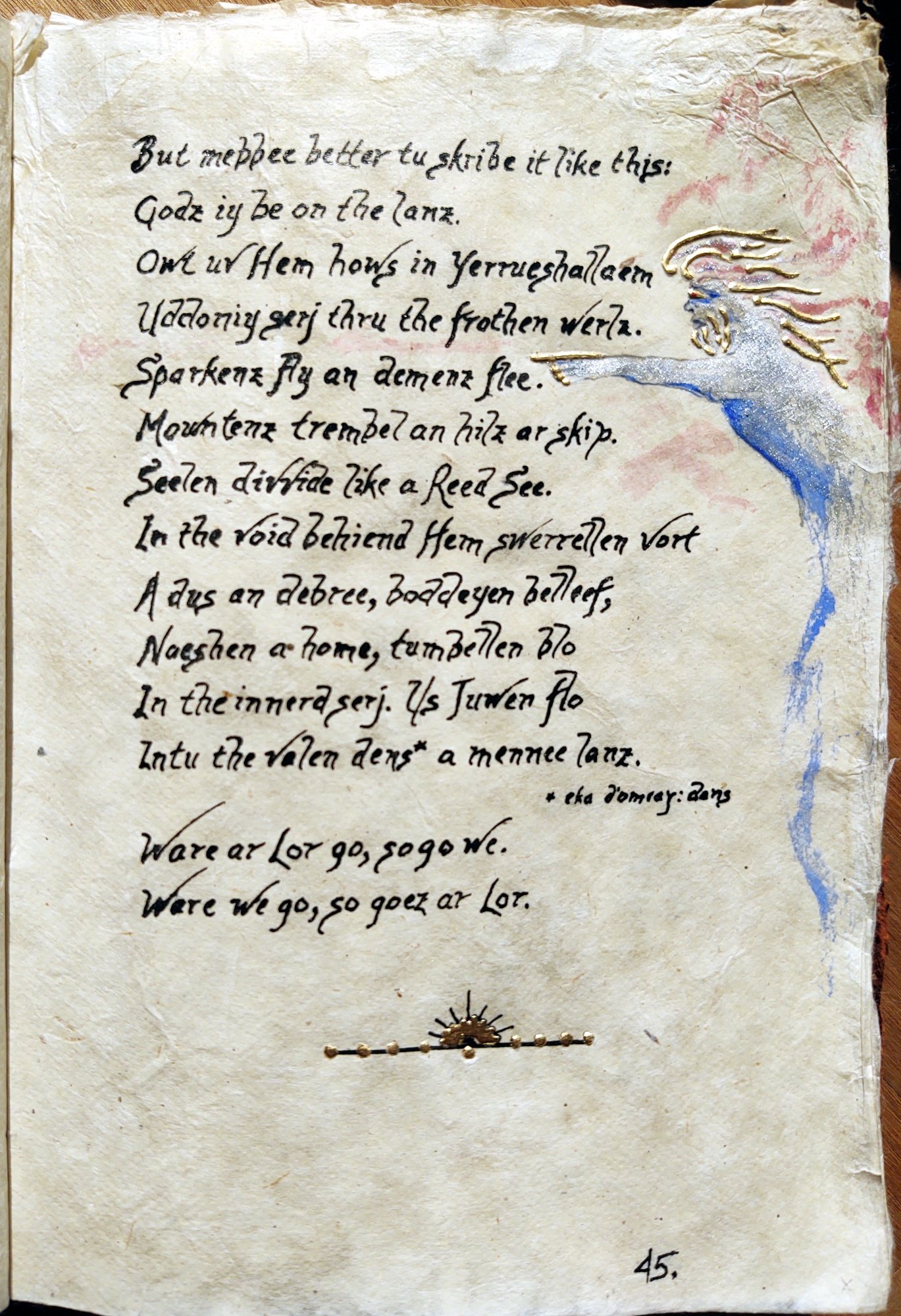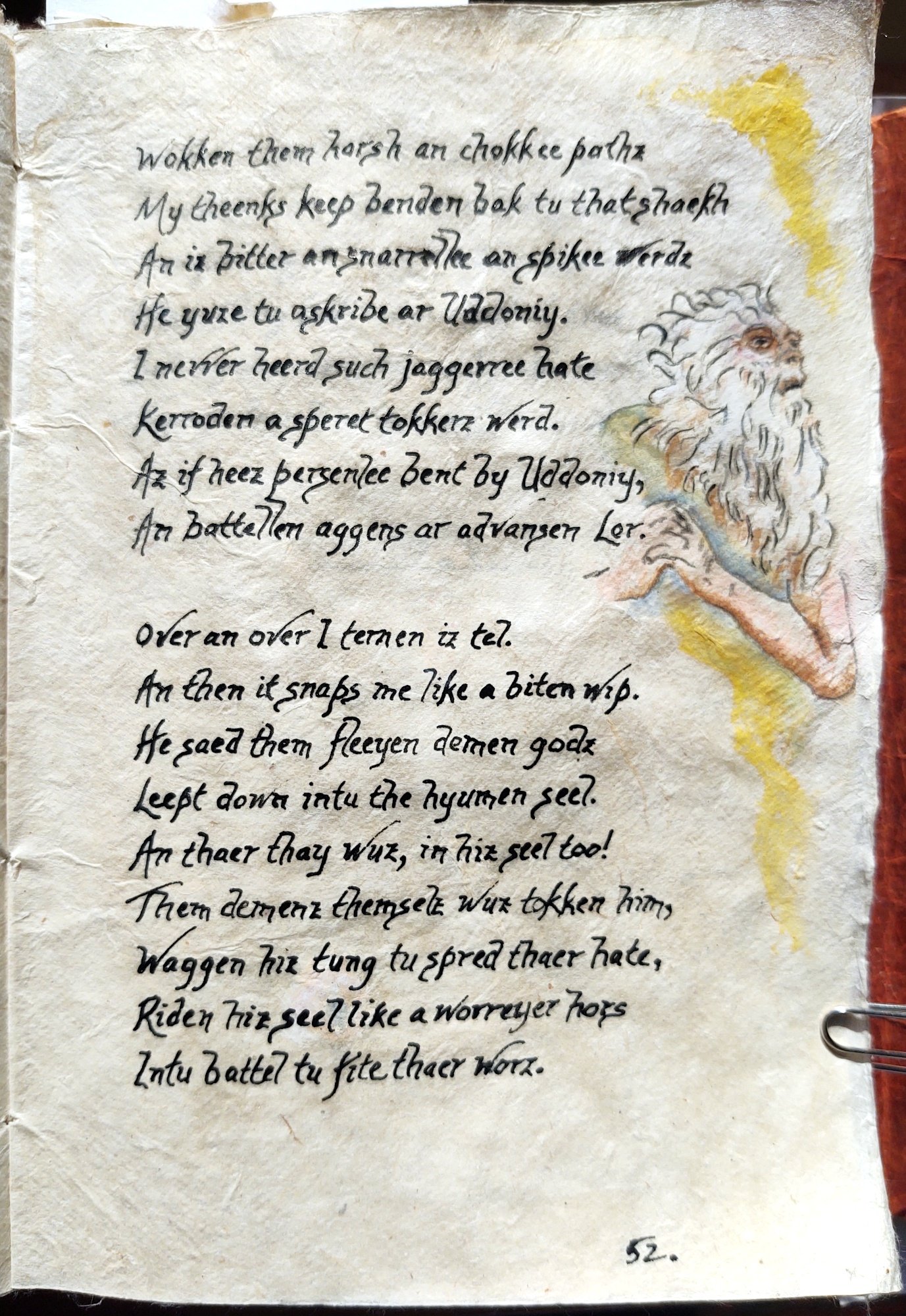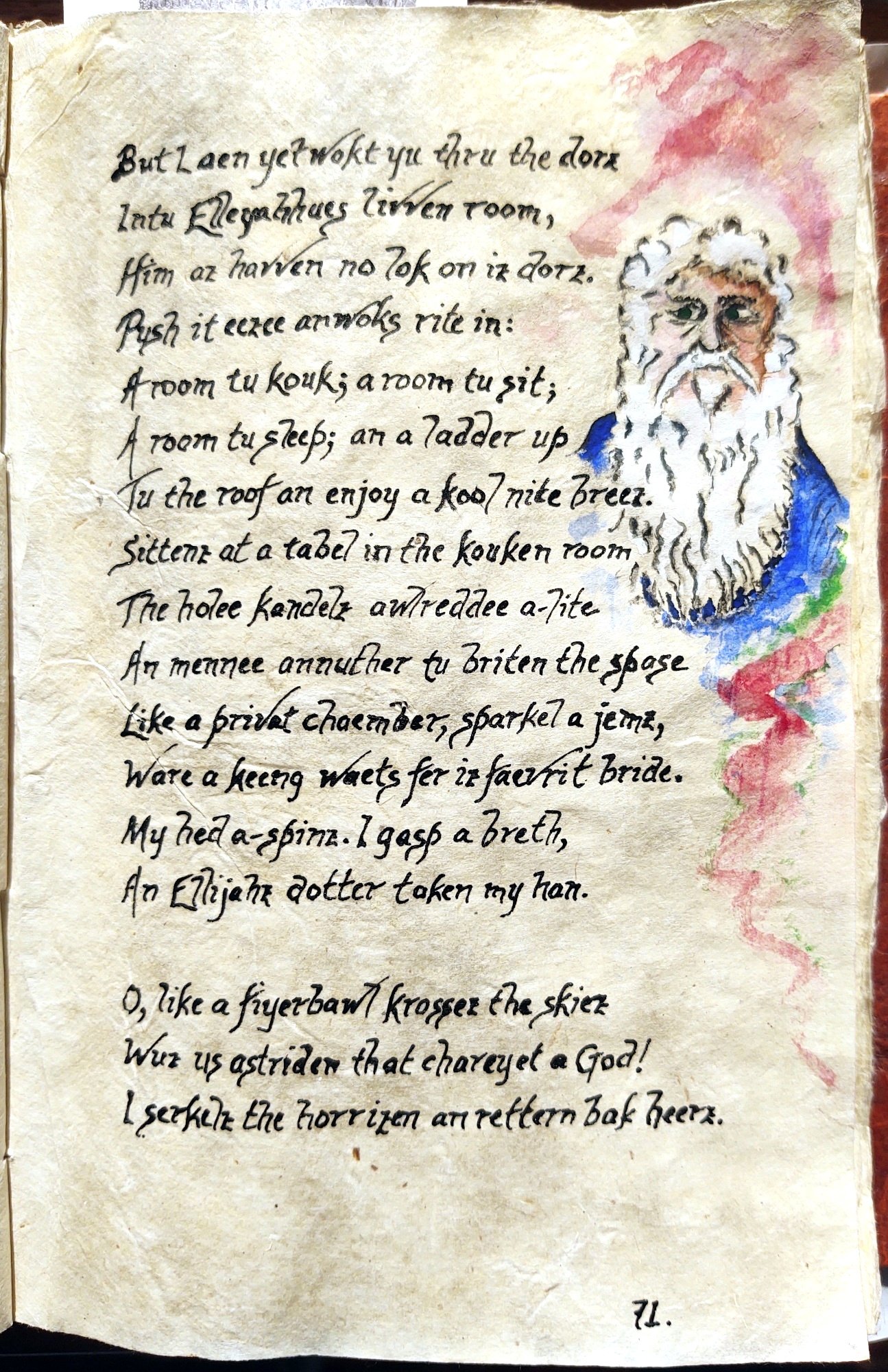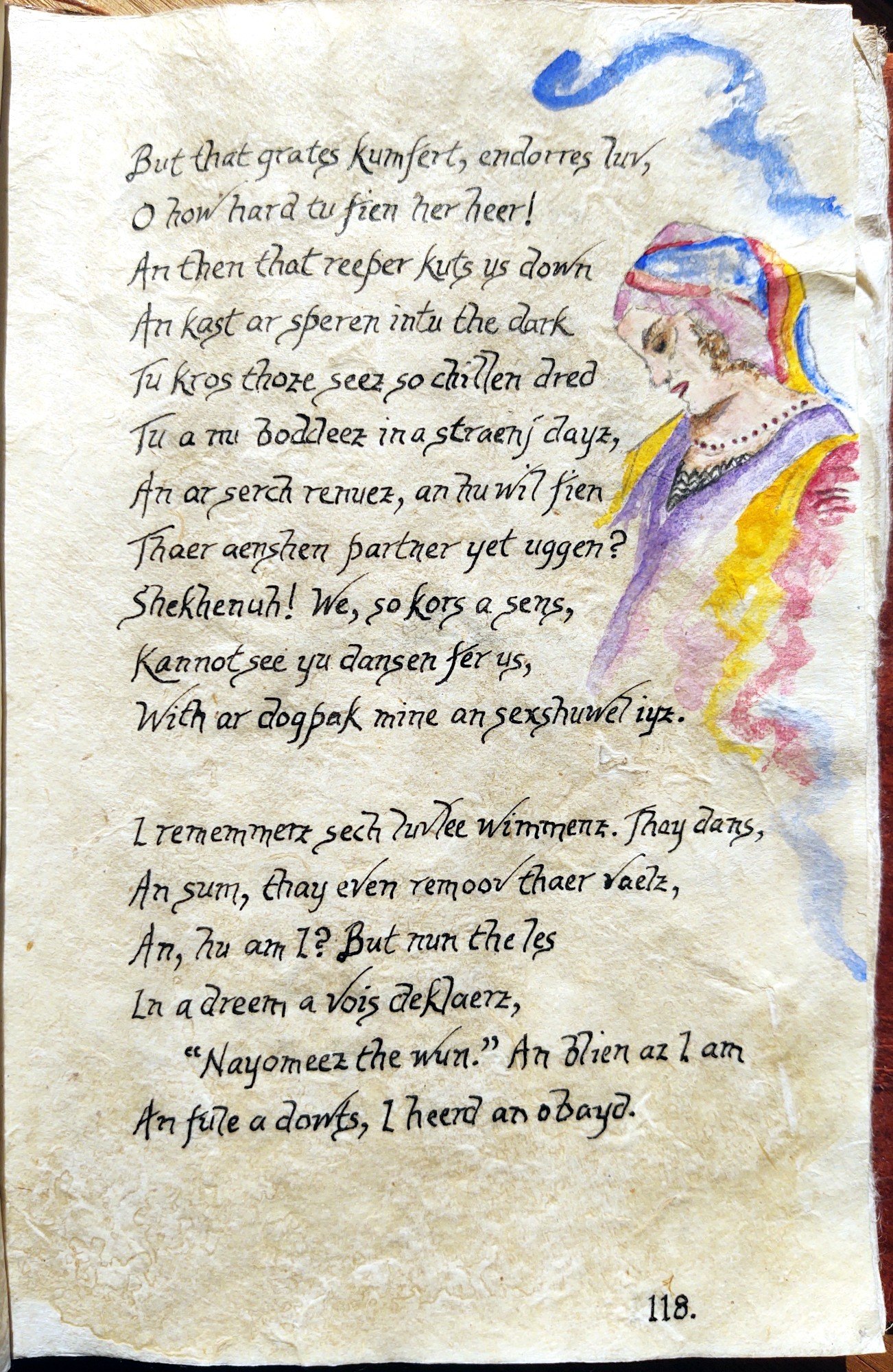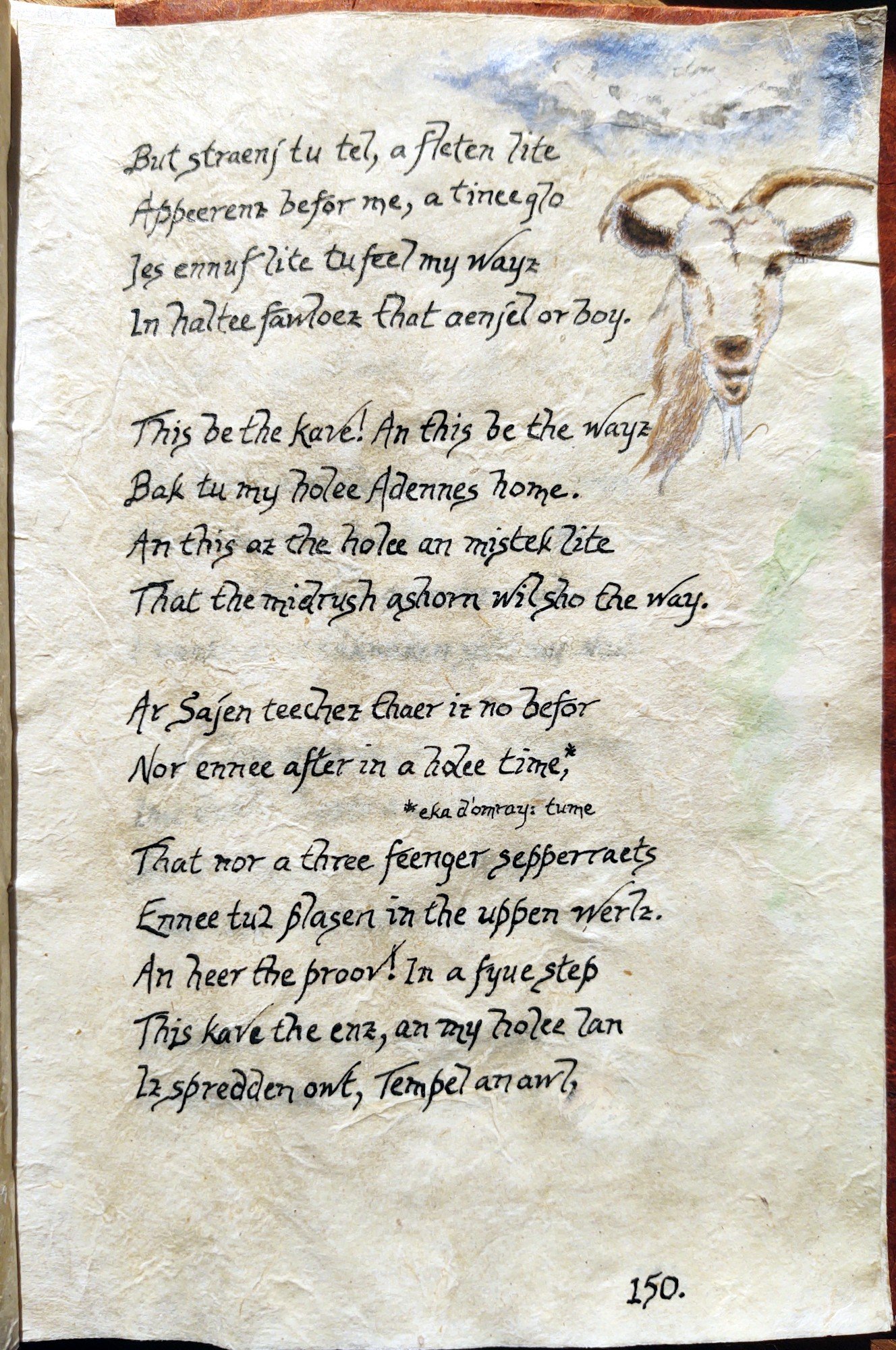As I continue editing the Atternen Juez Talen (Eternal Jew’s Tale), I keep coming across notable fragments. I’ve decided to post a few of them here for your literary pleasures.
In the excerpt below Saadia and Batkol (the Eternal Jew and his wife) are leaving Tavaria, which in the late 12th century (ie. late C12) has fallen into utter poverty after many centuries as a center of Torah learning and manuscript production.
And as they say goodbye to Tiveria (Tiberias), so these words resonate with the many goodbyes Nancy and I have said on our journeys and Journey to the friends and colleagues and compatriots who have helped guide, support, and sustain us. Perhaps you will read these lyrics and remember us too.
In this and following posts, I will present the poetic version first, in its more accurate Steevtok, and then the standard English prose version.
Like I sez wen I starten ŧħuh tel ŧħis tale,
We sets owt, *lekh lekhuh’en* arselz
Frum ar harths an ar frenz an ar town an ar lan.
*-* Heebru: ‘go forth’ or ‘go intu yursel;’Jen 12:1
With feeren dowts an ar guts awl tite
Ŧħis praer welt up:
“If we aen got werth,
“Lor, rememmer ŧħuh grate wunz befor
“Az shone thru ŧħem Yur merseez on us.”
We a harlee heerz it ummung ar thots,
Jes wokken uwway frum ŧħat ramshakkel hut,
Ŧħat Tempel a God, ar hovvellen home.
Up ŧħuh Haruttiks Way we woks --
Naemd fer ŧħem haruttik Karuh-iets
Ŧħat yeerz uggo wuz drivvenz owt
By hate an pullemmeks, by hungerres need;
Ubbanden ŧħaer hoemz an jes woks uwway.
Ŧħen we bekum ŧħuh haruttiks,
Thru Mouzlem an Kristyen naro iyz.
An after us leevz, hu *wil be nex*
Livven a povverz, skornen shame?
*-* eka d’omray ‘haz ar neks’
We woks up ŧħat ro, ŧħuh summer heets,
Ŧħuh nettellee feelz , ŧħuh dried owt chaf.
Ar thots bleeden frum brambellen thorn.
Ar feets kikken up pluemz a dus.
Teerz streeken ŧħuh dusten ar fase.
Famleeyen frenz az we wuns knoen
Az if ŧħay wuz pulen at ar baggee sleevz --
“Doen yu leev us, doen fergets
“Ŧħuh kiennessez we bestone on yuez,
“Us ŧħat shone ŧħuh waevz uv ŧħuh Lor
“Krashen a thunderz an awsum a spray,
“An yu an yur chielz an awl ŧħaer seed
“Wokken ar waevz on ar formen shor.
“We ar ŧħuh Addom an ŧħuh aenjellen yu,
“Innertwinen yur evver thots.
Ar memmerz, a sawrofule troop a frenz,
Awl a ŧħay lossen kleengen in us.
~~~~~~~~~~
And here’s the old English, prose version:
Like I said when I started to tell this tale, we set out to *lekh lekha* ourselves from our hearths and our friends and our town and our land.
* Hebrew: ‘go forth’ or ‘go into yourself;’ Berraesheet/Genesis 12:1
With fears and doubts and our guts all tight, this prayer welled up:
“If we ain’t got worth, Lor, remember the great ones before and shine thru them Your mercies on us.”
We could hardly hear it among our thoughts, just walkin’ away from that ramshackle hut, that Temple of God, our hovelly home. Up the Heretics Way we walks --
named for them heretic Karaites that years ago were driven out by hate and polemics, by hunger and need; abandoned their homes and just walked away.
Then we ourselves becomes the heretics thru Muslim and Christian narrow eyes. And after we leave, who will be next, livin’ in poverty, scorn and shame?
We walks up that road, the summer heat, the nettly fields, the dried out chaff. Our thoughts bleedin’ from bramble and thorn. Our feet kickin’ up plumes of dust. Tears streakin’ the dust on our face. Family and friends that we once knew, as if they was pullin’ at our baggy sleeves, sayin’,
“Don’t you leave us, don’t forget the kindnesses we bestowed on you’s, us that shone the waves of the Lor crashin’ in thunders and awesome spray, and you and your children and all their seed walkin’ in our waves, on our former shores. We are the Adam and the angel of you, intertwined in your every thought.”
Our memories, a sorrowful troop of friends, all of them lost and still clingin’ to us.
